Recent, Happening Now
December 22, 2025
WEST COAST AND CALIFORNIA LOGISTICS BLOG
Subscribe to instant updates library group background effect move style move subtract object pencil fill invite.
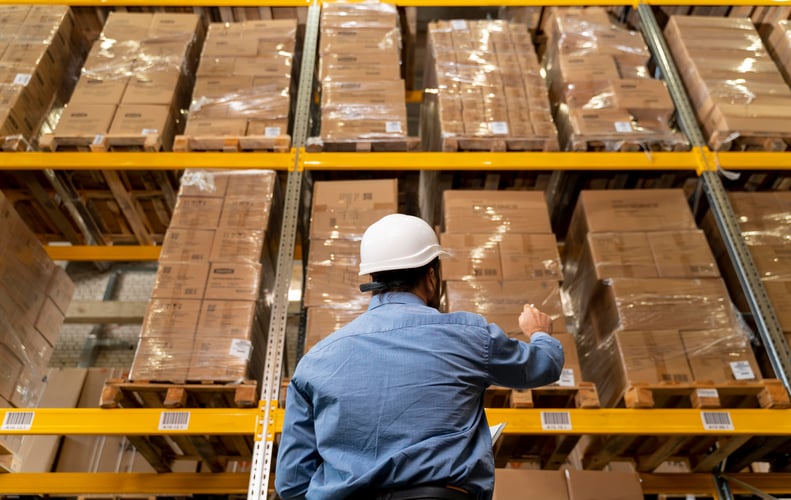
FILTER BY TOPIC
Recent Blog Posts
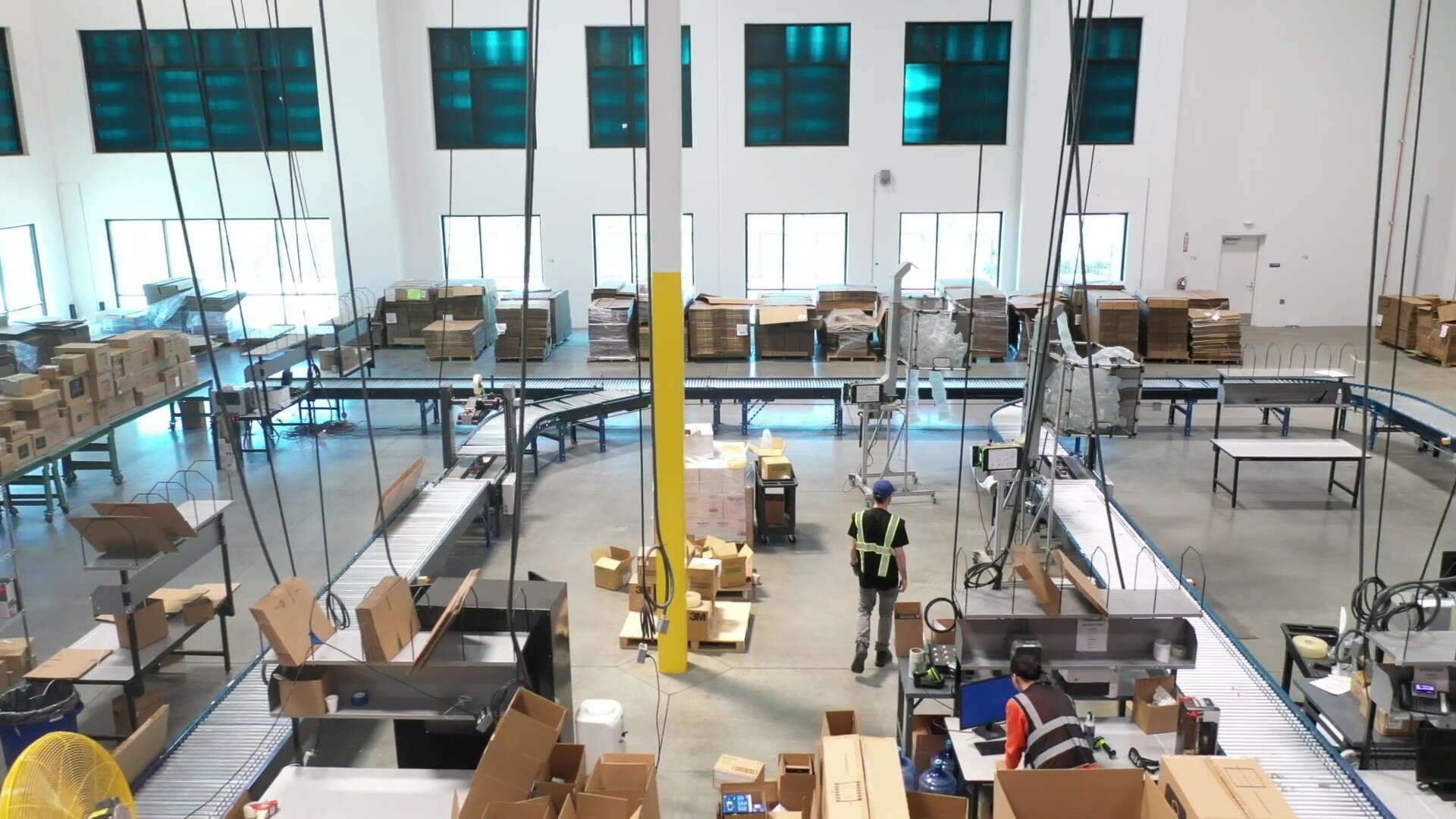
Recent, Happening Now
November 21, 2025
Why You’re Better Off Leaving Automation to a 3PL
In today's logistics landscape, warehouse automation is no longer a futuristic luxury — it's a necessity. But as companies face rising consumer expectations, tighter margins, and labor shortages, the...
Recent, Happening Now
October 23, 2025
Rethinking Omnichannel Fulfillment: How a National 3PL Can Streamline Your Supply Chain
Retailers and eCommerce brands are under more pressure than ever to fulfill orders quickly, accurately, and across multiple channels. Whether shipping to a consumer’s doorstep, a retail store, or a...
Recent, Happening Now
October 15, 2025
Why the NY/NJ Region Remains a Top U.S. Logistics Gateway
With Weber Logistics’ recent national expansion, Weber now offers logistics services in the New York / New Jersey region – one of the densest, most infrastructure-rich corridors in the United States....All Blog Posts
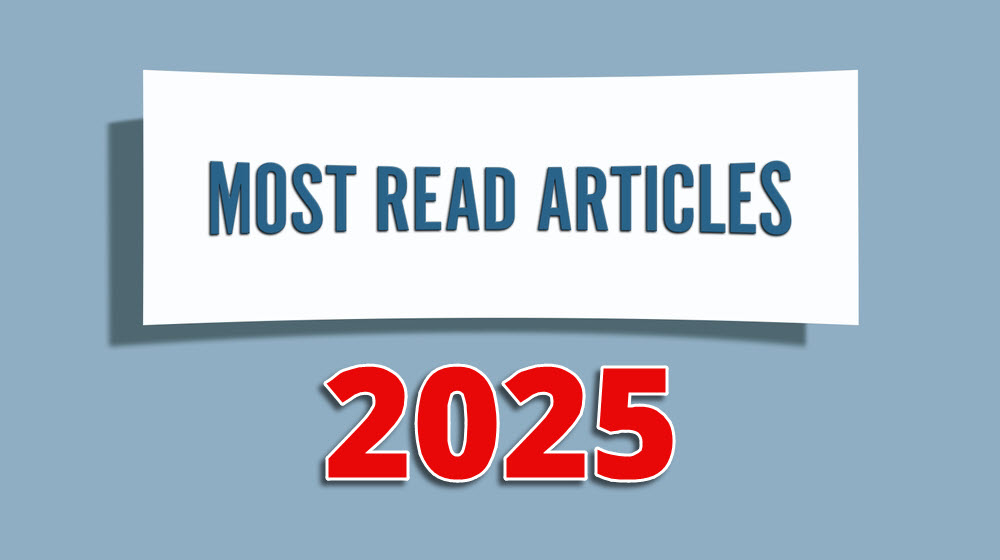
3PL
December 22, 2025
Weber Logistics’ Most-Read Blog Posts of 2025
As 2025 comes to a close, we’re taking a moment to look back at the Weber Logistics blog posts that resonated most with our readers this year. From navigating California’s evolving regulatory...
Shared Warehousing
November 21, 2025
Why You’re Better Off Leaving Automation to a 3PL
In today's logistics landscape, warehouse automation is no longer a futuristic luxury — it's a necessity. But as companies face rising consumer expectations, tighter margins, and labor shortages, the...
eCommerce Fulfillment
October 23, 2025
Rethinking Omnichannel Fulfillment: How a National 3PL Can Streamline Your Supply Chain
Retailers and eCommerce brands are under more pressure than ever to fulfill orders quickly, accurately, and across multiple channels. Whether shipping to a consumer’s doorstep, a retail store, or a...
NY/NJ logistics
October 15, 2025
Why the NY/NJ Region Remains a Top U.S. Logistics Gateway
With Weber Logistics’ recent national expansion, Weber now offers logistics services in the New York / New Jersey region – one of the densest, most infrastructure-rich corridors in the United States....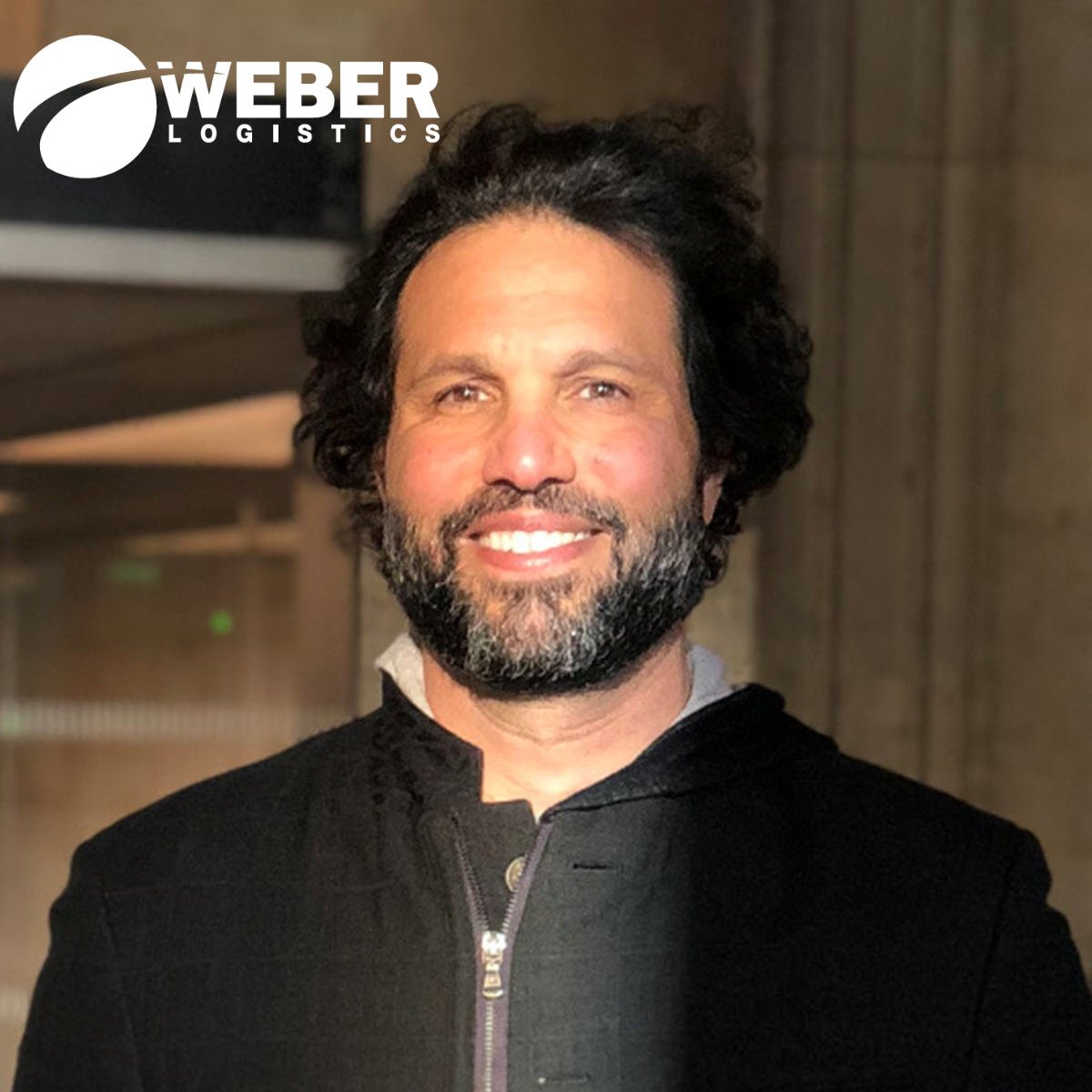
weber logistics news
October 2, 2025
Weber Logistics Appoints Clifford Katab as New CEO
We are excited to share that Clifford Katab has been appointed Chief Executive Officer at Weber Logistics.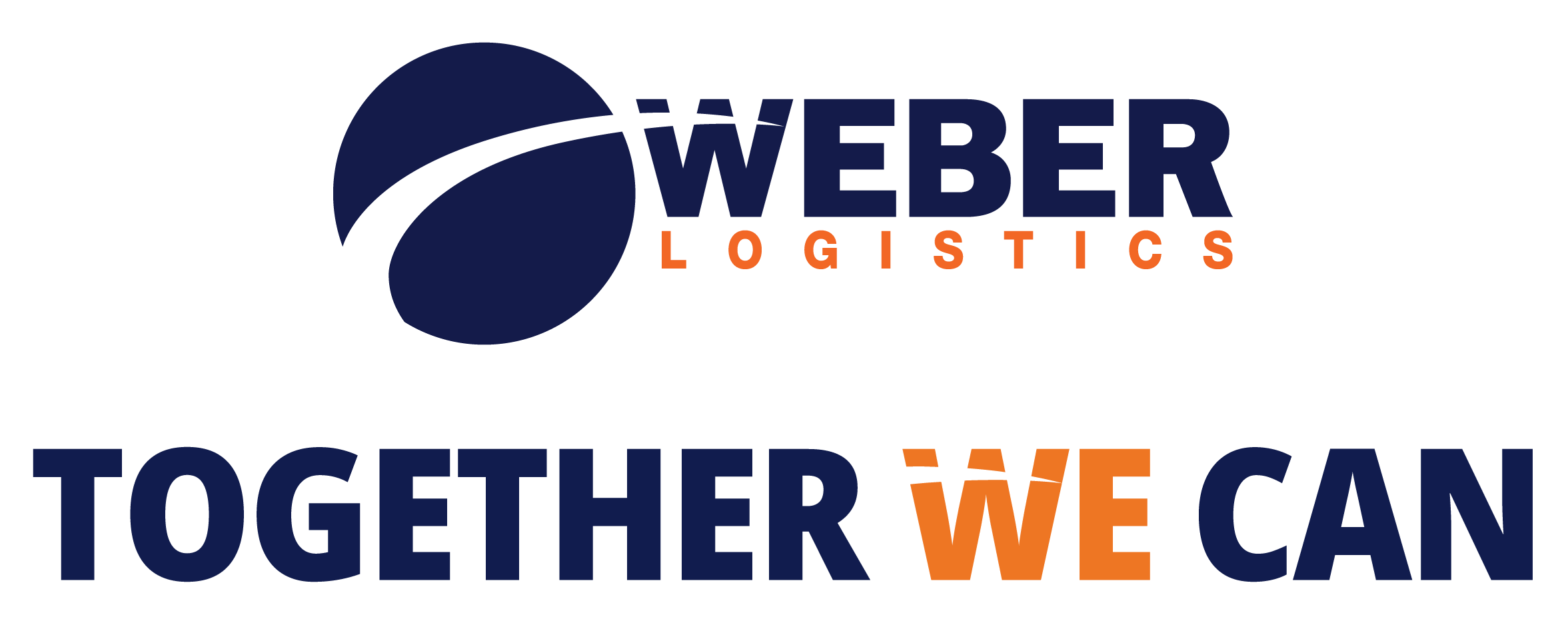
Agile 3PL
September 30, 2025
Supply Chain Agility: The Logistics Superpower You Can’t Afford to Ignore
In today’s volatile logistics landscape, agility isn’t a luxury — it’s a competitive edge. When disruptions hit, agile 3PLs don’t just react; they adapt, overcome, and deliver. At Weber Logistics,...
national 3PL services
September 16, 2025
Why Seattle Logistics is a Rising Star in the U.S. Supply Chain
When most people think of logistics hubs, the big names like Los Angeles, Chicago, or Atlanta often come to mind. But over the past decade, Seattle has emerged as one of the most dynamic logistics...
Happening Now
August 26, 2025
Happening Now: States Face Funding Loss Over Driver Language Rules
According to the American Journal of Transportation, the U.S. Department of Transportation has warned that it will cut federal funding to California, Washington, and New Mexico unless they enforce...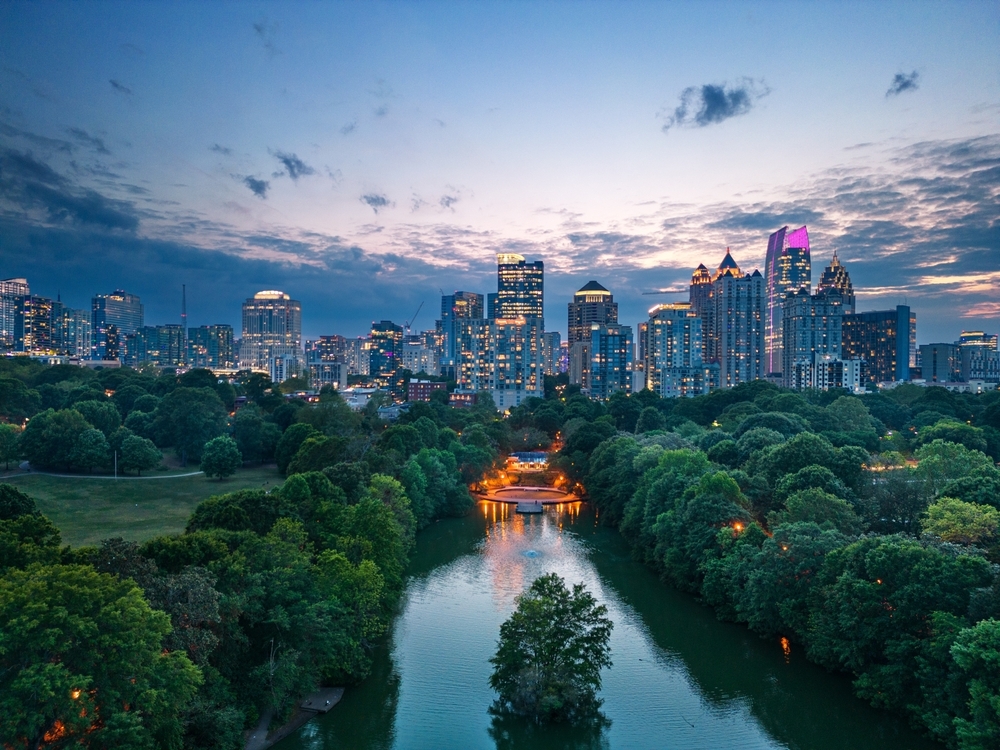
Atlanta logistics
August 21, 2025
The Advantages of Using Atlanta as a Logistics Hub
The state of Georgia consistently ranks at or near the top of ‘best states for business’ lists in publications like Area Development and Site Selection Magazine. It’s no surprise, then, that Weber...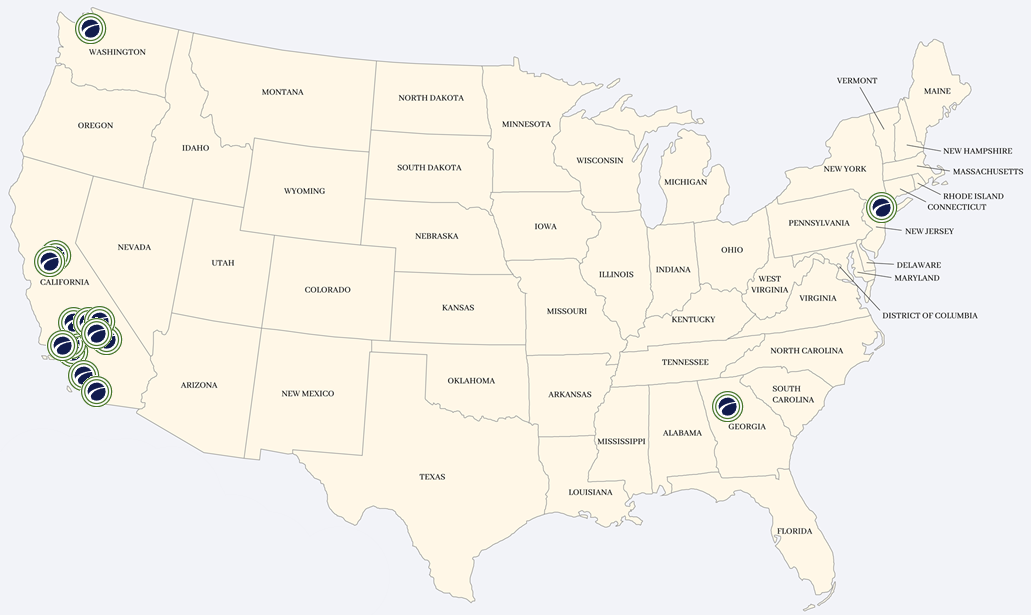
weber logistics news
August 18, 2025
Weber Logistics Goes National: Now Serving Atlanta, Seattle, and New Jersey
For over 100 years, Weber Logistics has been a trusted West Coast logistics partner, moving products seamlessly from port to shelf with precision, speed, and care. Now, we’re bringing that same...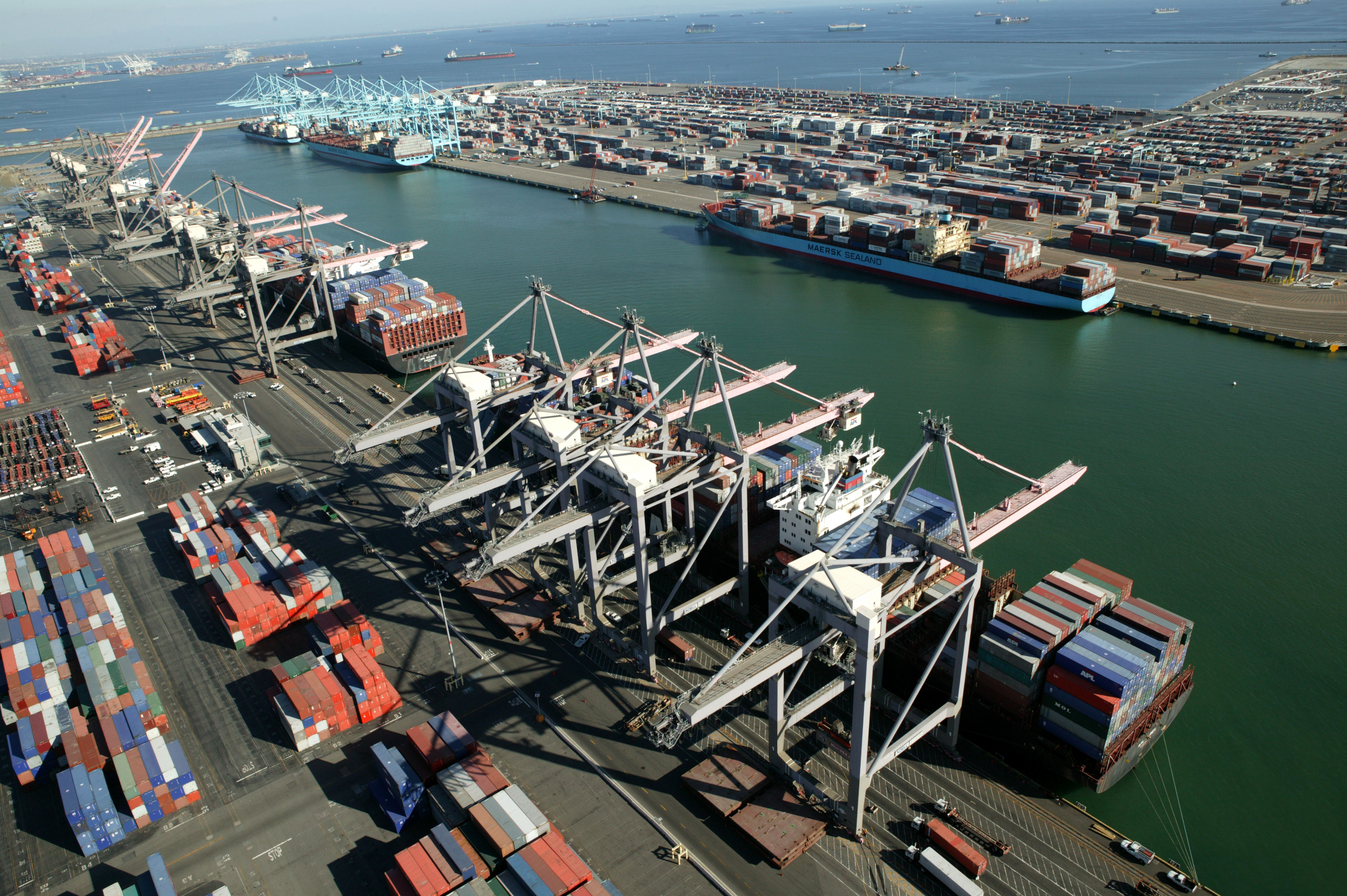
Southern California Ports
July 16, 2025
Happening Now: Port of Los Angeles Sees Record June
According to FreightWaves, the Port of Los Angeles had its busiest June on record, moving 892,340 TEUs—an 8% increase year-over-year. This is due, in large part, to retailers accelerating holiday...
3PL
July 14, 2025
What Drayage Looks Like with an Integrated Cold Chain 3PL
In today’s world of temperature-sensitive logistics, food and beverage brands face a dramatically evolving playing field. New regulatory demands, heightened customer expectations, and razor-thin...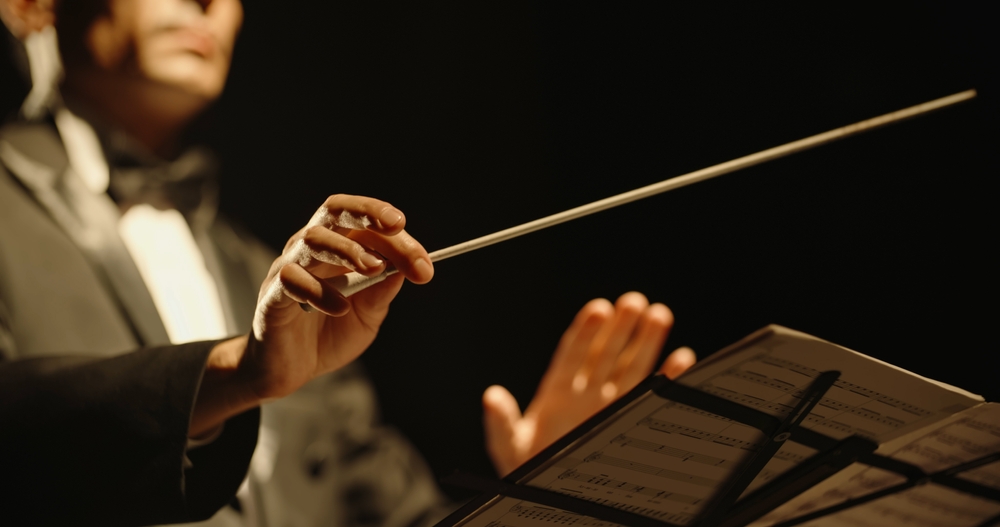
3PL Outsourcing
July 1, 2025
Why Work with an integrated Cold Chain 3PL Provider
Refrigerated freight doesn’t move itself. It takes people, systems, and tightly coordinated processes to keep food and confectionery products safe, compliant, and on schedule. Yet in today’s...
Cold Chain Managment
June 19, 2025
New eBook: Rely on an Integrated 3PL to Orchestrate Your Cold Chain
In today’s fast-paced supply chain environment, maintaining product integrity from origin to delivery has never been more critical—especially when it involves temperature-sensitive goods like food...
Happening Now
June 9, 2025
Happening Now: Transportation Pricing Outpacing Capacity
According to FreightWaves, transportation pricing grew faster than capacity again in May. Despite rising capacity, prices surged even more—signaling tightness in the transportation market and...
Port Logistics
May 19, 2025
Per-Diem and Detention Charges in Shipping: What They Are and How to Prevent Them
Detention and demurrage charges—already a pain point for importers—are once again under scrutiny. In 2025, a mix of regulatory ambiguity, evolving steamship line practices, and a volatile...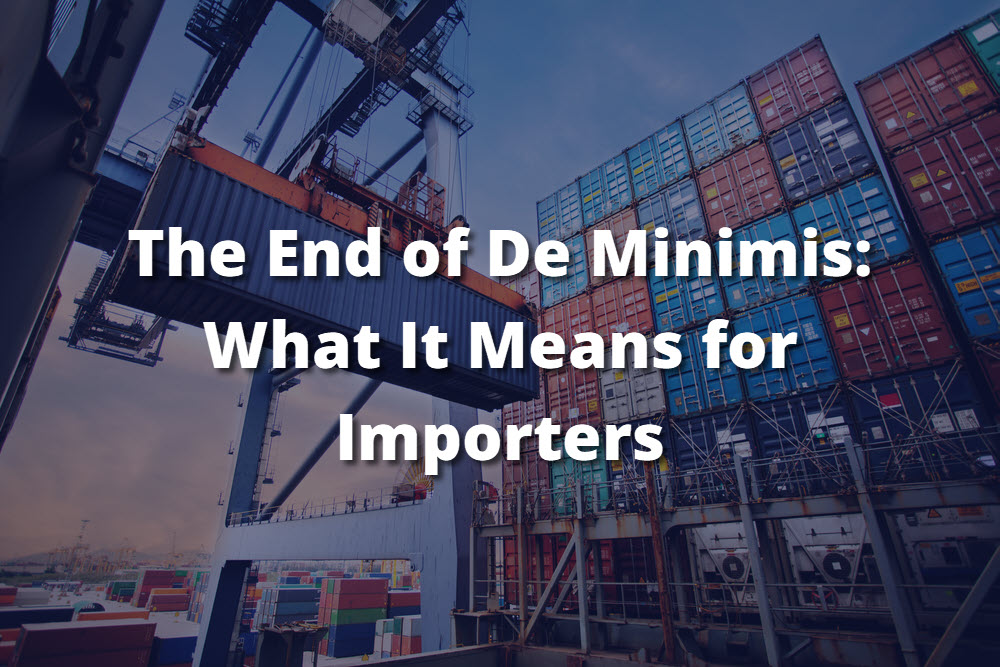
West Coast Distribution
May 9, 2025
The End of De Minimis: What It Means for Importers (and How Weber Can Help)
A major change in U.S. trade policy took effect on May 2, 2025: the removal of the de minimis exemption for shipments entering the U.S. from China and Hong Kong. This decision has significant...
Port Logistics
May 7, 2025
How Weber Logistics Is Helping Shippers Navigate Tariff Volatility
As geopolitical tensions and global trade policies continue to shift, importers are once again being challenged to rethink their supply chain strategies. The most recent wave of uncertainty stems...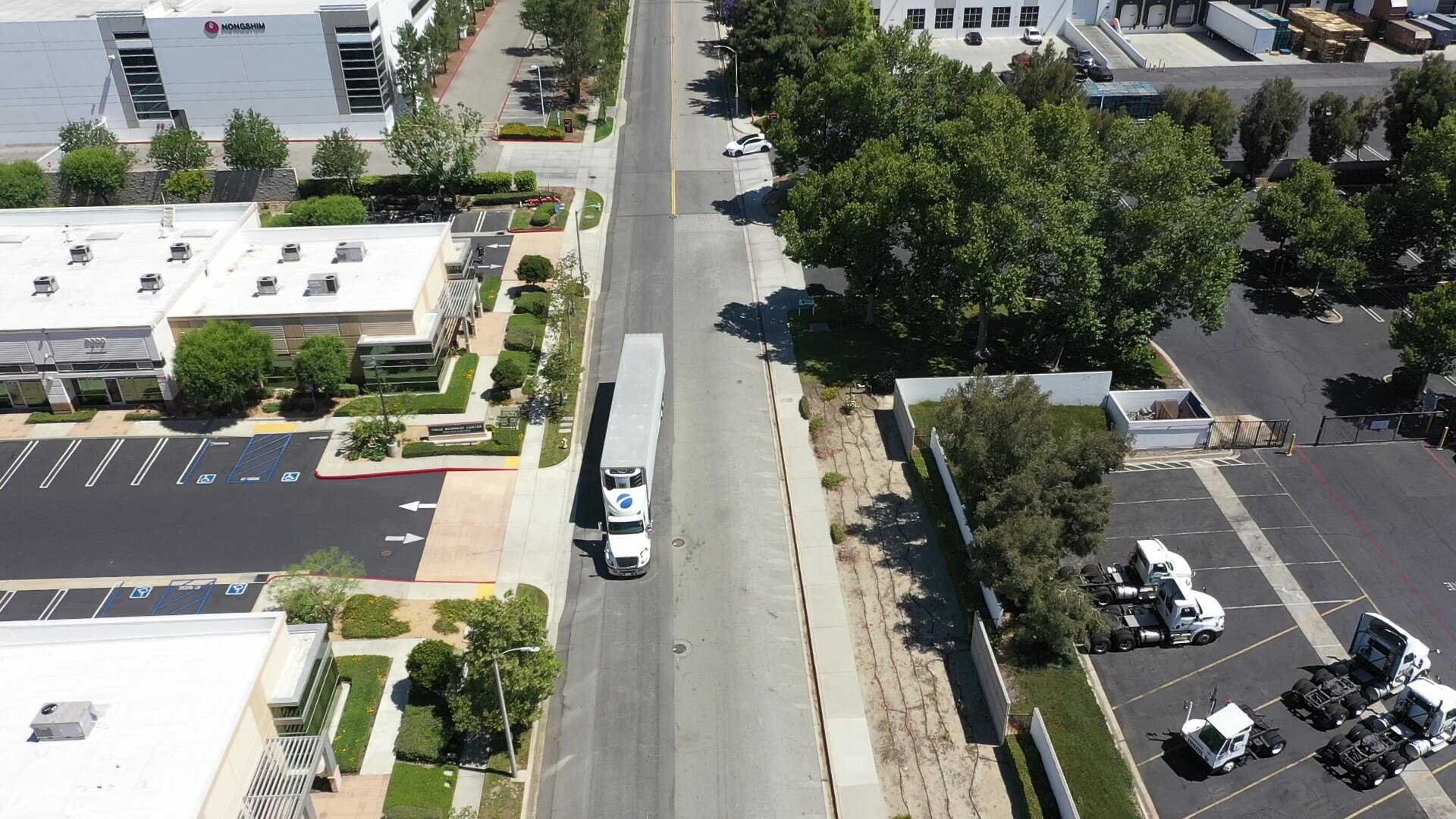
Happening Now
April 3, 2025
Happening Now: Major LTL Pricing Shift Ahead
According to Trucking Dive, a major update to the National Motor Freight Classification system will alter how less-than-truckload (LTL) shipping rates are calculated beginning in July.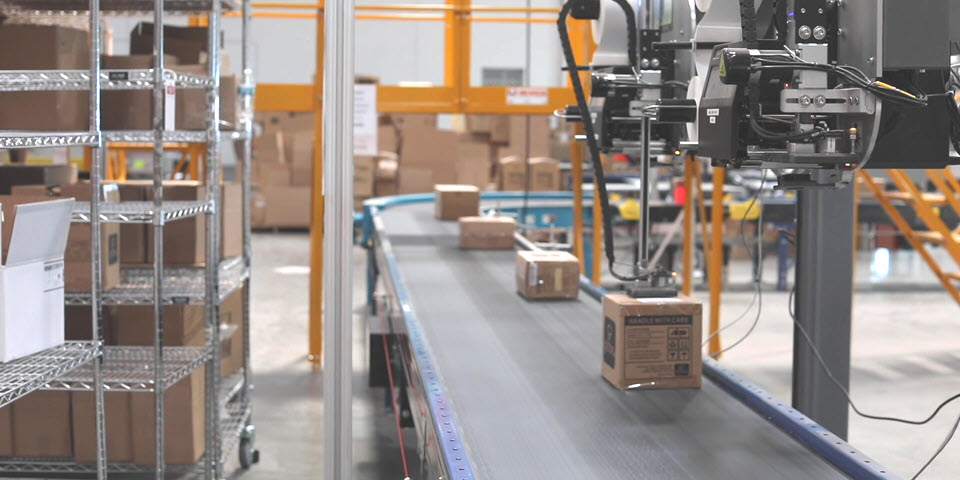
Happening Now
March 28, 2025
Happening Now: eCommerce Surge Fuels Logistics Space Demand
According to FreightWaves, the boom in online shopping is driving unprecedented growth in logistics real estate. According to a new Prologis report, eCommerce is now responsible for over half of all...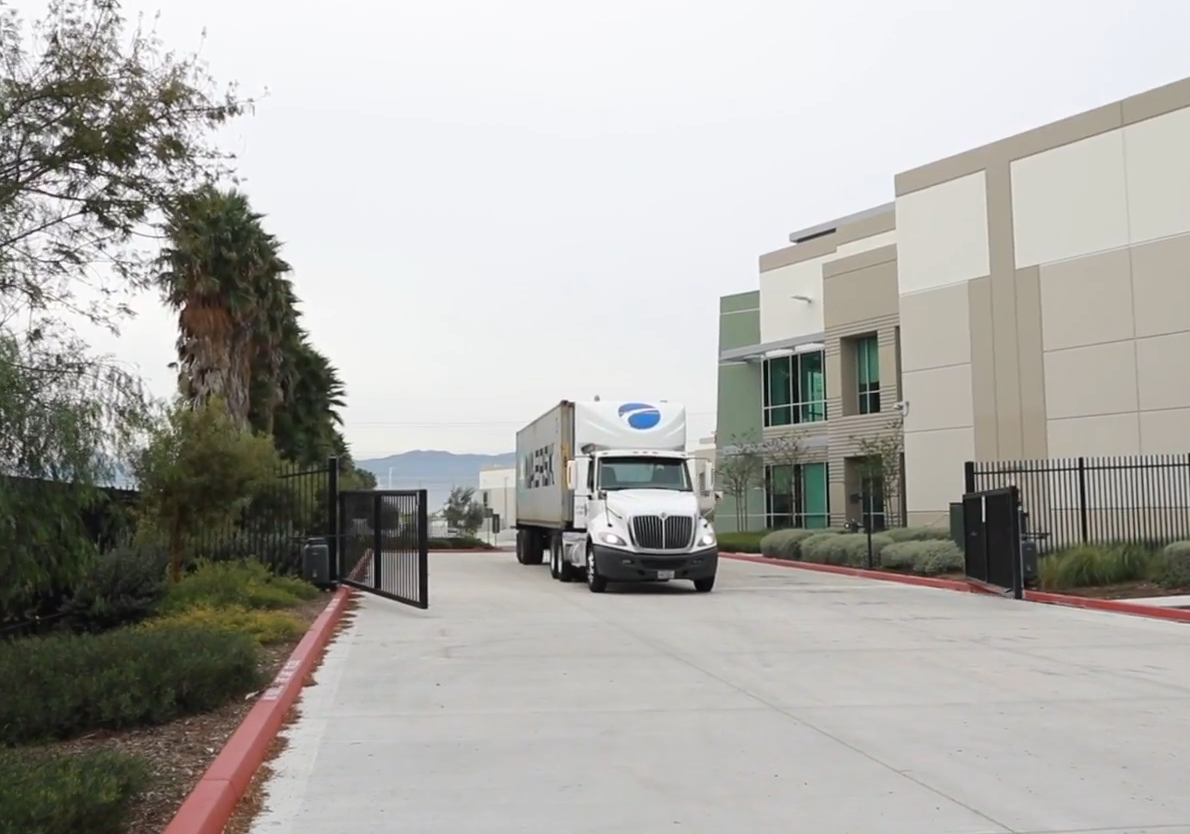
Logistics Management
March 25, 2025
The Benefits of Using One Integrated Logistics Services Provider
Conventional wisdom tells you not to put all your eggs in one basket. In the logistics industry, however, this isn’t always good advice. By leaning on one integrated logistics services provider (3PL)...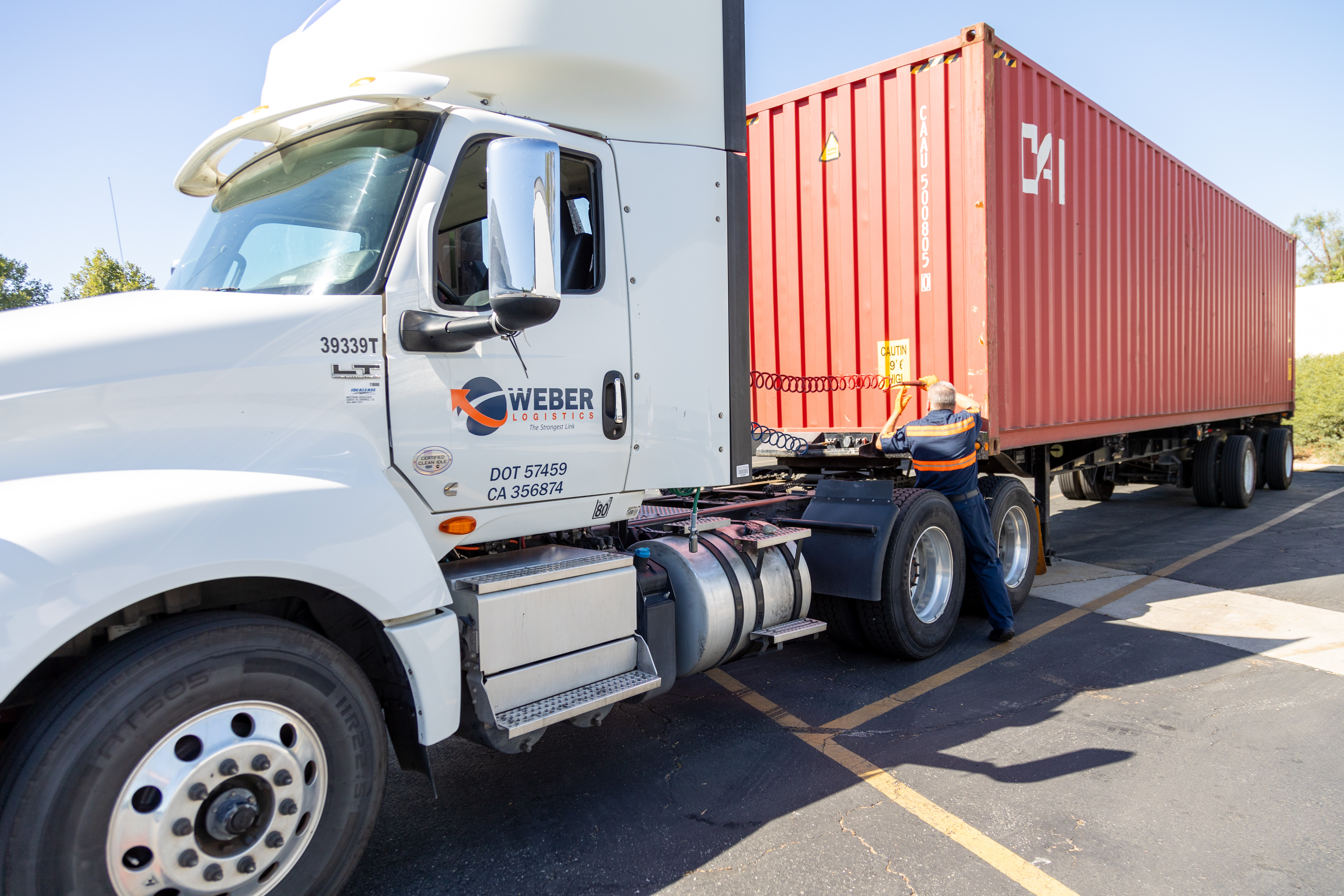
Happening Now
March 19, 2025
Happening Now: Drayage Rate History Shapes Today’s Market
According to Dray Insight, the drayage industry has undergone significant change since deregulation reshaped the transportation landscape. From evolving pricing models to the growing role of...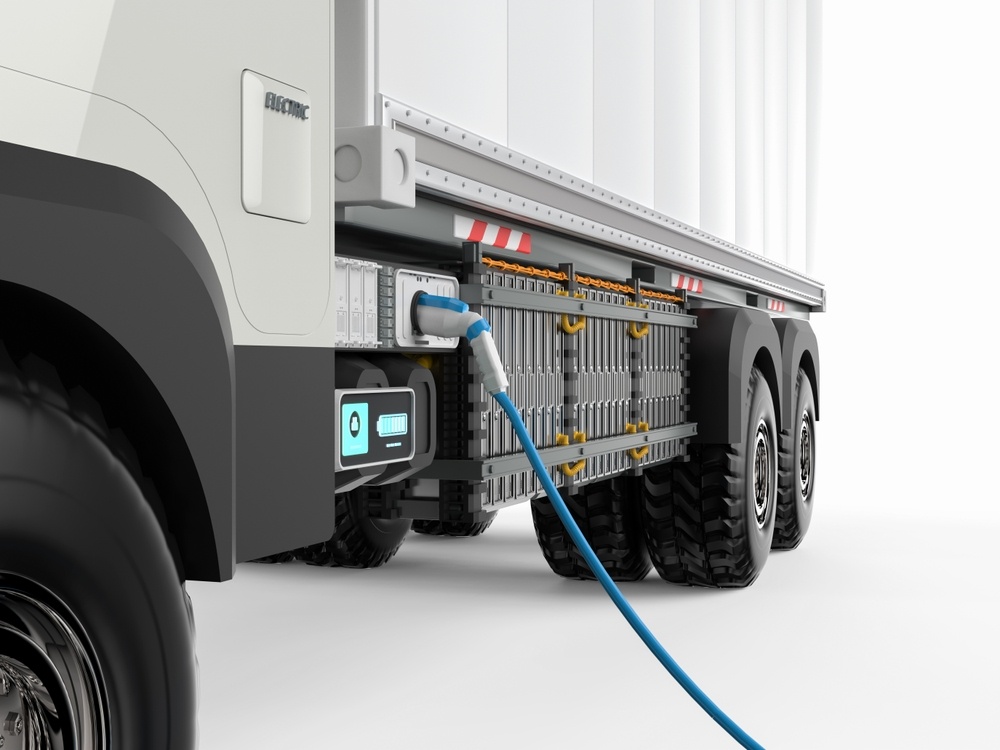
West Coast Distribution
March 18, 2025
The Changing Landscape of Class 8 EV Trucks
The push for Class 8 electric vehicles (EVs) within the heavy-duty trucking industry has undergone significant shifts over the past decade. Government policies at the federal and state level along...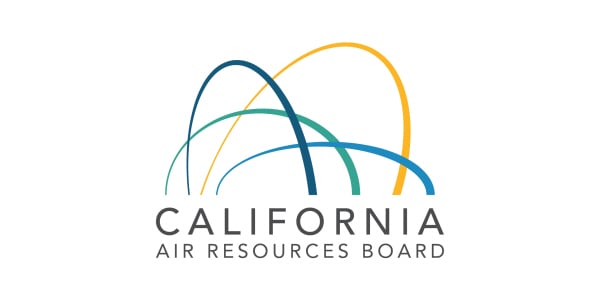
Transportation Strategies
March 6, 2025
Understanding California CARB Regulations for 2025 and Beyond
For logistics professionals operating in California, adhering to the state's stringent environmental regulations is paramount. The California Air Resources Board (CARB) continues to implement and...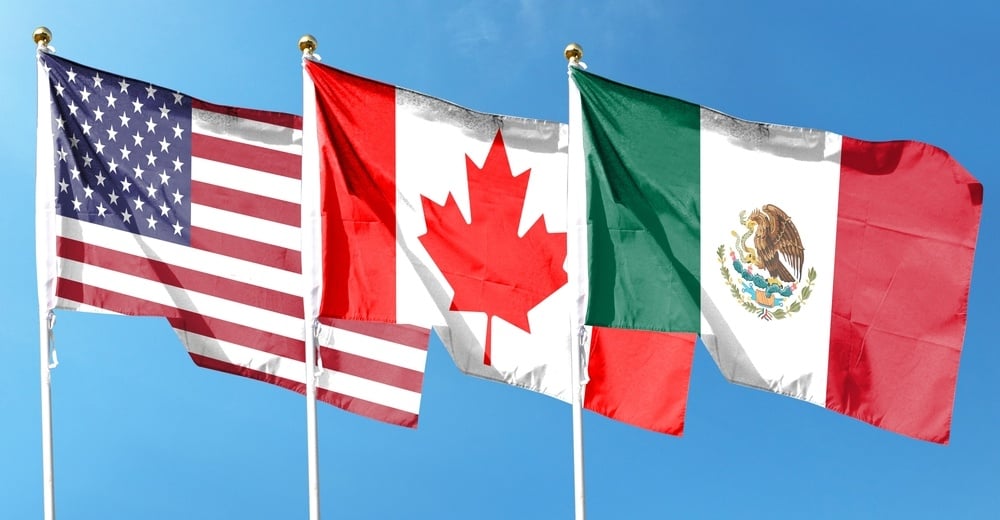
Happening Now
March 4, 2025
Happening Now: Tariffs imposed on Canada and Mexico
According to NBC News, President Donald Trump has implemented a plan to impose sweeping tariffs on nearly all goods imported from Canada and Mexico. The tariffs include a 25% levy on most Mexican and...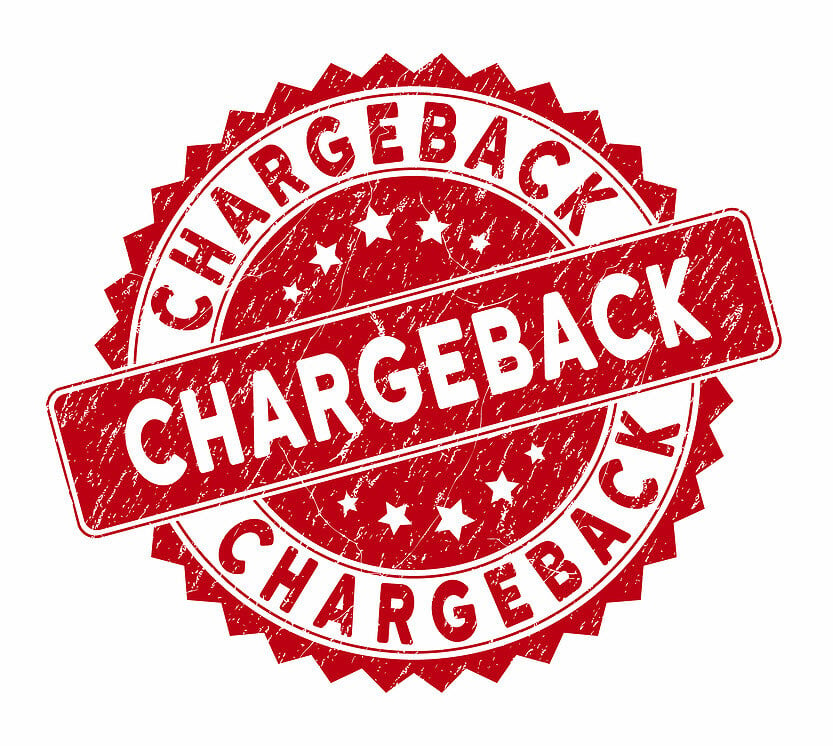
Chargebacks
February 27, 2025
How Retail Chargebacks Work and What You Can Do About Them
All major retailers issue chargeback penalties for non-compliant shipments from their suppliers. The specific penalties are explicitly laid out in each retailer’s routing guide and range from about...
Happening Now
February 19, 2025
Happening Now: Key Trends Shaping Freight Rail in 2025
The freight rail industry is evolving rapidly as it adapts to economic shifts, sustainability goals, and advancements in technology. A recent article from Inbound Logistics highlights eight major...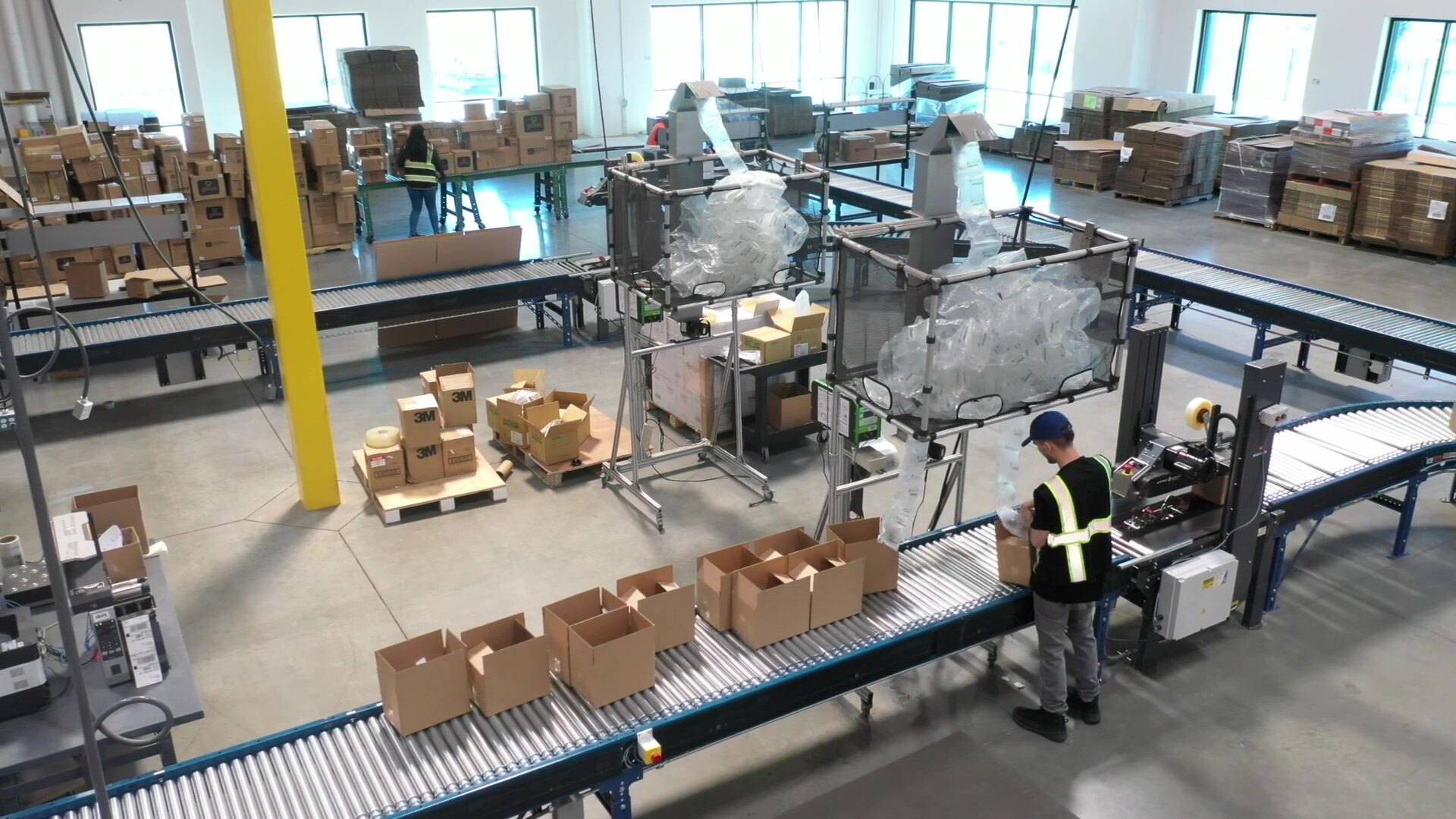
Third Party Logistics
February 19, 2025
Why a mid-size 3PL provider may serve you better than a huge one
If you’re looking for a 3PL provider, you may begin to feel a bit like Goldilocks. You’ll encounter providers that feel “too big” and many that feel “too small” to handle your business effectively....
Happening Now
February 12, 2025
Happening Now: Retail sales dip in January but see YOY gains
According to DC Velocity, retail sales declined in January as consumers took a break from holiday spending, yet the CNBC/NRF Retail Monitor reports that year-over-year gains remained strong.
Mexico logistics
February 3, 2025
Understanding Mexico’s IMMEX Program and What It Means for US Shippers
The IMMEX (Industria Manufacturera, Maquiladora y de Servicios de Exportación) program, established in 2006 by the Mexican government, was designed to promote foreign investment, boost manufacturing,...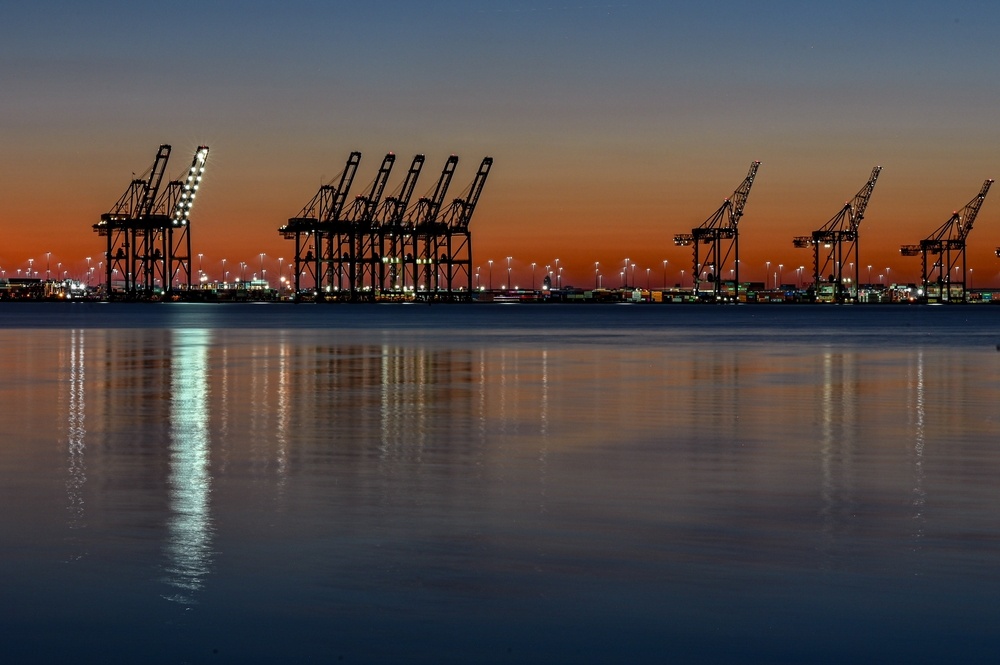
Port Logistics
January 17, 2025
East and Gulf Coast Port Strike Likely Averted - And Why a Diversified Port Strategy Make Sense
The entire supply chain industry is breathing a cautious sigh of relief as the International Longshoremen's Association (ILA) and the United States Maritime Alliance (USMX) have reached a tentative...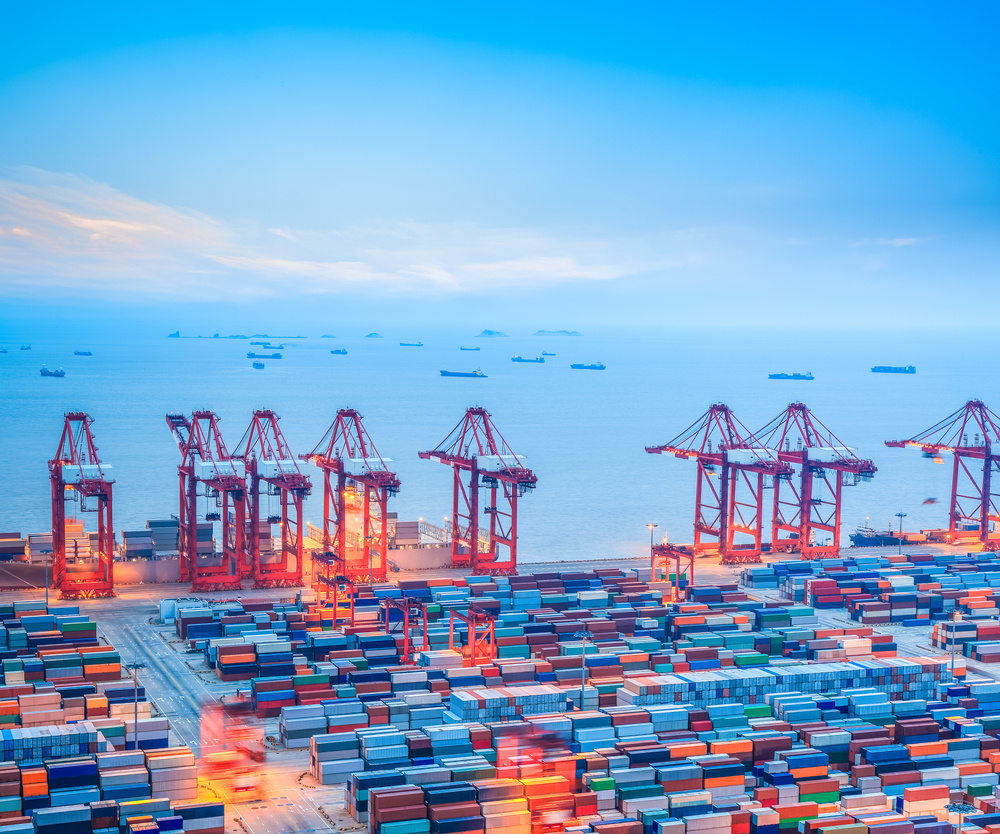
Southern California Ports
January 15, 2025
Happening Now: Container shipping rates from Asia to the US on the rise
According to FreightWaves, container shipping rates from Asia to the U.S. rose significantly at the start of 2025, driven by shippers frontloading goods ahead of Lunar New Year. The Freightos...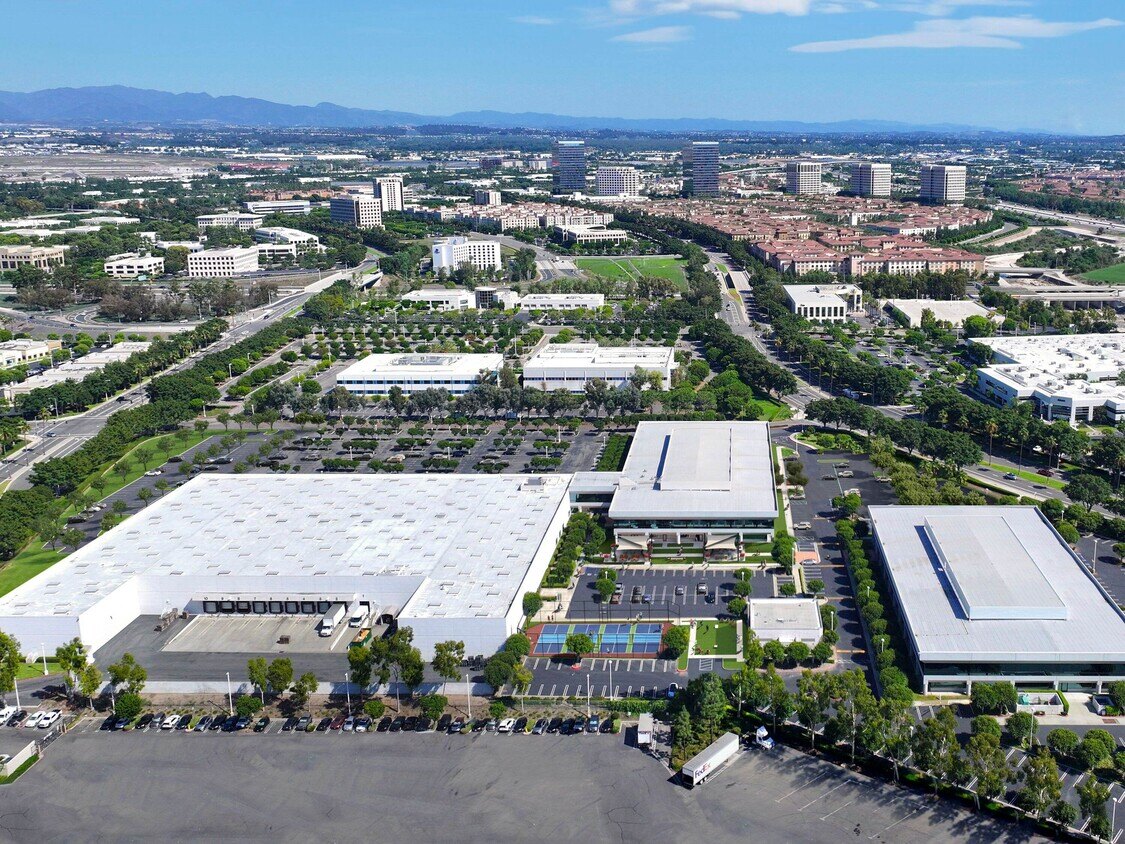
West Coast Distribution
December 23, 2024
Weber Logistics Launches New Dedicated Distribution Center in Irvine, CA
Weber Logistics is ringing in 2025 with a major expansion for one of its key clients. The opening of a new 137,000-square-foot dedicated distribution center (DC) in Irvine, CA has been announced....
Pharmaceutical Logistics
December 11, 2024
What to Look for in a Pharmaceutical Logistics Provider
Pharmaceutical logistics is a highly specialized field that requires precision, compliance, and a deep understanding of the unique demands of this tightly regulated industry. Selecting the right...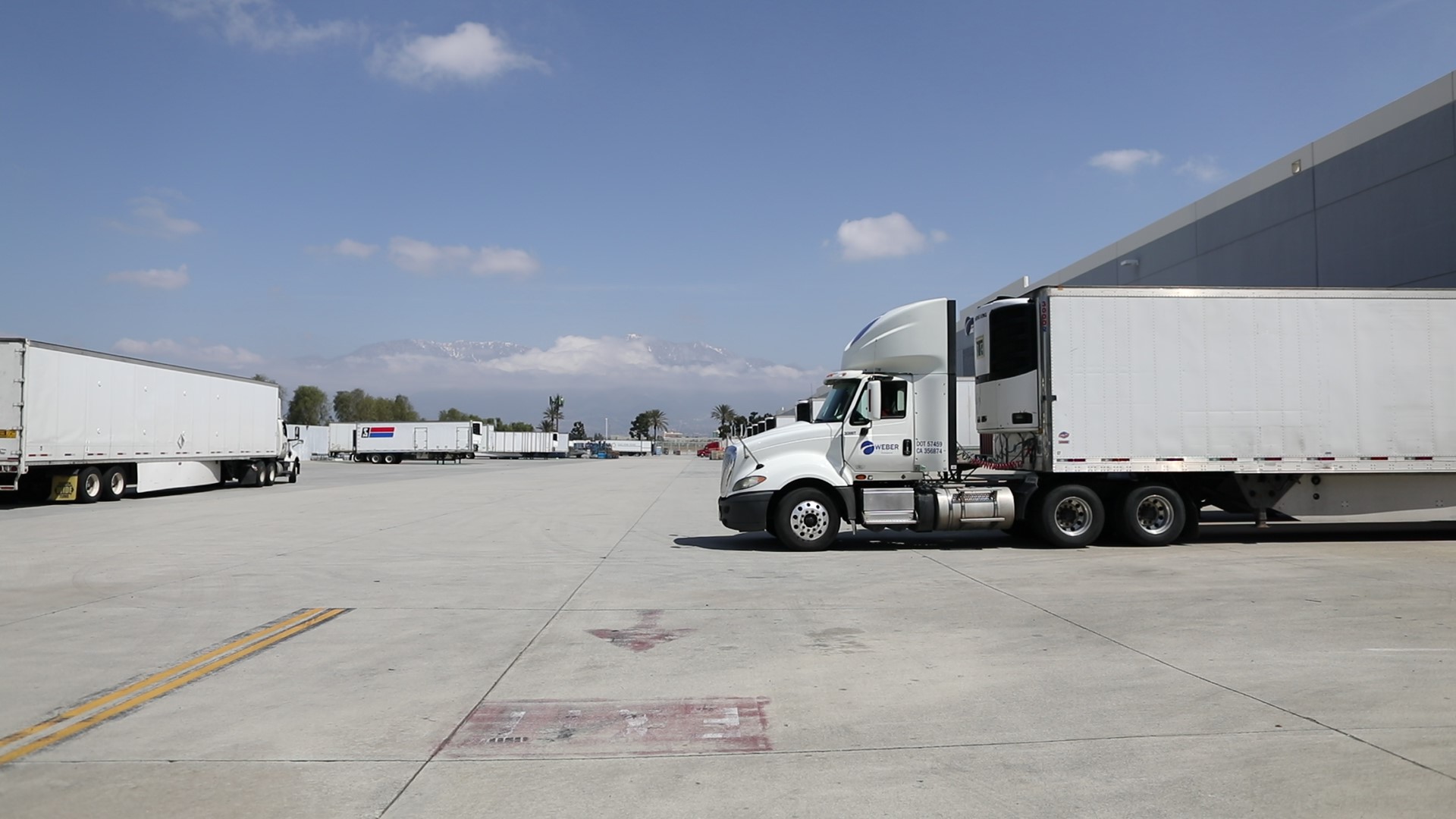
Happening Now
December 6, 2024
Happening Now: Trucking demand and capacity realign
According to Transport Topics, the trucking industry is gradually approaching equilibrium as freight demand and capacity realign after years of disruption.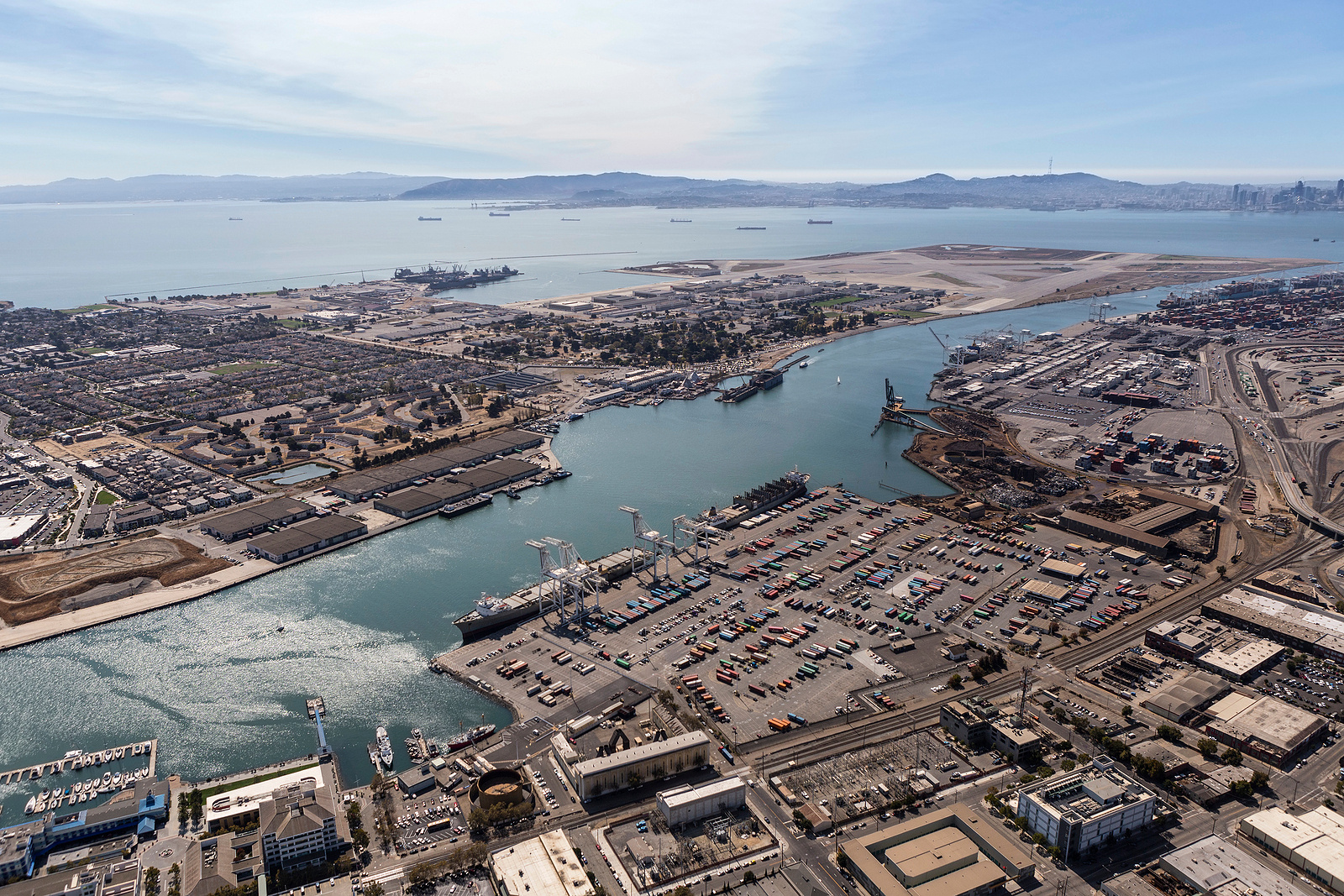
Happening Now
November 25, 2024
Happening Now: Port of Oakland receives infrastructure grant
The Port of Oakland has announced that it has received a $50 million grant to modernize its terminal infrastructure. This will include upgrading docks to accommodate ultra-large vessels.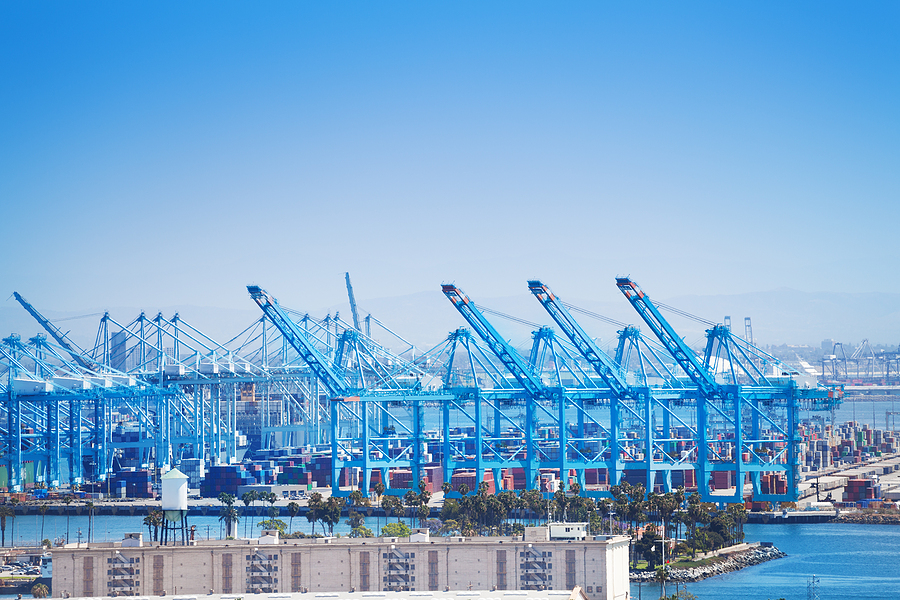
Happening Now
November 21, 2024
Happening Now: Cargo Records at LA and Long Beach Ports
According to the Los Angeles Times, The Ports of Los Angeles and Long Beach are experiencing record-high cargo traffic. This surge is attributed to multiple factors including the diversion of goods...
Happening Now
November 8, 2024
Happening Now: Great Freight Recession is Over
According to FreightWaves, the freight market is showing signs of recovery. This welcome news is supported by SONAR data as well as an increase in tender rejections.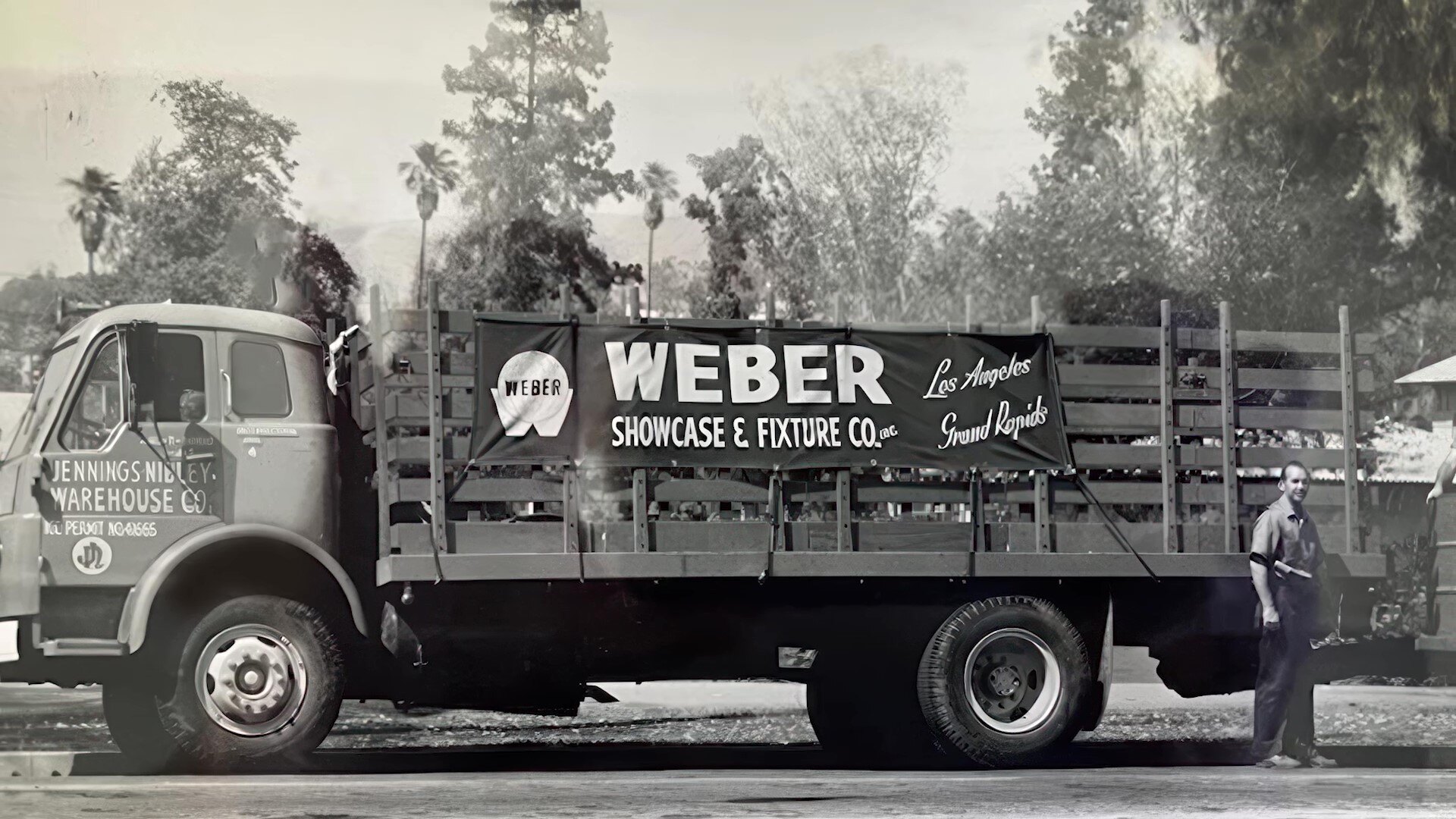
weber logistics news
November 1, 2024
New Video Celebrates Weber Logistics' 100th Anniversary as well as Former Owner
2024 is a landmark year for Weber Logistics, as the company celebrates an incredible 100 years of business. In July, Weber staff, family, and friends gathered to honor this milestone—and to pay...
Happening Now
October 21, 2024
Happening Now: Retail Sales Rise in September
According to Transport Topics, U.S. retail sales rose 0.4% in September from the previous month, marking the third consecutive increase. The retail sales data, released by the Commerce Department on...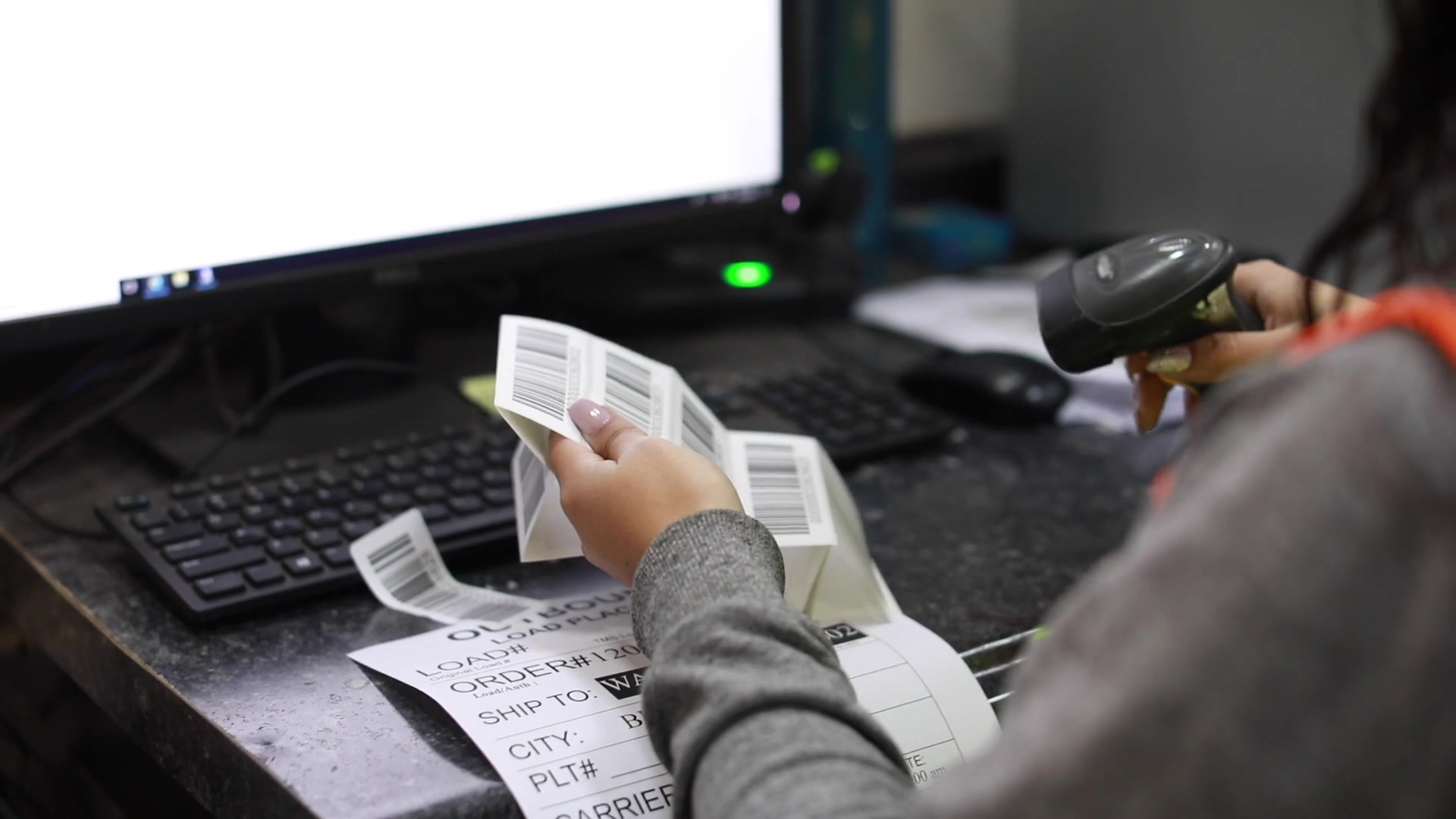
Logistics Technology
October 17, 2024
Embracing Logistics Technology: A Primer
In an era where technological advancements are rapidly changing the landscape of every industry, logistics and supply chain operations are no exception. Businesses face increasing pressure to...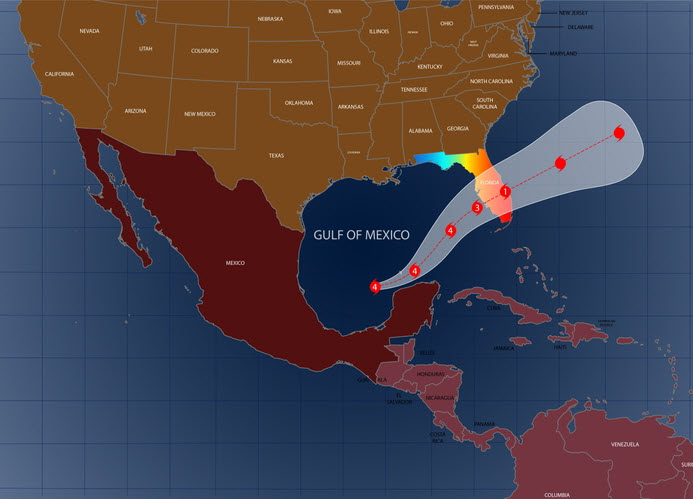
Happening Now
October 10, 2024
Happening Now: 10 ports closed in wake of Hurricane Milton
According to FreightWaves, ten ports remain closed in the aftermath of Hurricane Milton, including two major commercial ports in Florida along the Gulf Coast—Port Tampa Bay and Seaport Manatee. The...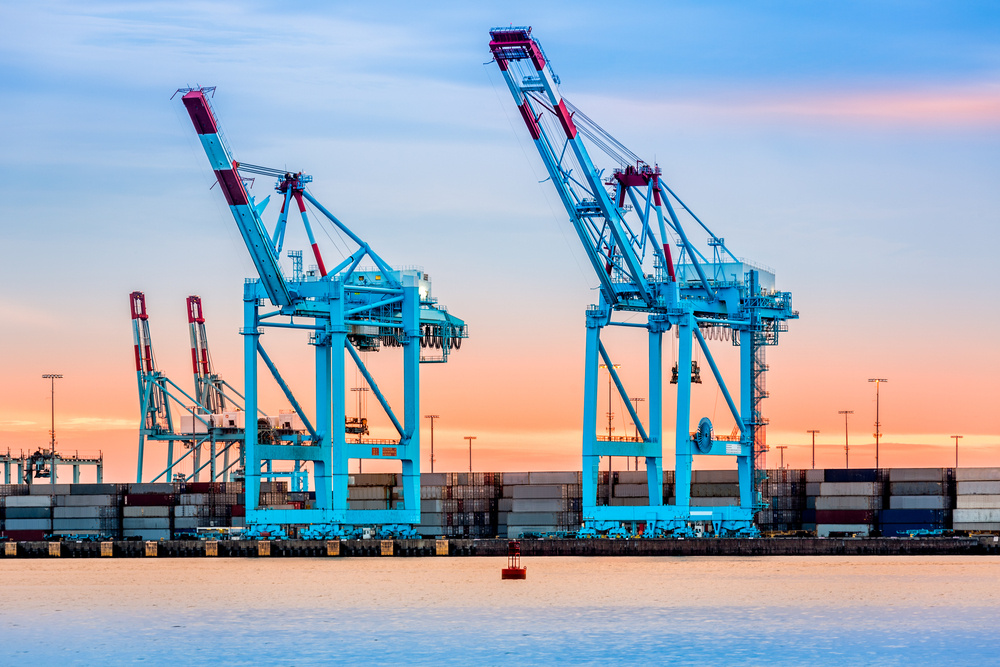
Happening Now
September 30, 2024
Happening Now: East Coast Port Strike Looms
According to CNBC, trucking and rail operators are rushing to move billions in cargo ahead of a potential strike by the International Longshoremen's Association (ILA), set to begin after midnight if...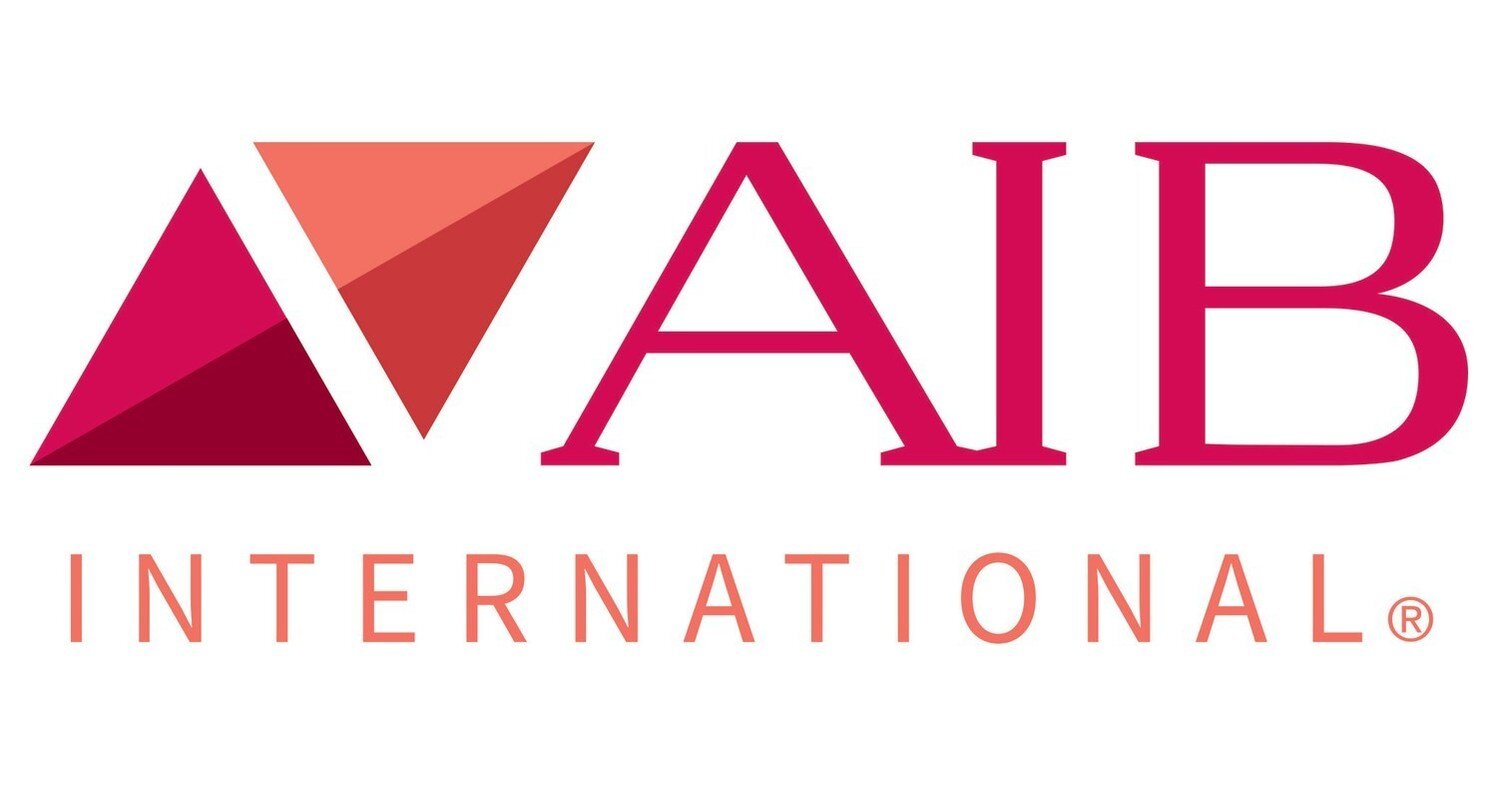
Food Supply Chain
September 19, 2024
What does AIB certification mean for 3PL providers?
If your company is looking for a food-grade third-party logistics (3PL) provider, there’s a lot of vetting required to make sure it can protect the integrity of your products. From the size and...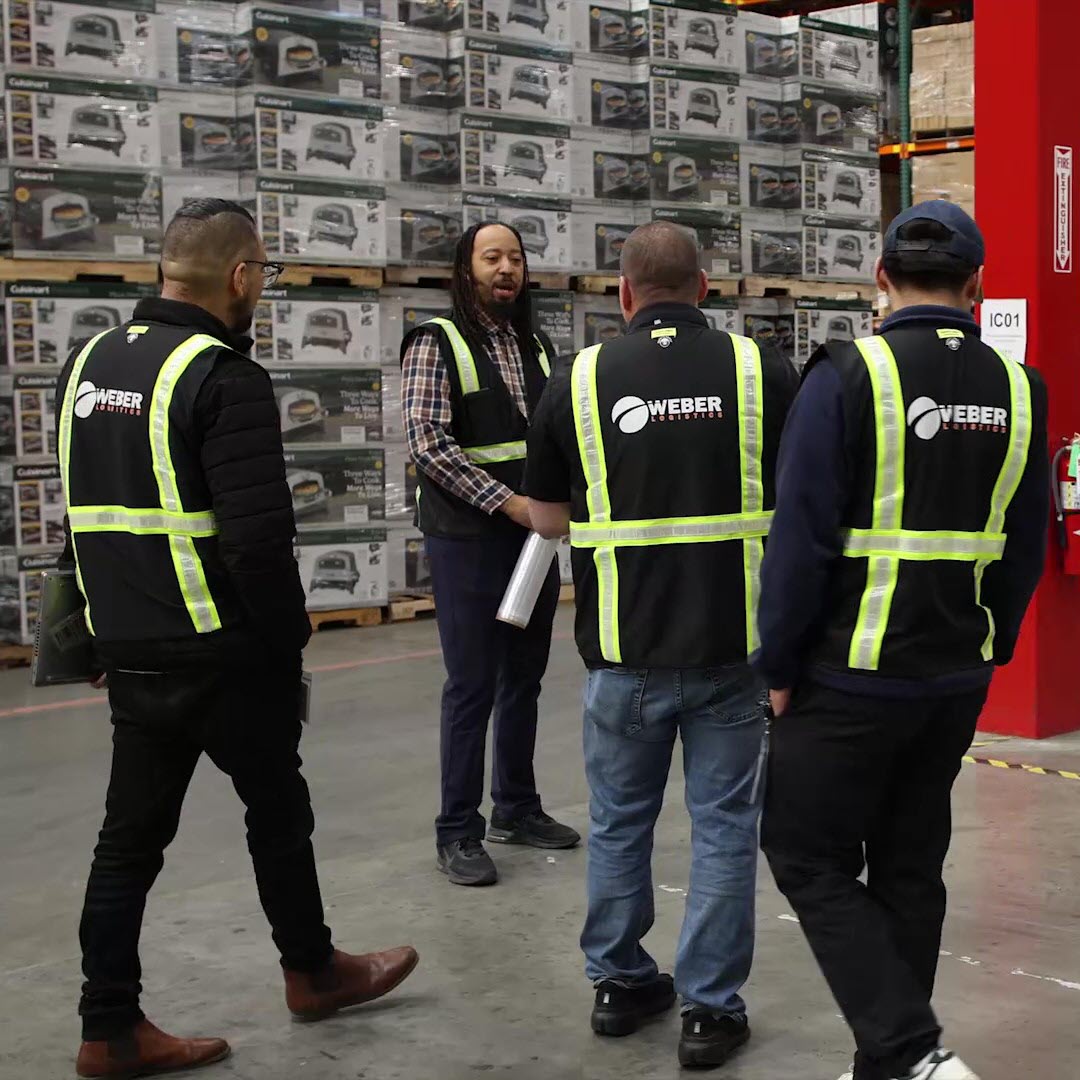
3PL Outsourcing
August 29, 2024
Rely on a Logistics Culture Match to Find the Best 3PL Partner
Choosing the right logistics provider means more than finding a company that can handle the necessary blocking and tackling for your products. It means finding a partner that aligns with your...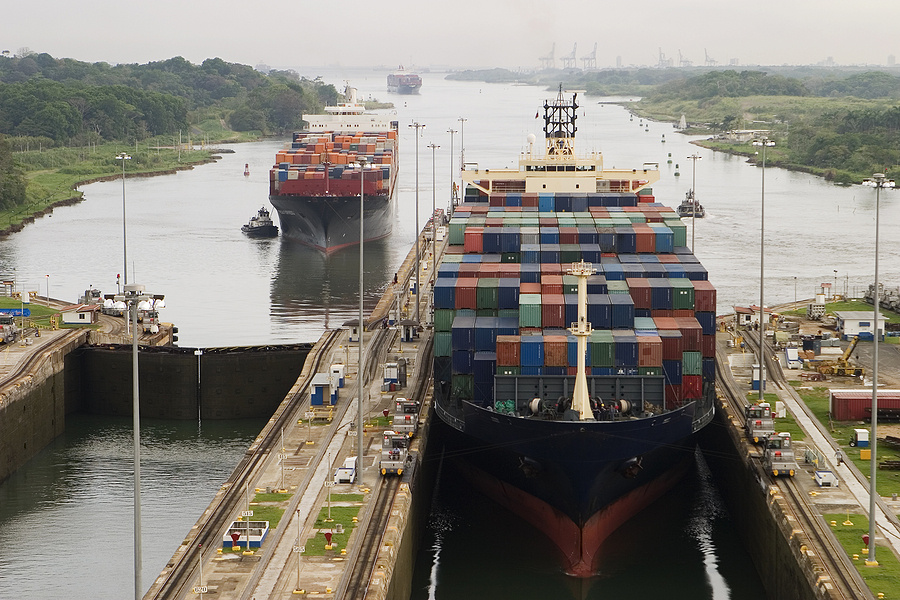
Happening Now
August 28, 2024
Happening Now: Panama Canal Authority looks to address droughts
According to FreightWaves, The Panama Canal Authority (ACP) is considering a $1.6 billion Rio Indio reservoir project to address future droughts and enhance the canal's resilience. Following a...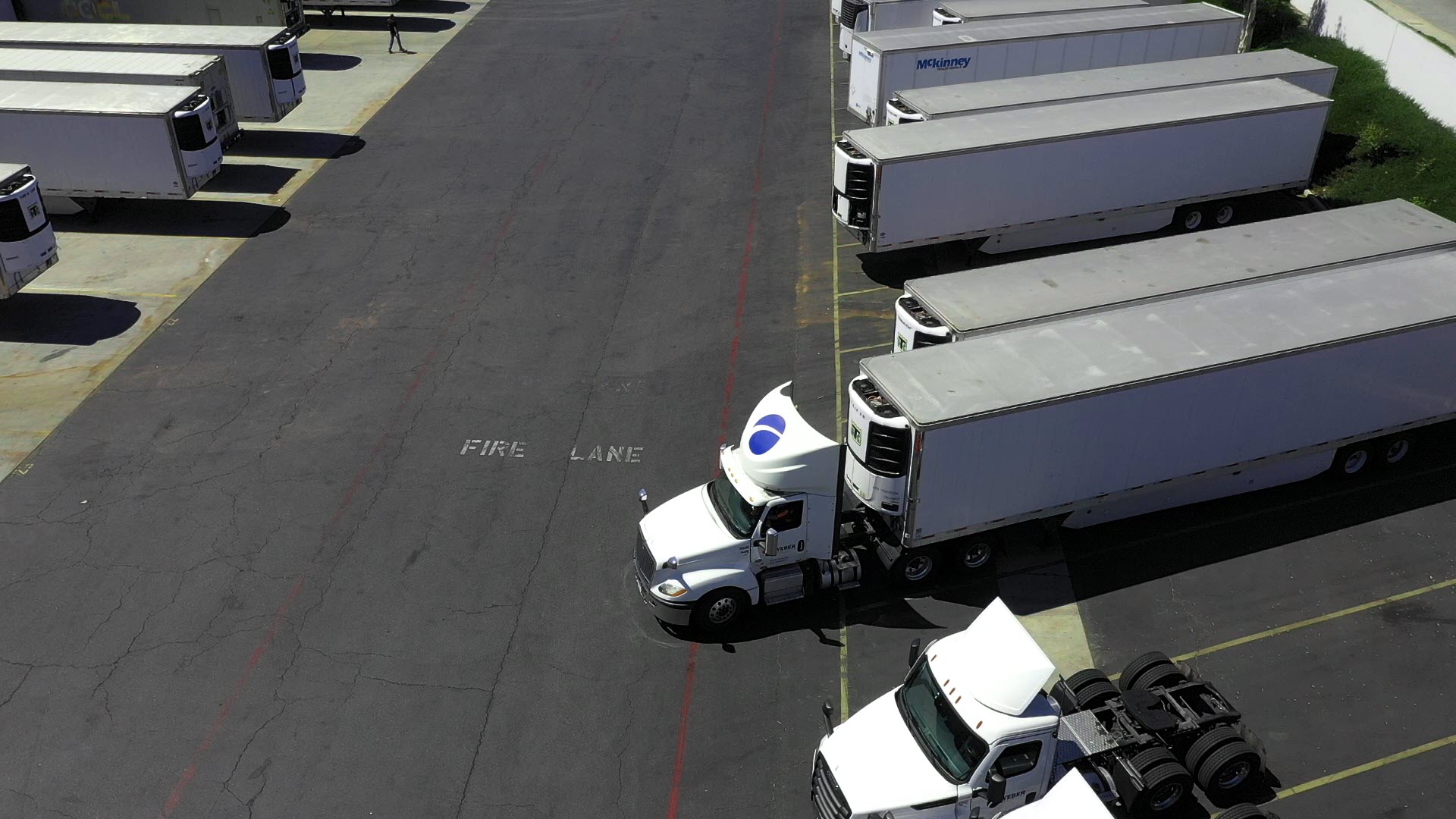
Cold Chain Managment
August 22, 2024
What to Look for in a Cold Chain 3PL: Ensuring Product Integrity Throughout the Supply Chain
When it comes to moving temperature-sensitive products through the supply chain, the stakes couldn't be higher. Whether you're shipping foods and beverages, confectionery products or other perishable...
Happening Now
August 21, 2024
Happening Now: FMCSA considers updates to guidance documents
According to FreightWaves, The Federal Motor Carrier Safety Administration (FMCSA) is seeking input from motor carriers on whether its guidance documents should be updated or, in some cases,...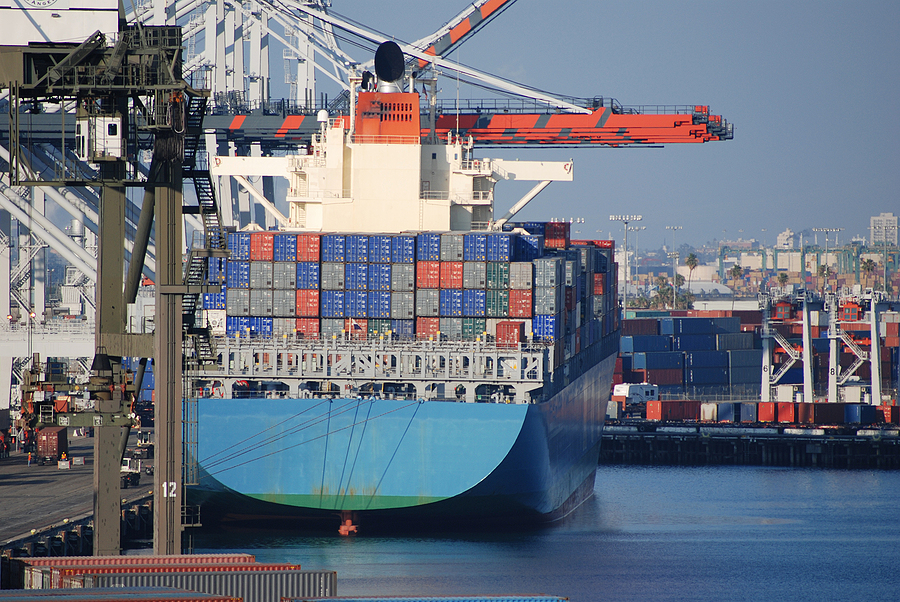
Happening Now
August 14, 2024
Happening Now: Container volumes set new record at the Port of Los Angeles
According to Container News, the Port of Los Angeles set a new record in July, handling 939,600 TEUs, marking a 37% increase over the previous year and making it the busiest July in the port's...
Happening Now
August 12, 2024
Happening Now: Record heat tough on truckers
Hauling large amounts of cargo is always challenging, but this summer’s record-breaking temperatures and extreme weather have made it even more difficult for truckers, forcing them into dangerous...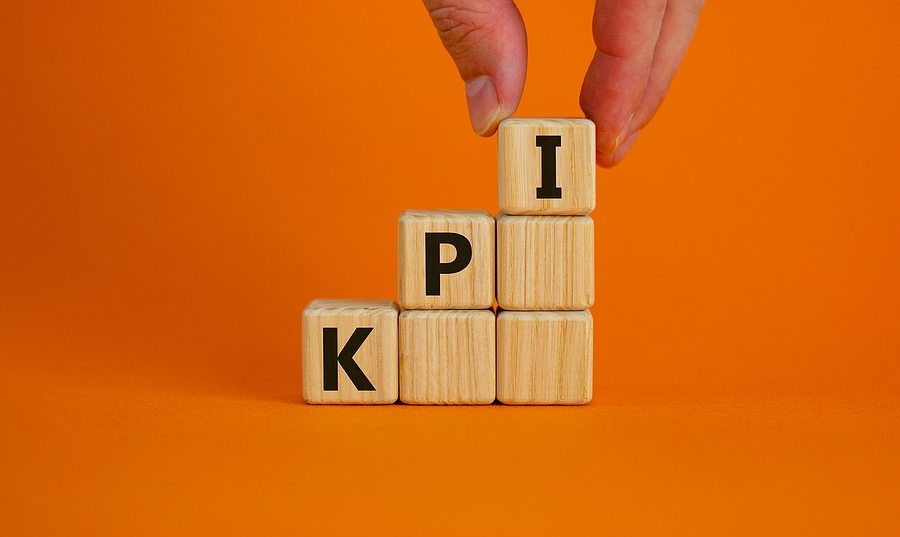
Logistics Management
August 8, 2024
7 Essential Logistics Metrics: Key Performance Indicator (KPIs)
Your customers are more data-driven than ever, and your success or failure in the eyes of those customers is partly determined through logistics metrics that measure your performance. It is therefore...
weber logistics news
August 6, 2024
Weber Logistics Earns Top 3PL Recognition from Inbound Logistics in 2024
Weber Logistics is proud to announce that it has been named to Inbound Logistics’ 2024 list of the top 100 3PL providers. This recognition comes in a landmark year for Weber, as the company...
Happening Now
July 22, 2024
Happening Now: Port of Long Beach Sets New June Cargo Volume Record
According to Supply Chain Dive, The Port of Long Beach achieved a record-breaking June by processing 842,446 TEUs, marking a 41% year-over-year increase. This surge, attributed to high consumer...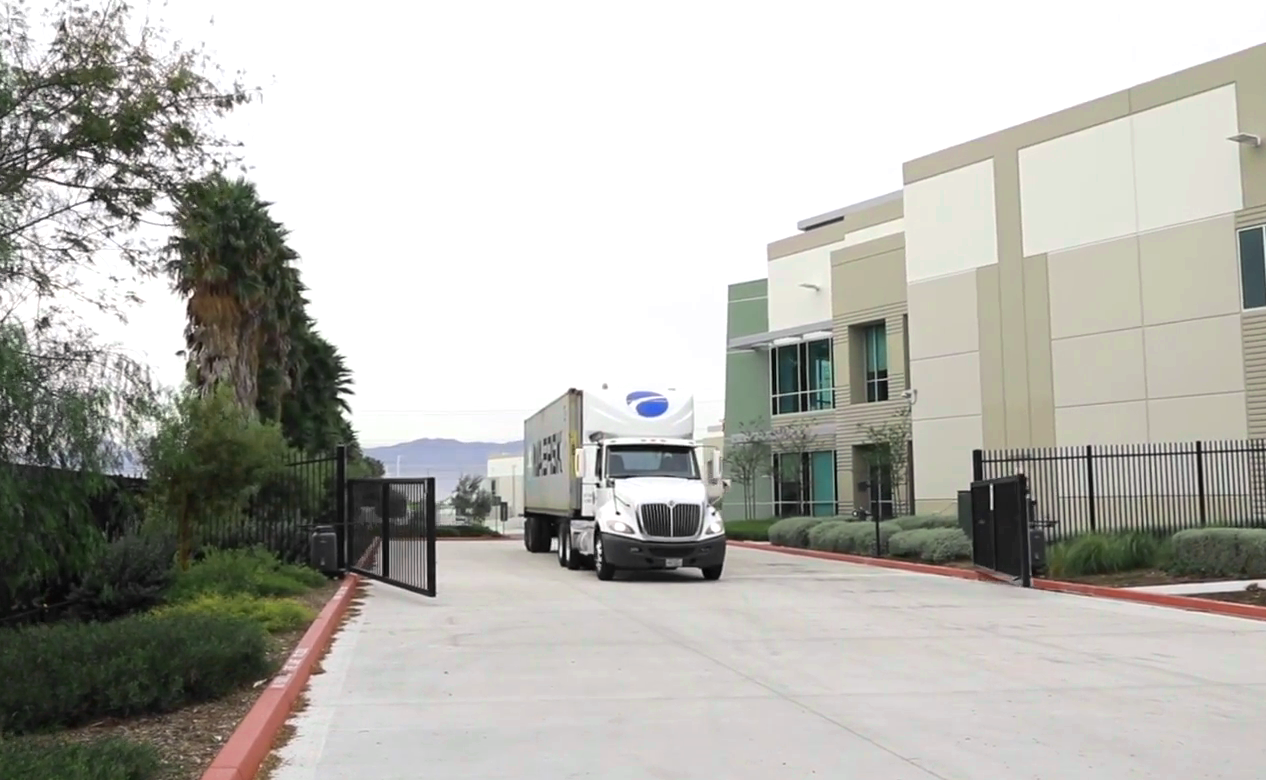
Transportation Strategies
July 18, 2024
How Transloading Facilities Can Benefit Your Supply Chain
When your imported products hit the port, do you want them to head out to market as quickly as possible? If so, it’s time that you give transloading a closer look. In this article, we’ll examine...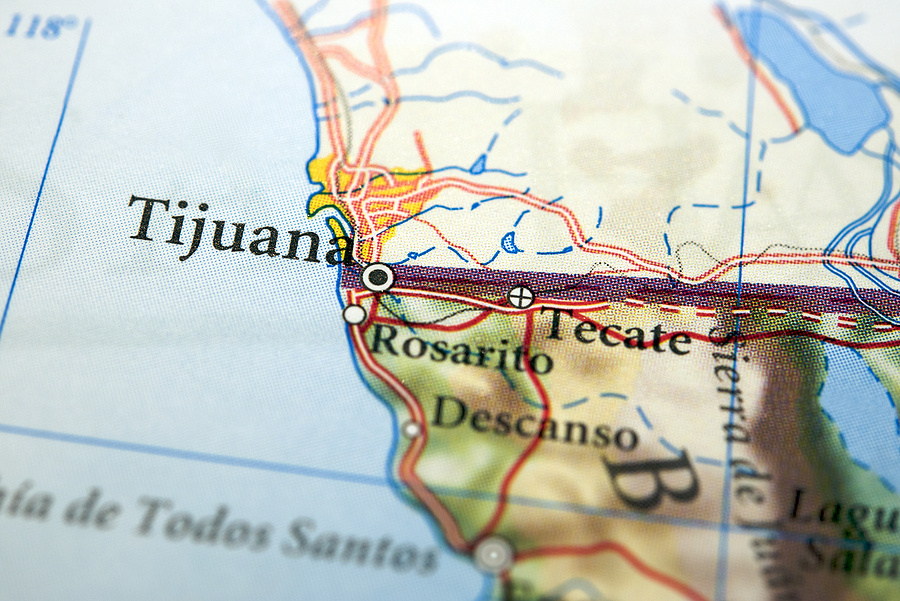
Happening Now
July 11, 2024
Happening Now: California trucking law will affect cross-border truckers
According to FreightWaves, California’s Advanced Clean Fleets rule is likely to impact Mexico cross-border trucking operators. Many fleet owners are not ready to comply with this rule, which takes...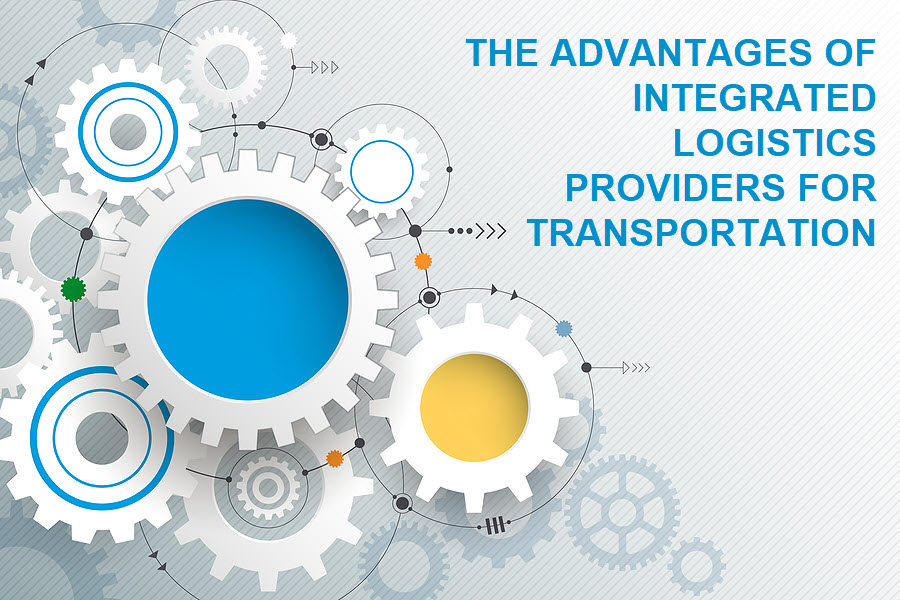
Transportation Strategies
July 9, 2024
The Advantages of Integrated Logistics Providers for Transportation
When you partner with an integrated logistics provider, you're entrusting each leg of your distribution cycle to a single 3PL company. This approach can lead to greater efficiency and improved...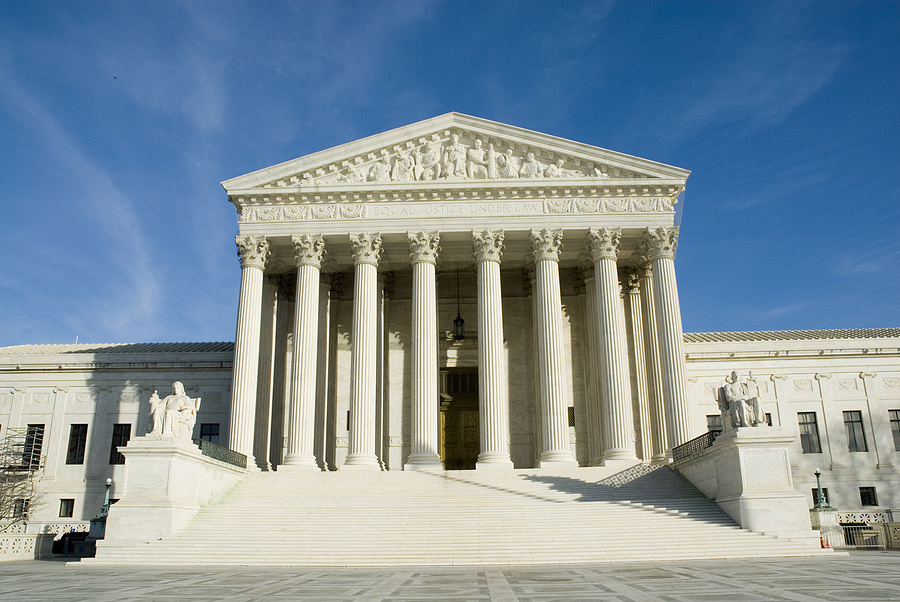
Happening Now
July 1, 2024
Happening Now: Supreme Court ruling could strengthen freight carriers’ legal challenges
According to FreightWaves, the U.S. Supreme Court has made a decision that could help freight carriers challenge regulations more easily. In a 6-3 ruling, the Court overturned the Chevron doctrine, a...
Happening Now
June 27, 2024
Happening Now: US Imports Continue to Rise
According to The Loadstar, inbound container volumes were up 5.6% in May compared to last year. This follows YOY increases of 26.5% in February, 19.9% in March, and 13.4% in April.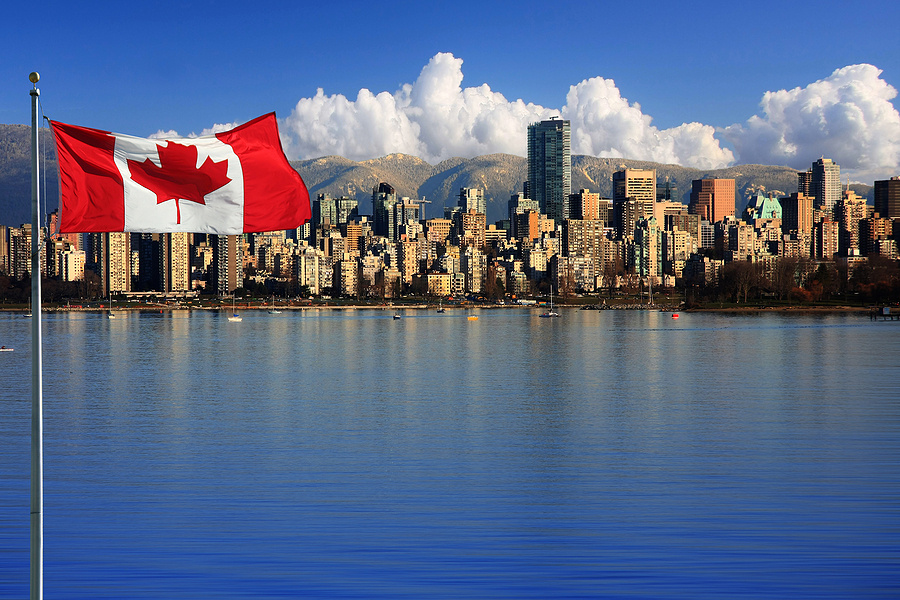
Happening Now
June 19, 2024
Happening Now: Canadian border agents to vote on a four-year agreement
According to Supply Chain Dive, Canadian border agents will vote on a new four-year labor agreement with the government between June 20 and July 4. The union's negotiating committee has recommended...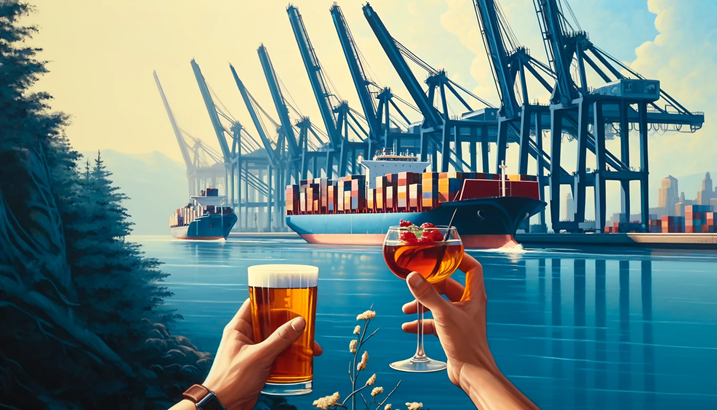
alcohol logistics
June 13, 2024
The Top 3 Mistakes Companies Make in Beer, Wine and Spirits Logistics
Finding the right 3PL provider to perform and manage your beer, wine and spirits logistics operations can be a daunting task. Mistakes in this industry can be costly and damage your reputation with...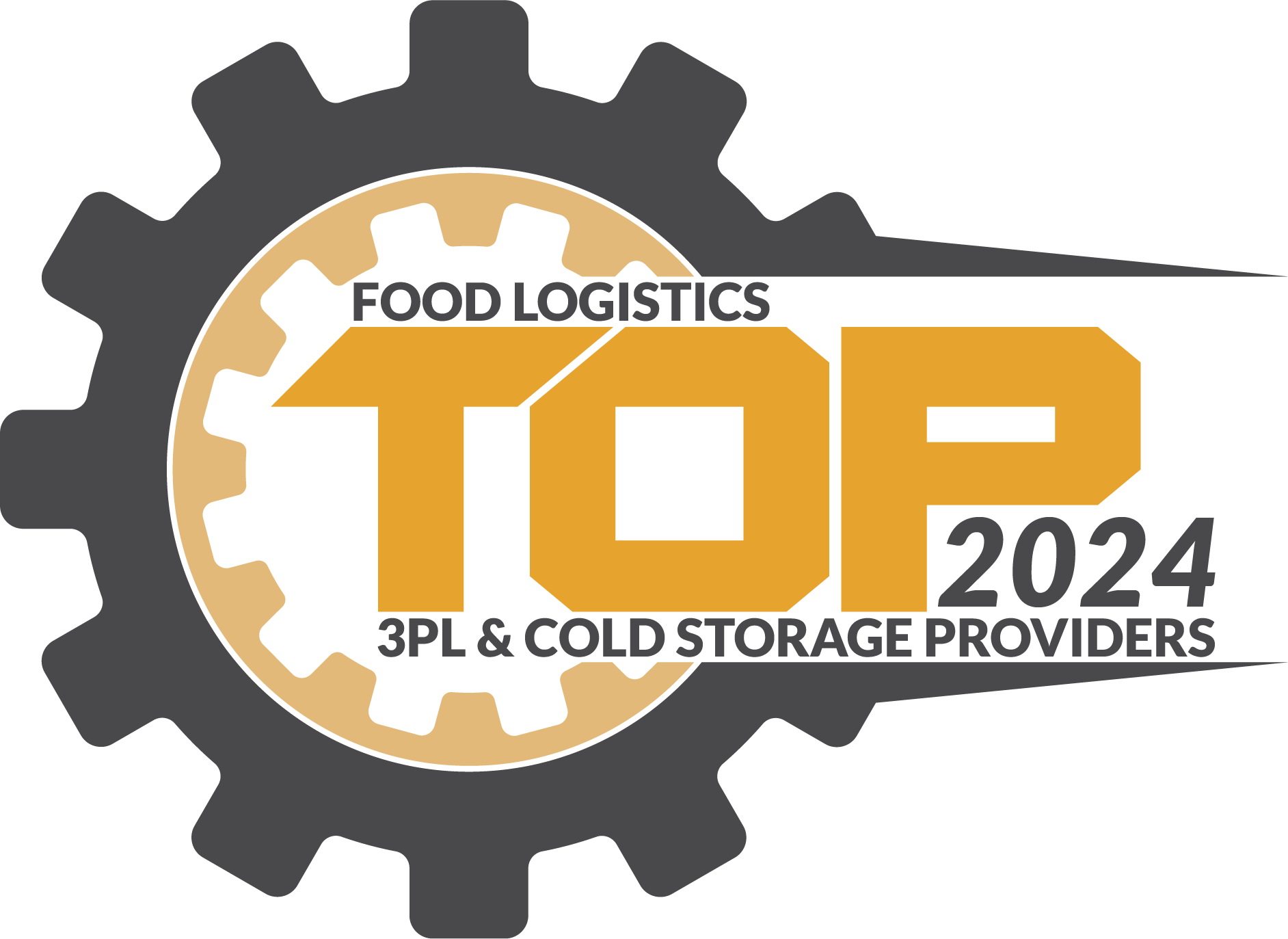
Food Supply Chain
June 12, 2024
Weber Logistics Named Top 3PL & Cold Storage Provider
Weber Logistics has been named as one of the winners of this year’s Top 3PL & Cold Storage Providers Award. The award is presented by Food Logistics, the only publication exclusively dedicated to...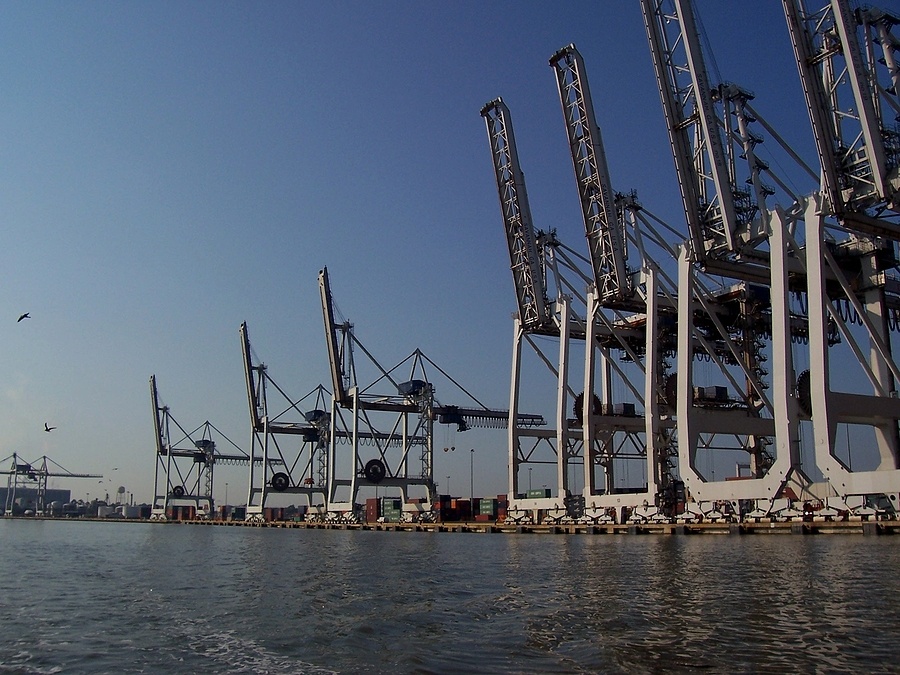
Happening Now
June 11, 2024
Happening Now: East & Gulf Coast port labor talks suspended
According to CNBC, talks between the International Longshoremen’s Association (ILA) – which represents the union workers at East Coast and Gulf Coast ports – and the ports have broken down over...
Happening Now
June 5, 2024
Happening Now: Signs of Transportation Market Tightening
According to Trucking Dive, the transportation market is experiencing a “rightsizing.” 2024 is seeing about the same number of new trucking companies enter the market as there were last year....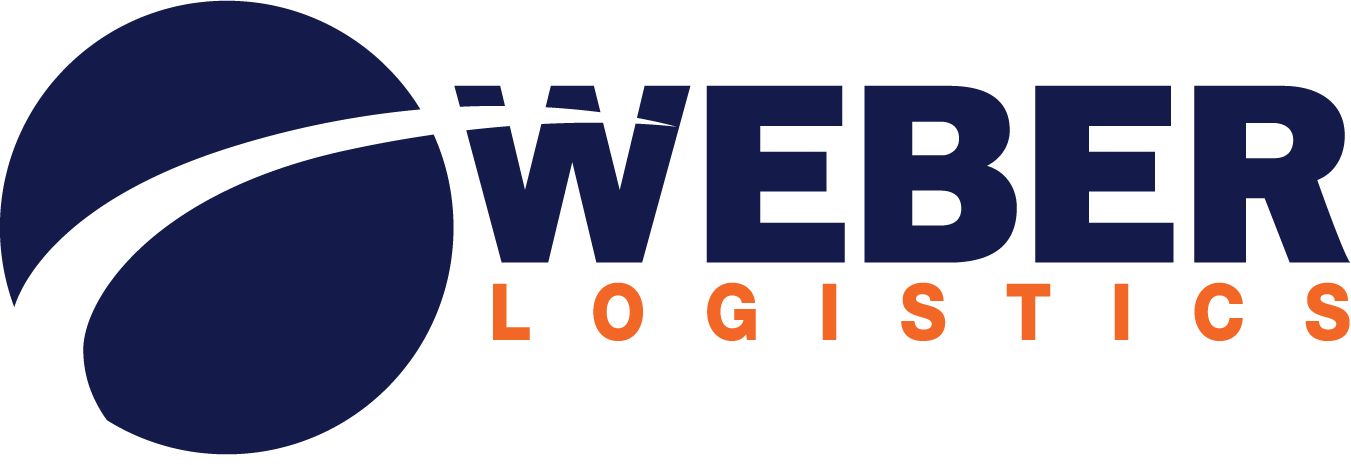
3PL
May 30, 2024
Recent Case Studies Highlight Weber’s Retail Logistics Expertise
Weber Logistics continues to demonstrate excellence in retail logistics through its partnerships with leading brands. Weber’s work with Cuisinart Outdoors and Reduce Everyday illustrate how 3PL...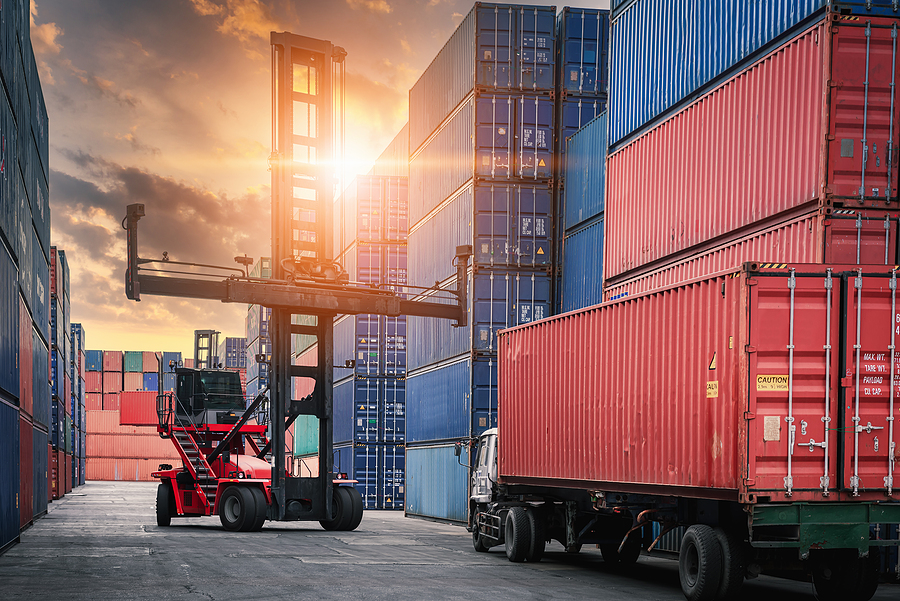
Happening Now
May 25, 2024
Happening Now: Container shortages in China are creating ‘total havoc’
According to The Loadstar, forwarders are reporting that there are container shortages in northern China. This is primarily due to a strong market and lower vessel capacity related to events in the...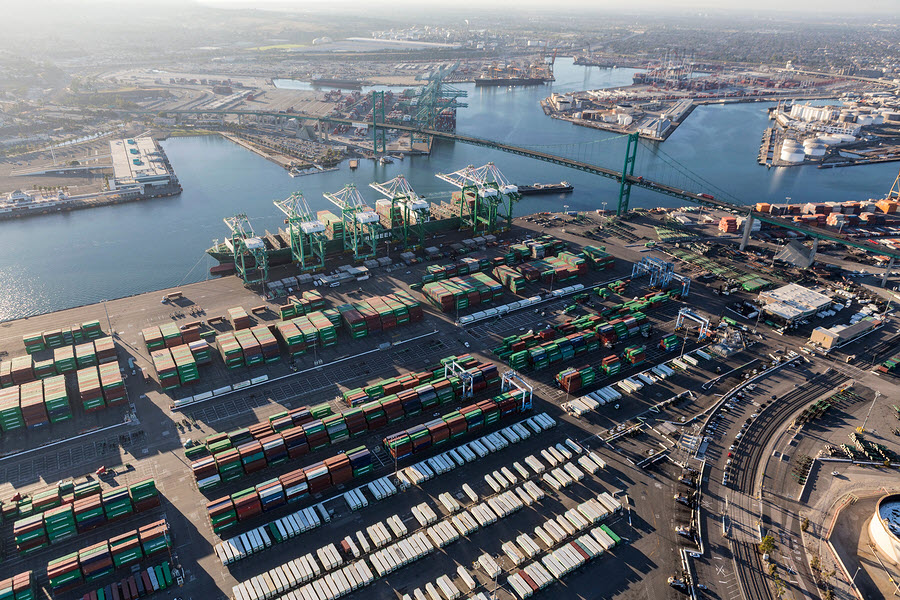
Happening Now
May 24, 2024
Happening Now: Shift of Cargo to West Coast Gains Momentum
According to Supply Chain Dive, Port of Los Angeles Executive Director Gene Seroka recently estimated that 2%-5% of shippers’ cargo has moved back from the East Coast to the West Coast. More cargo is...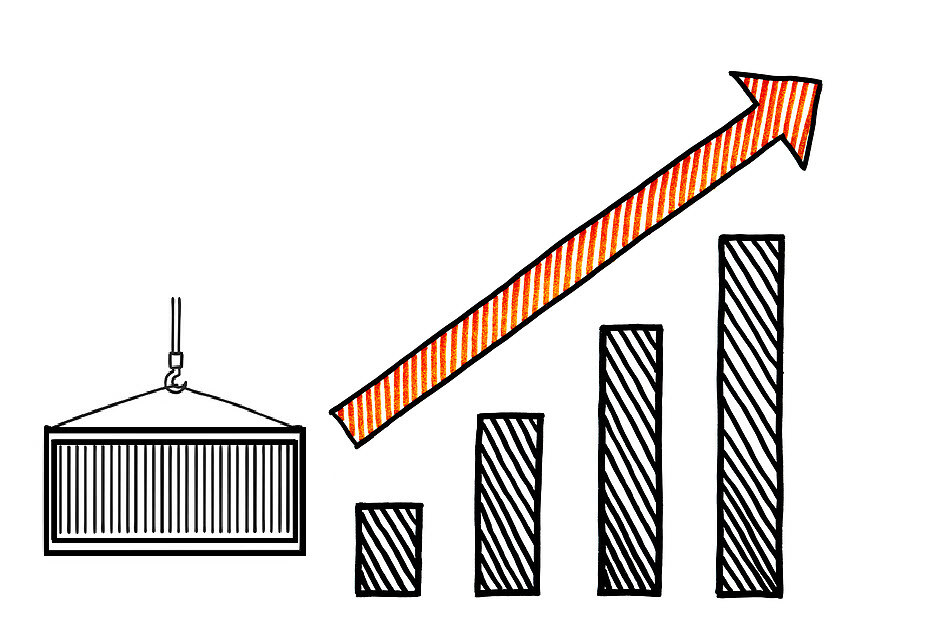
Happening Now
May 23, 2024
Happening Now: A sharp spike in container shipping demand
According to the JOC, the container shipping market has experienced an unexpected sharp spike in demand, which seems to be an early start to the peak season. This early rush may be driven by...
Happening Now
May 17, 2024
Happening Now: Supply Chain Prominence Brings Greater Scrutiny
As the role of supply chains has become more prominent in organizational strategy, their leaders are now more integral to and influential within the C-suite. According to Supply Chain Management...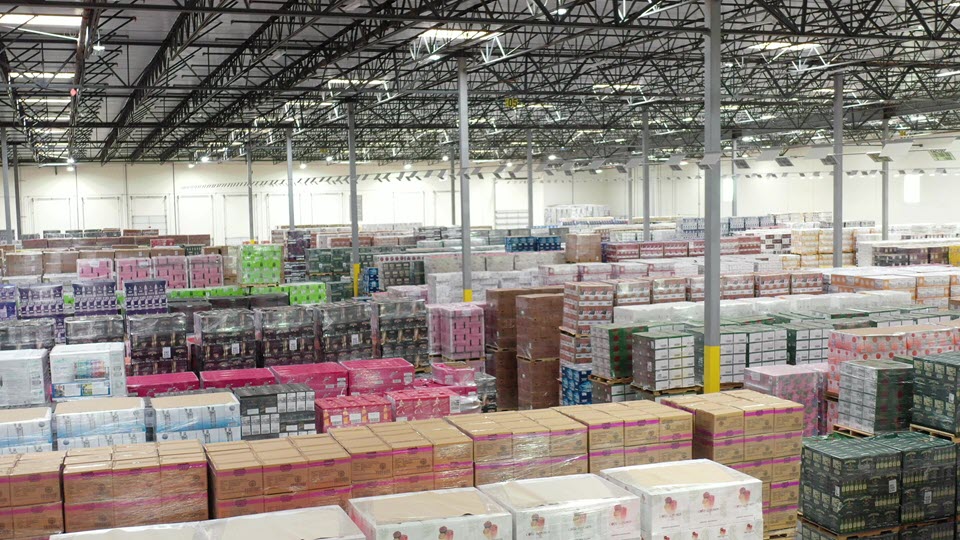
Shared Warehousing
May 16, 2024
More than a Warehouse: What Food Logistics Companies Can Offer
Warehousing for food and beverage products entails much more than simple storage. These facilities perform critical supply chain steps that keep products safe and preserve their integrity as they...
Happening Now
May 10, 2024
Happening Now: US Cargo Imports Continue to Rise
According to DC Velocity, cargo imports into the US are expected to climb to over 2 million units in May. This would be the first time since last fall that imports reach that mark.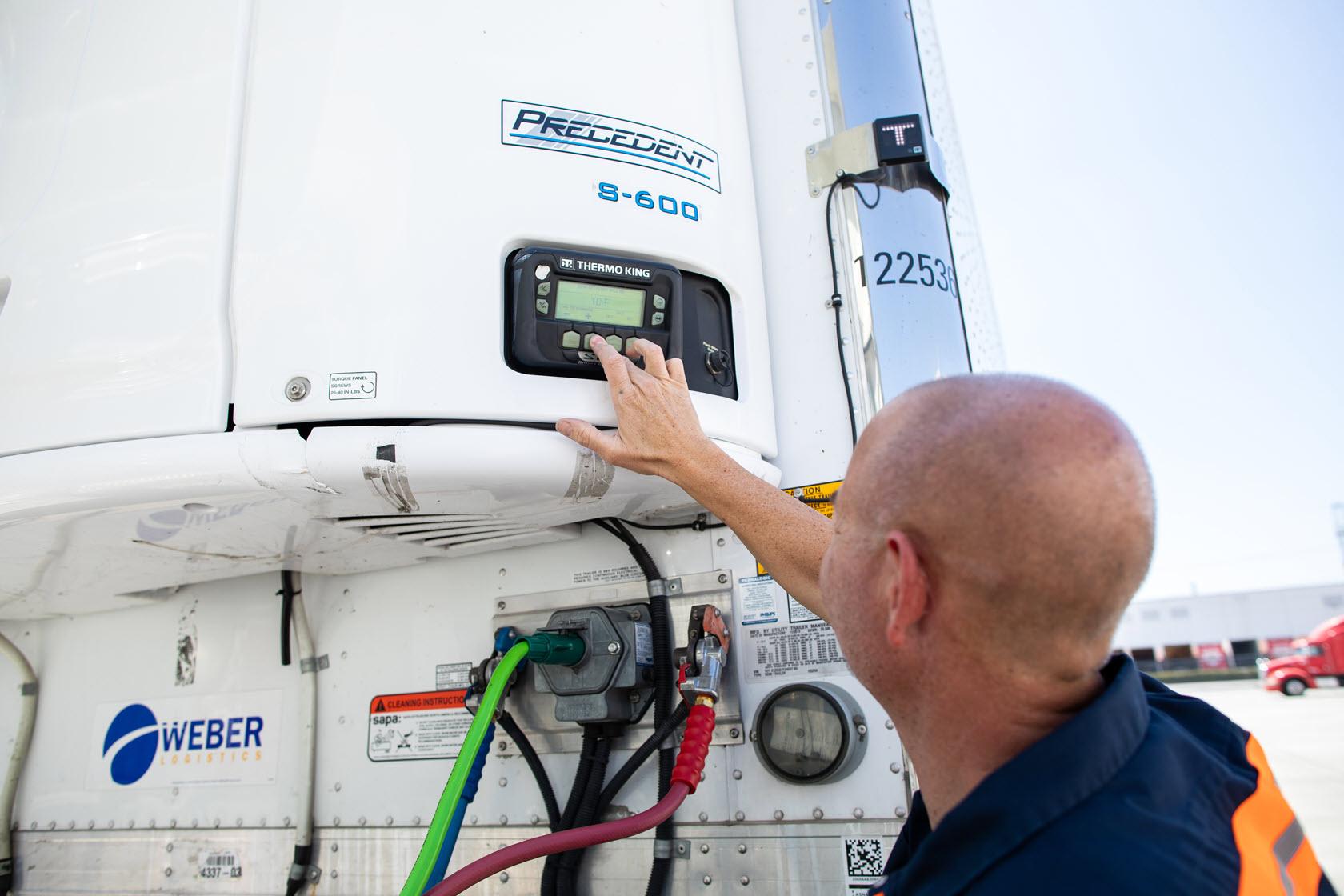
Cold Chain Managment
April 30, 2024
The Guide to Choosing a Temperature-Controlled Transportation Provider
In the intricate world of temperature-controlled trucking, selecting the right provider is the key to ensuring the safety and quality of your products during transit. In this article, we cover 5...
Happening Now
April 25, 2024
Happening Now: Tracking Maritime Cargo Trends
Supply Chain Dive has developed a new cargo tracker on its website where users can track cargo activity at US ports and read the latest port-related articles. Recent additions to the page, for...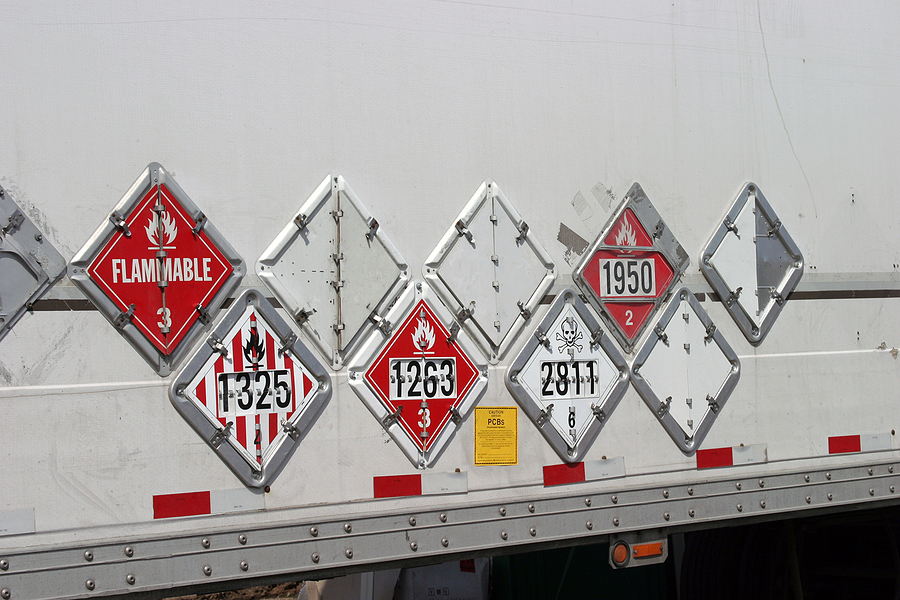
Chemical Logistics
April 18, 2024
A Guide to Safe Chemical Trucking
Hazardous materials barreling down the highway in an 80,000-pound tractor trailer – what can go wrong? Unfortunately, a lot can.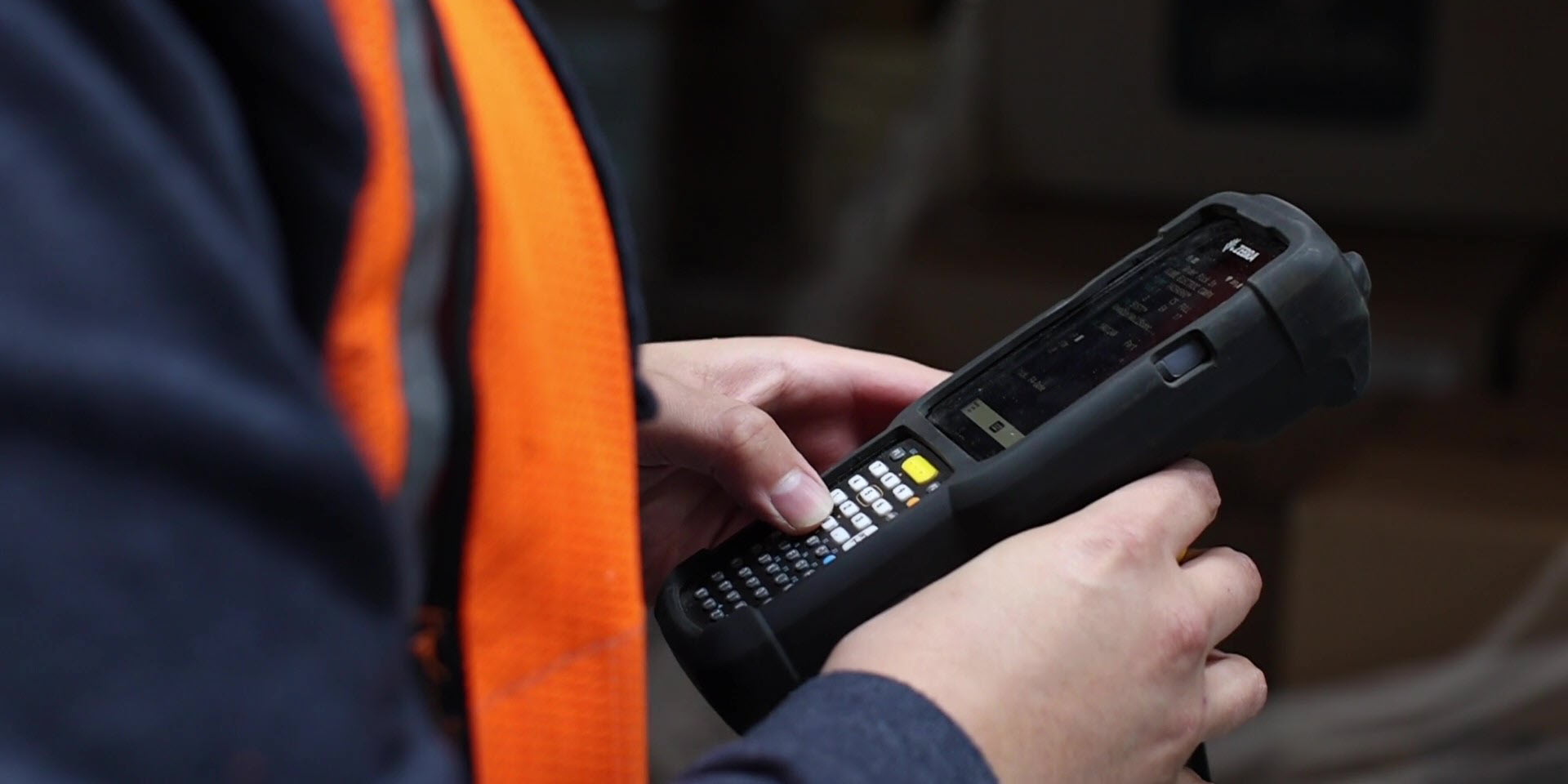
Happening Now
April 17, 2024
Happening Now: Employee sentiment rebounds
According to an article in Supply Chain Dive, a new report shows that workers are less likely to leave their positions in the next 6 months. This report from Eagle Hill Consulting also shows that...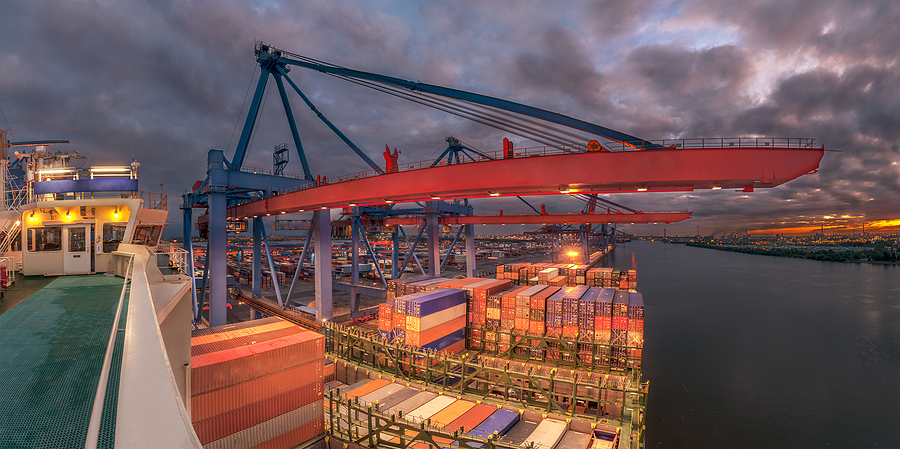
Happening Now
April 11, 2024
Happening Now: US retailers upgrade H1 import forecast
According to the JOC, US retailers have significantly revised their import forecast for the first half of 2024 upwards. This upgrade is buoyed by ocean carriers expanding services across all coasts,...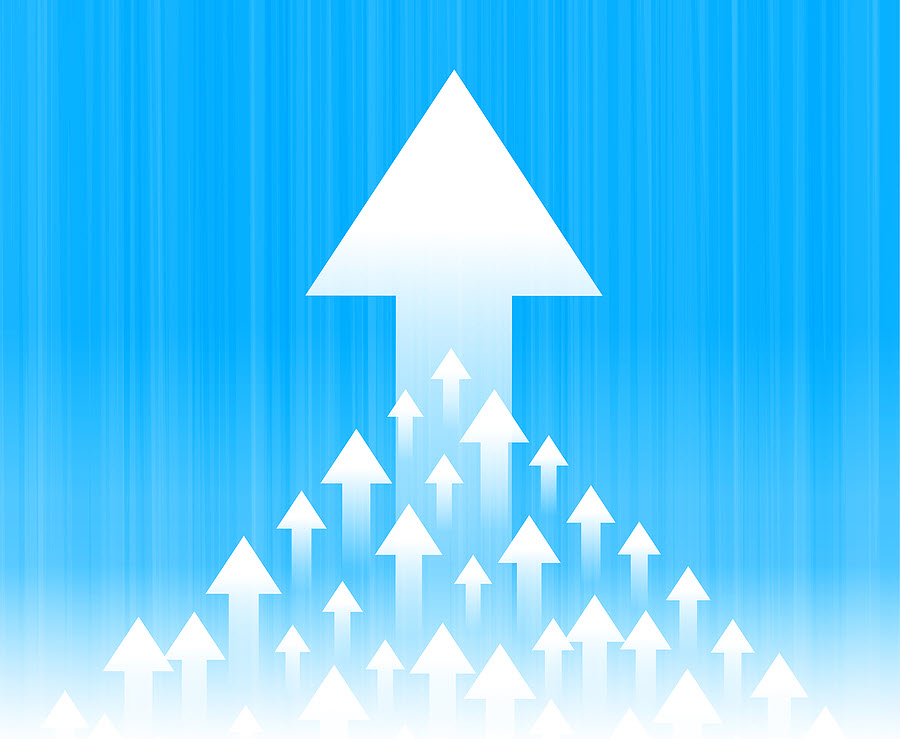
Happening Now
April 10, 2024
Happening Now: Five Trends for 2024 Supply Chain Success
An article in SupplyChainBrain identifies the strategies, tactics and technologies that will drive supply chain success in 2024 and beyond. These include ongoing concerns like tackling the labor...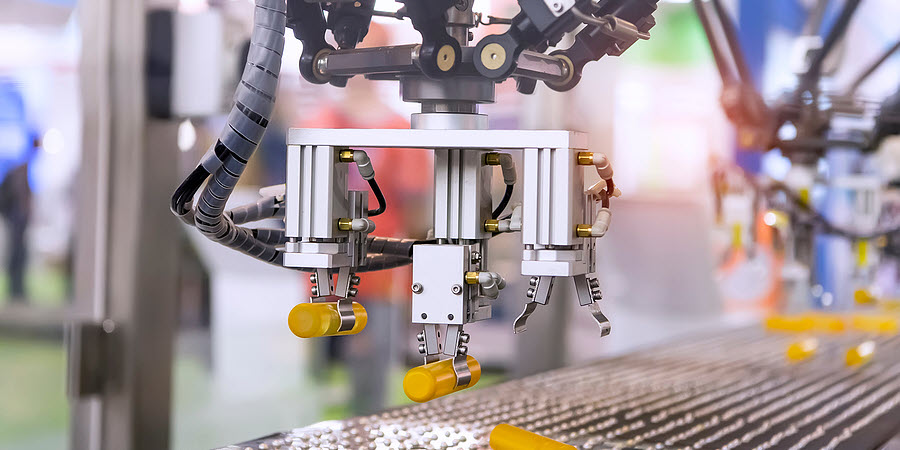
Happening Now
April 4, 2024
Happening Now: U.S. Manufacturing Index Rises, Signaling Economic Improvement
According to MarketWatch, a leading barometer of business conditions at U.S. manufacturers turned positive in March for the first time in 17 months. This is another sign that the industrial side of...
Happening Now
April 1, 2024
Happening Now: The Top 10 Supply Chain Schools
Supply Chain 24/7 has released its list of the top universities for studying supply chains. Six of these schools – including #1-ranked MIT – are in the US, while four are in Europe.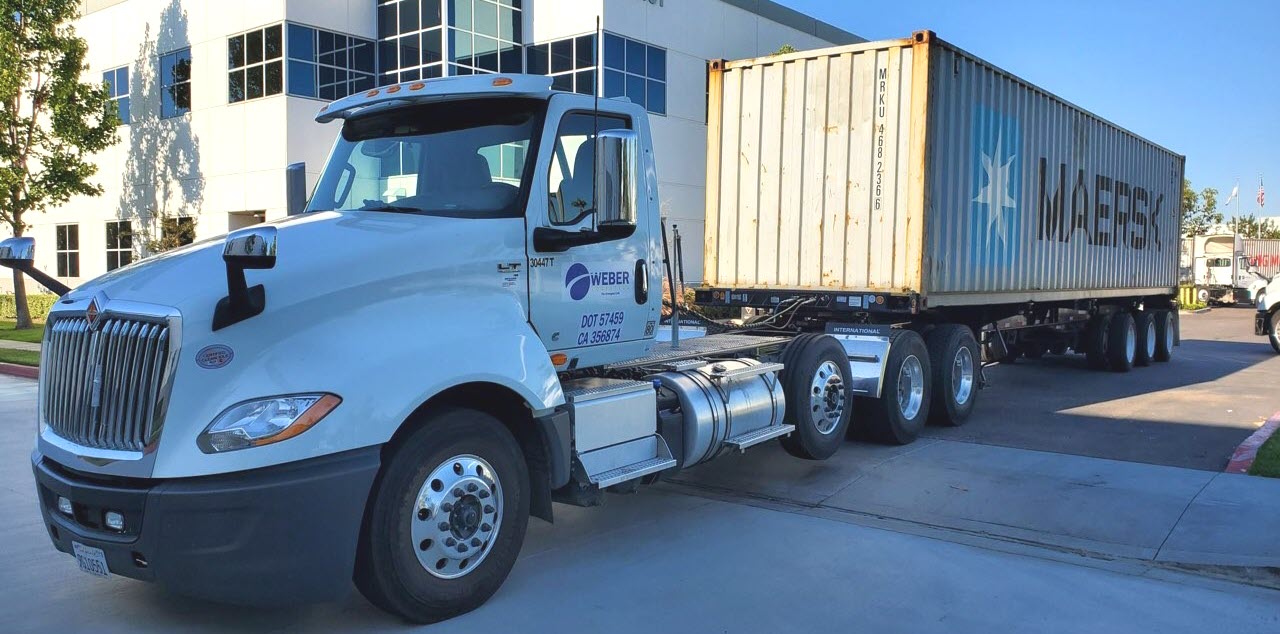
3PL Outsourcing
March 29, 2024
Select an Asset-Based Carrier for Drayage to Speed Distribution
Some companies will choose to have their ocean carrier perform “port-to-door” drayage services. While this approach may be convenient, it can also be detrimental to your port-to-market distribution...
Happening Now
March 22, 2024
Happening Now: EV trucking grid could cost $1 trillion
FreightWaves reports that the Biden administration’s plan to decarbonize the trucking industry will come with a staggering $1 trillion price tag. This is according to a study released by the Clean...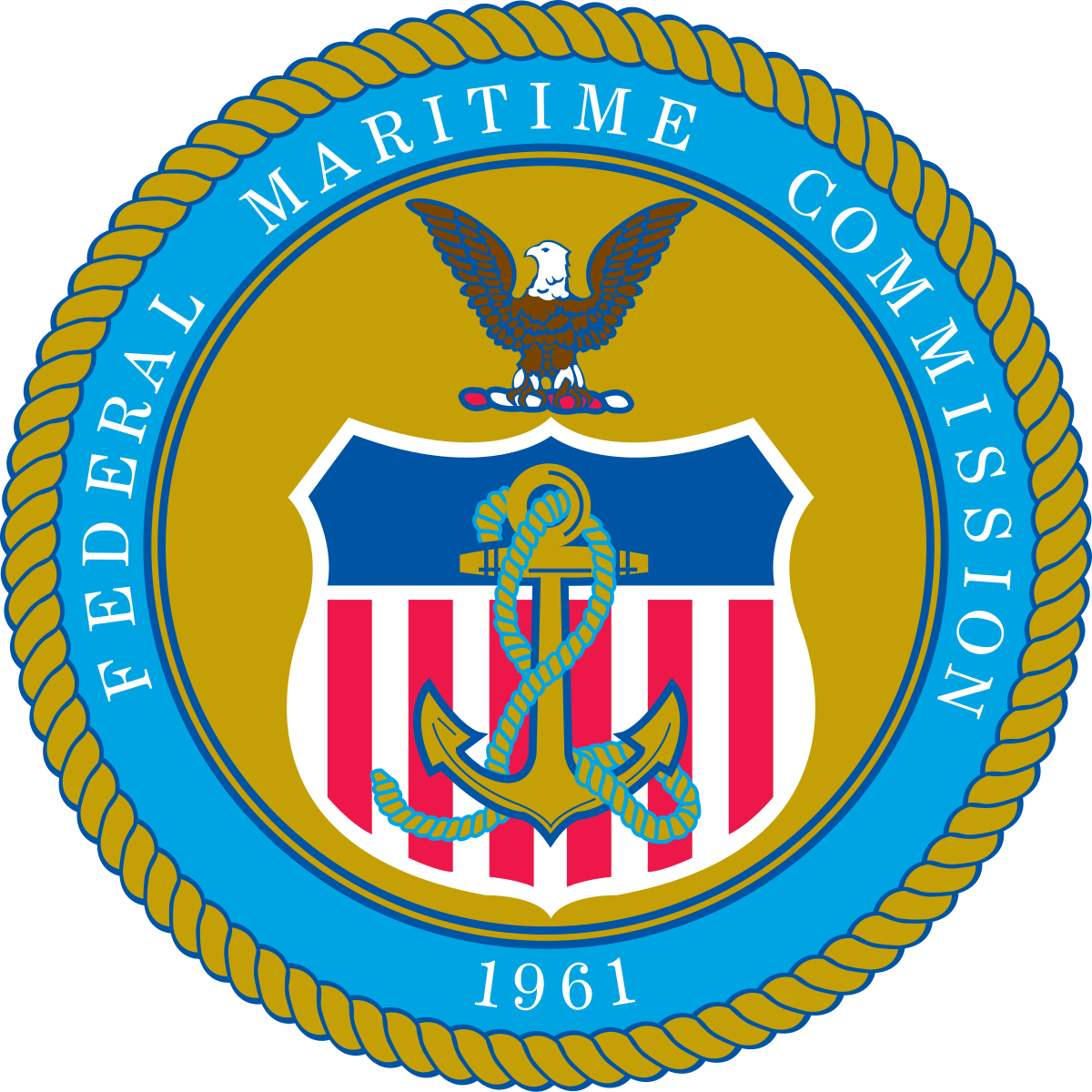
Happening Now
March 15, 2024
Happening Now: Truckers Applaud FMC Container Fee Rule
The Federal Maritime Commission's (FMC) new ruling on detention and demurrage (D&D) charges, effective May 28, is welcomed by the trucking industry, particularly for those involved in international...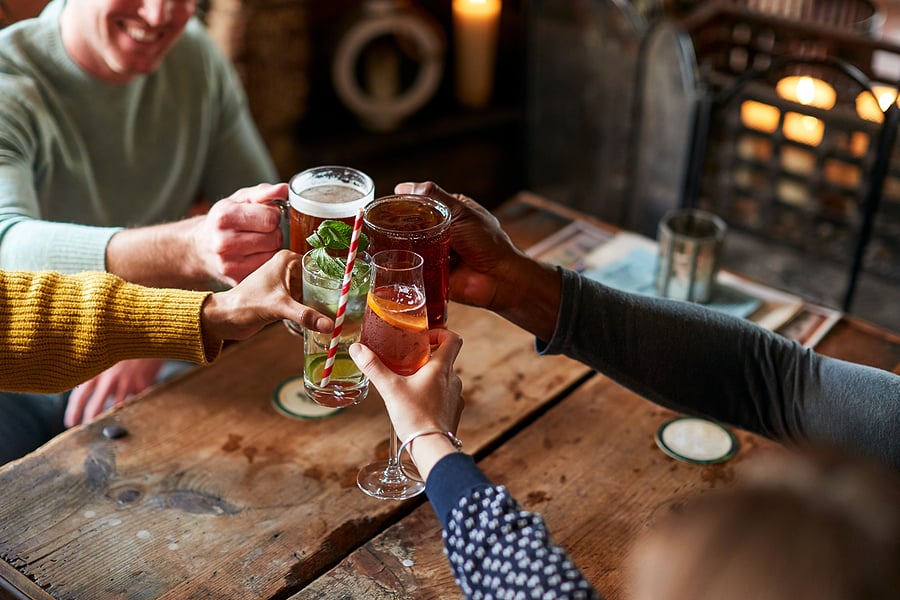
Temperature Controlled Warehousing
March 14, 2024
Key considerations in finding an alcohol logistics services provider
When looking for an alcohol logistics services provider, there are several considerations you should address to ensure that your products will be handled and distributed safely, securely, legally,...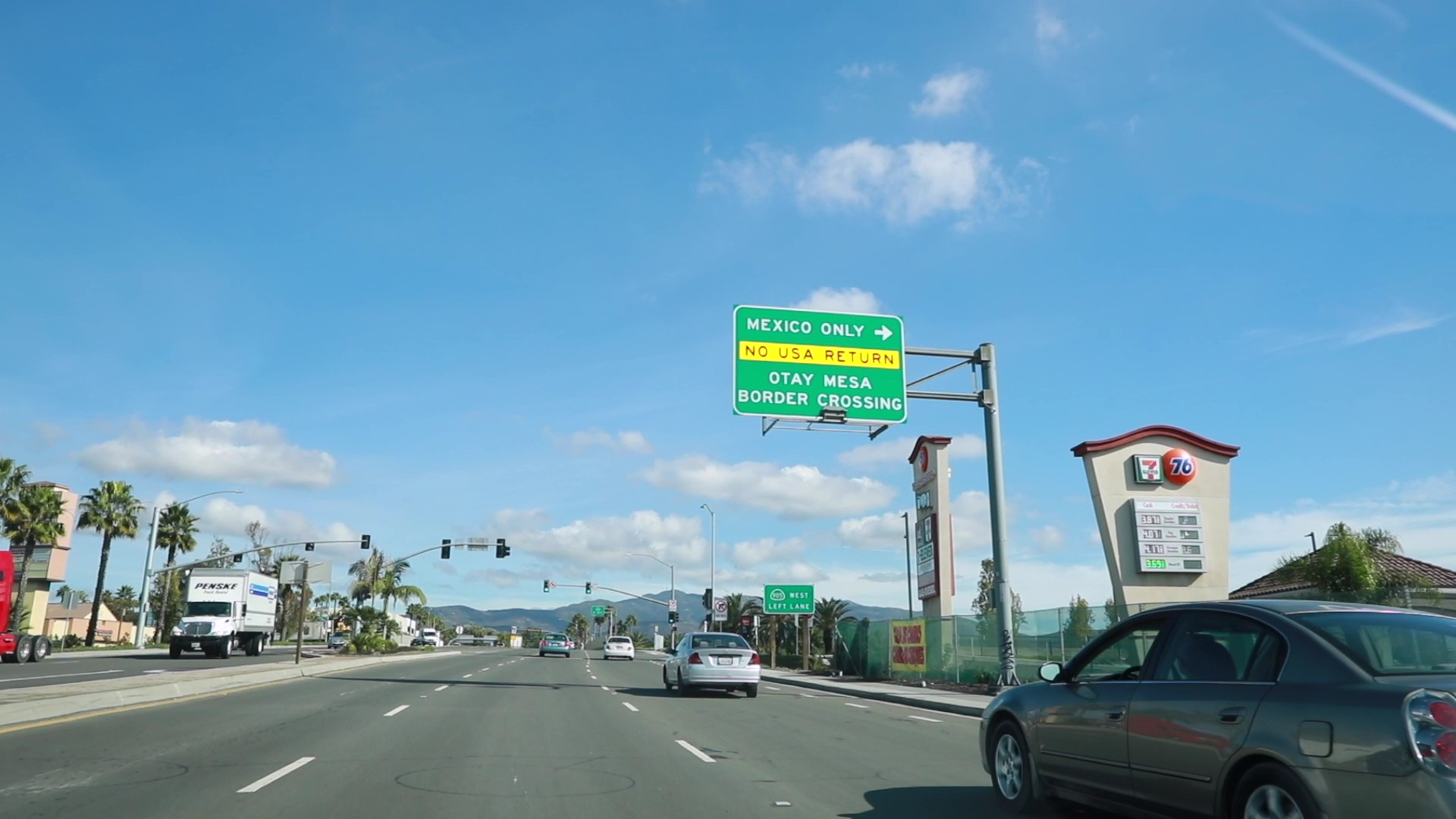
Happening Now
March 7, 2024
Happening Now: US Companies Expand into Mexico
According to Transport Topics, the nearshoring trend, which involves companies moving offshore operations closer to home, has spurred transportation and logistics investments near the Mexican border...
West Coast Distribution
February 29, 2024
What to look for in an apparel logistics services provider
Economic uncertainty, sustainability initiatives, and a crowded consumer marketplace are just a few of the challenges facing apparel manufacturers at the moment. To mitigate these challenges, apparel...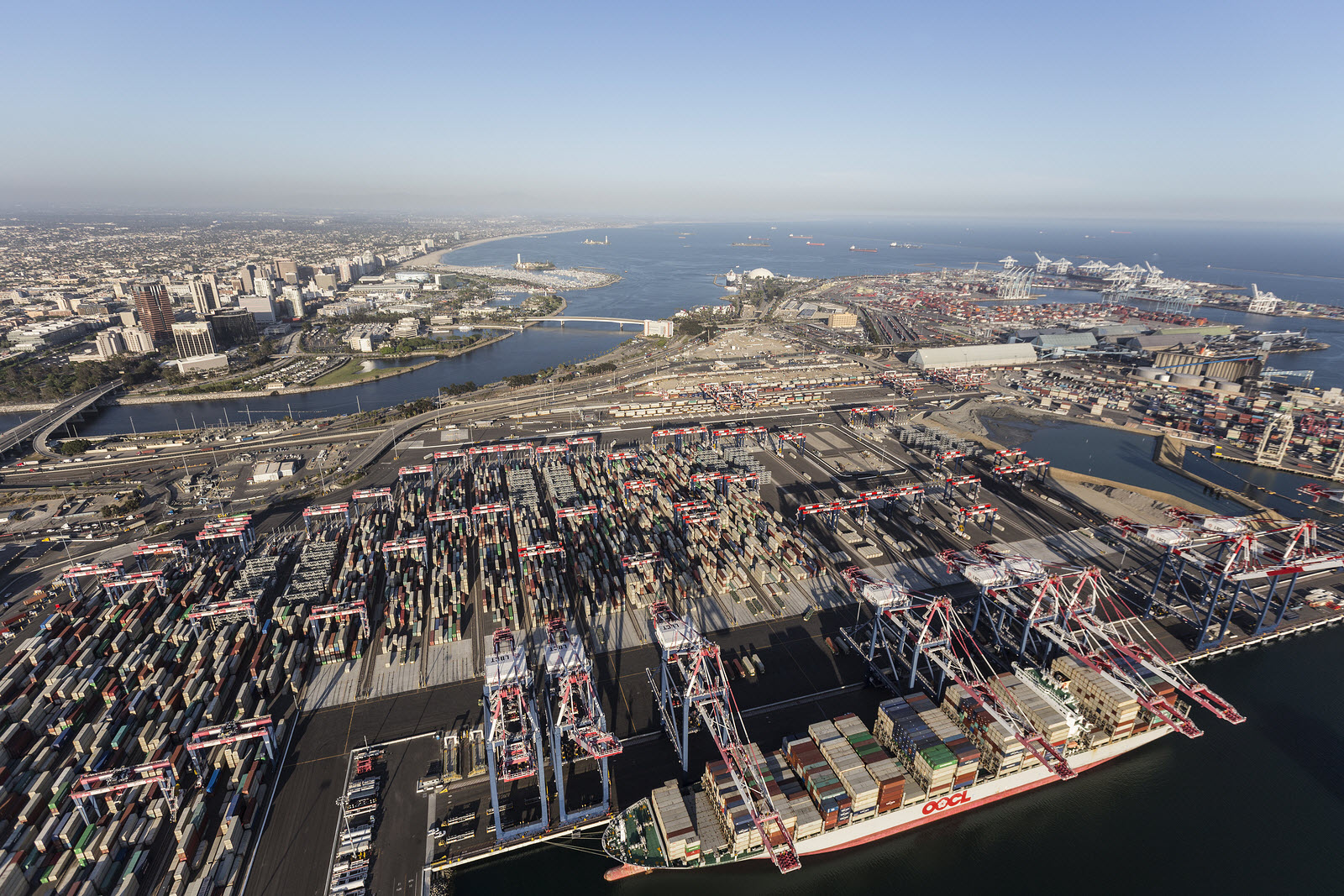
Happening Now
February 28, 2024
Happening Now: Port of Long Beach cargo volumes up 18% in January
According to Supply Chain Dive, Port of Long Beach volumes reached over 674,000 total TEU in January. This marks an 18% YoY increase from last January. The Port’s CEO, Mario Cordero, attributes the...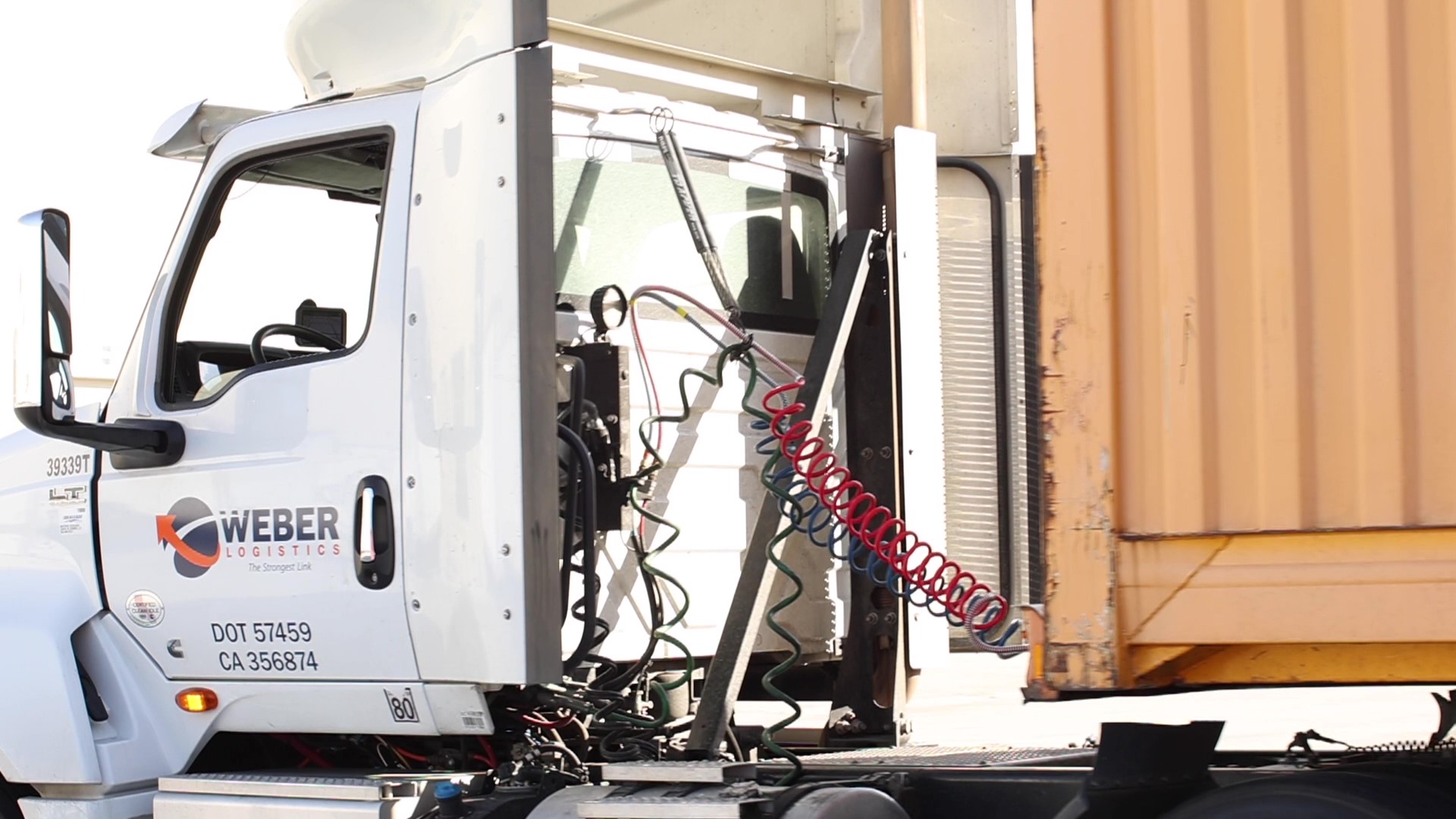
Happening Now
February 23, 2024
Happening Now: A Shipping-Market Rebound Taking Shape
According to The Wall Street Journal, the logistics and shipping industry is witnessing signs of recovery after nearly two years of downturn, marked by an increase in demand and rising freight rates...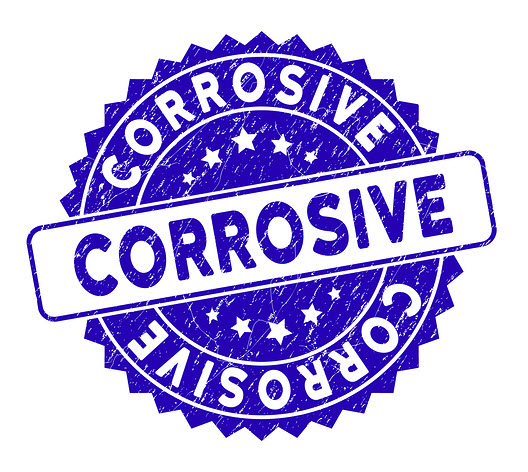
Logistics Management
February 15, 2024
Storage of corrosive chemicals: 5 warehousing essentials
The storage of corrosive chemicals, whether liquid or solid, is a tightly controlled process. Many risks present themselves if proper specifications and handling methods are absent. Fires,...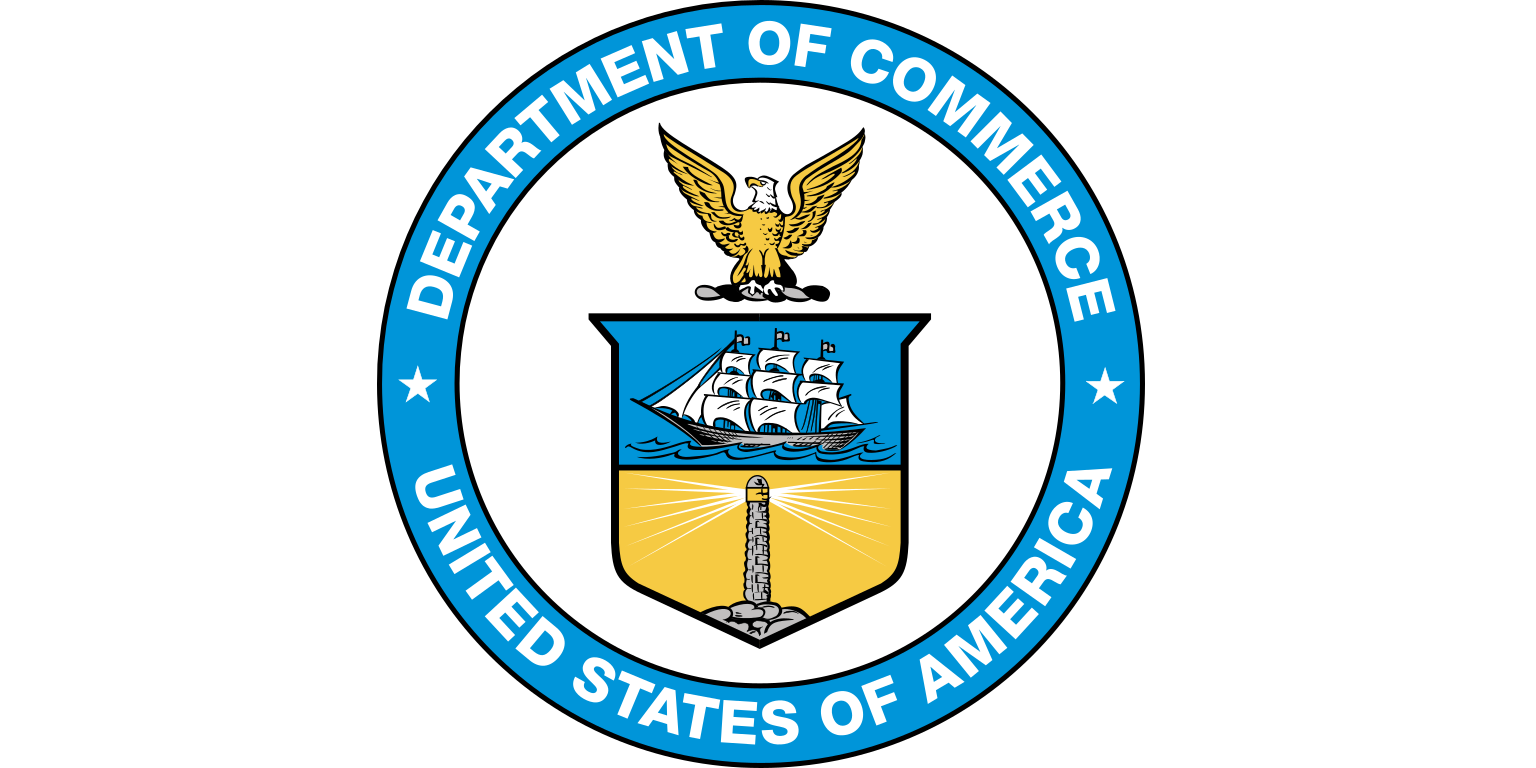
Happening Now
February 6, 2024
Happening Now: The Supply Chain Agreement goes into effect this month
The U.S. Department of Commerce announced that the Supply Chain Agreement, part of the Indo-Pacific Economic Framework for Prosperity, will come into effect on February 24, 2024, marking a...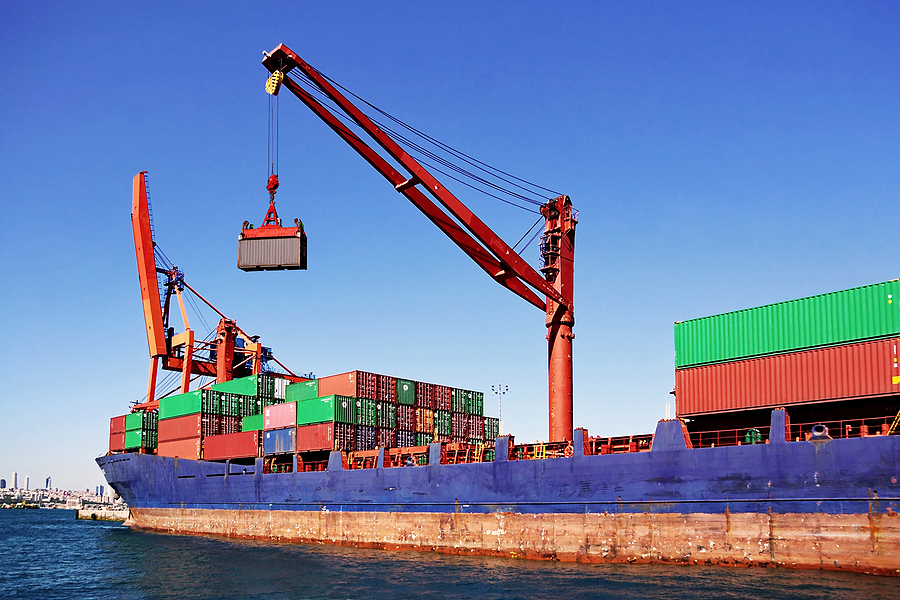
Happening Now
February 1, 2024
Happening Now: Red Sea concerns may boost West Coast shipments
According to FreightWaves, the recent spike in shipping costs resulting from ocean carriers avoiding the Middle East conflict poses a potential long-term threat to rates. Retailers are currently...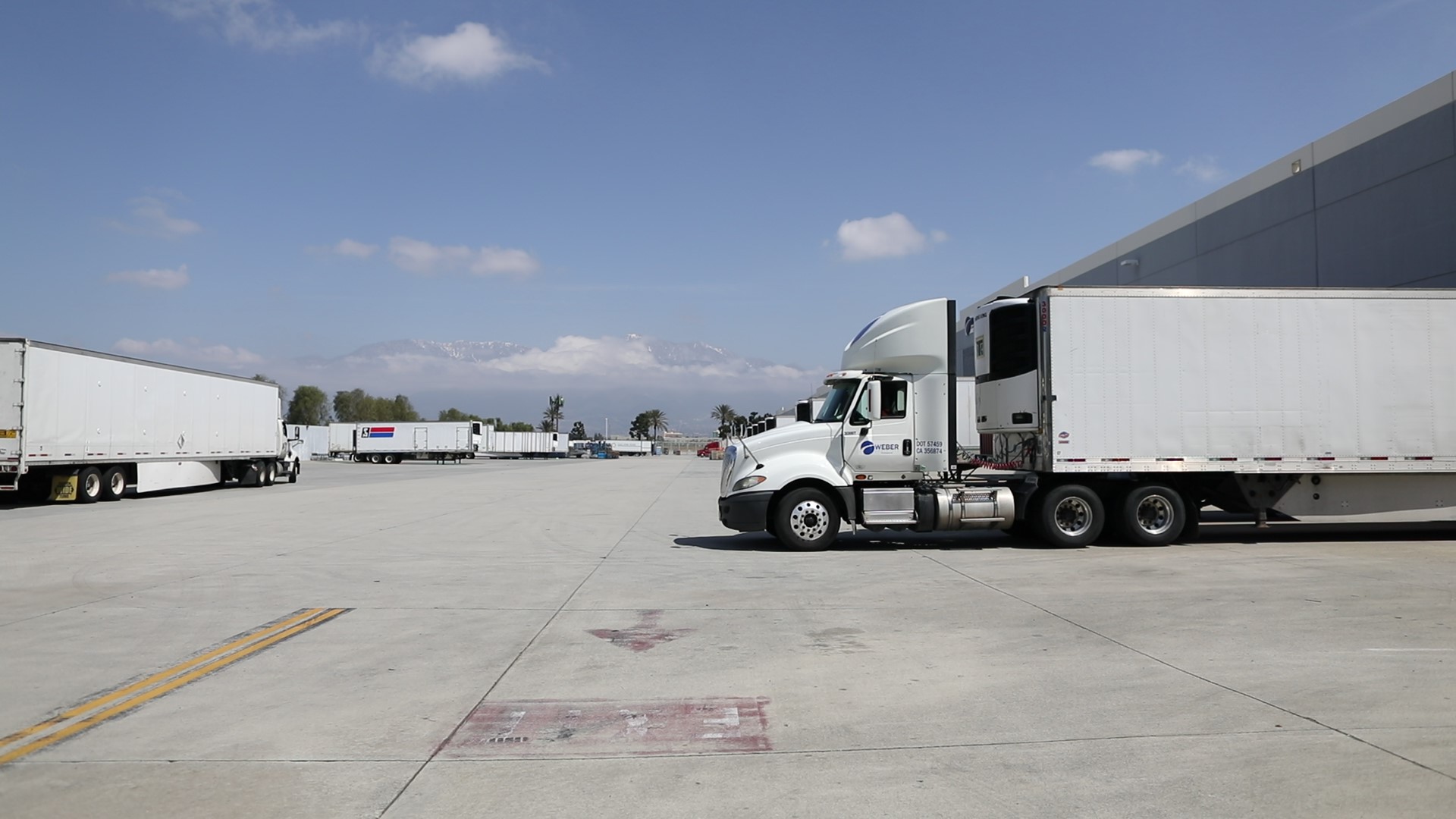
Transportation Strategies
January 31, 2024
5 advantages of partnering with a regional truckload services provider
When you’re shipping freight within a region of the US, you have options for the type of carrier you partner with. You can work with one of the large long-haul carriers that operate nationwide. Or...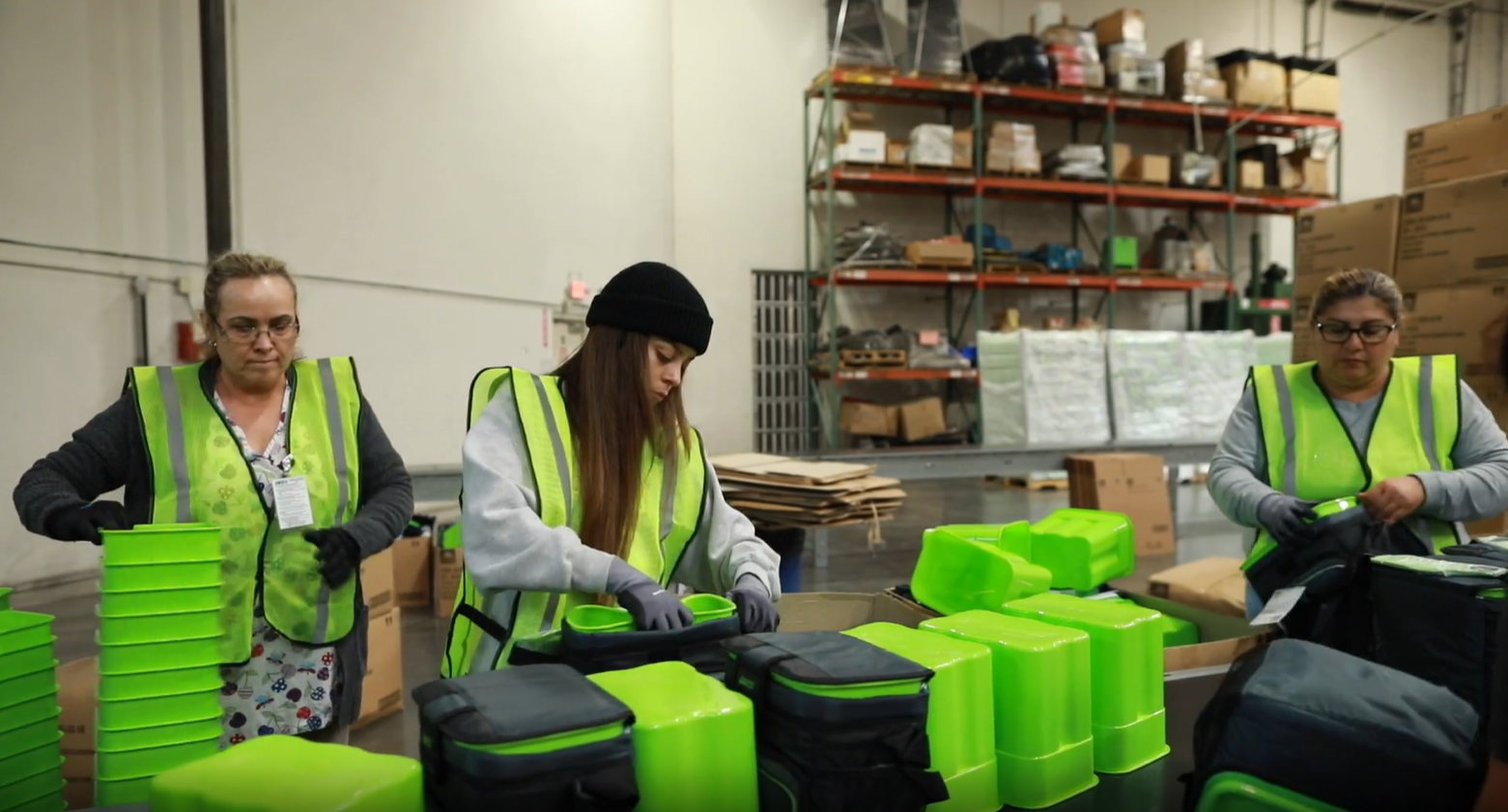
Warehouse operations
January 18, 2024
What is inventory postponement in the supply chain?
We all know that speed is a key part of supply chain efficiency. It may seem counterintuitive that a service with “postponement” in its name could increase speed and efficiency, but it can. We’re...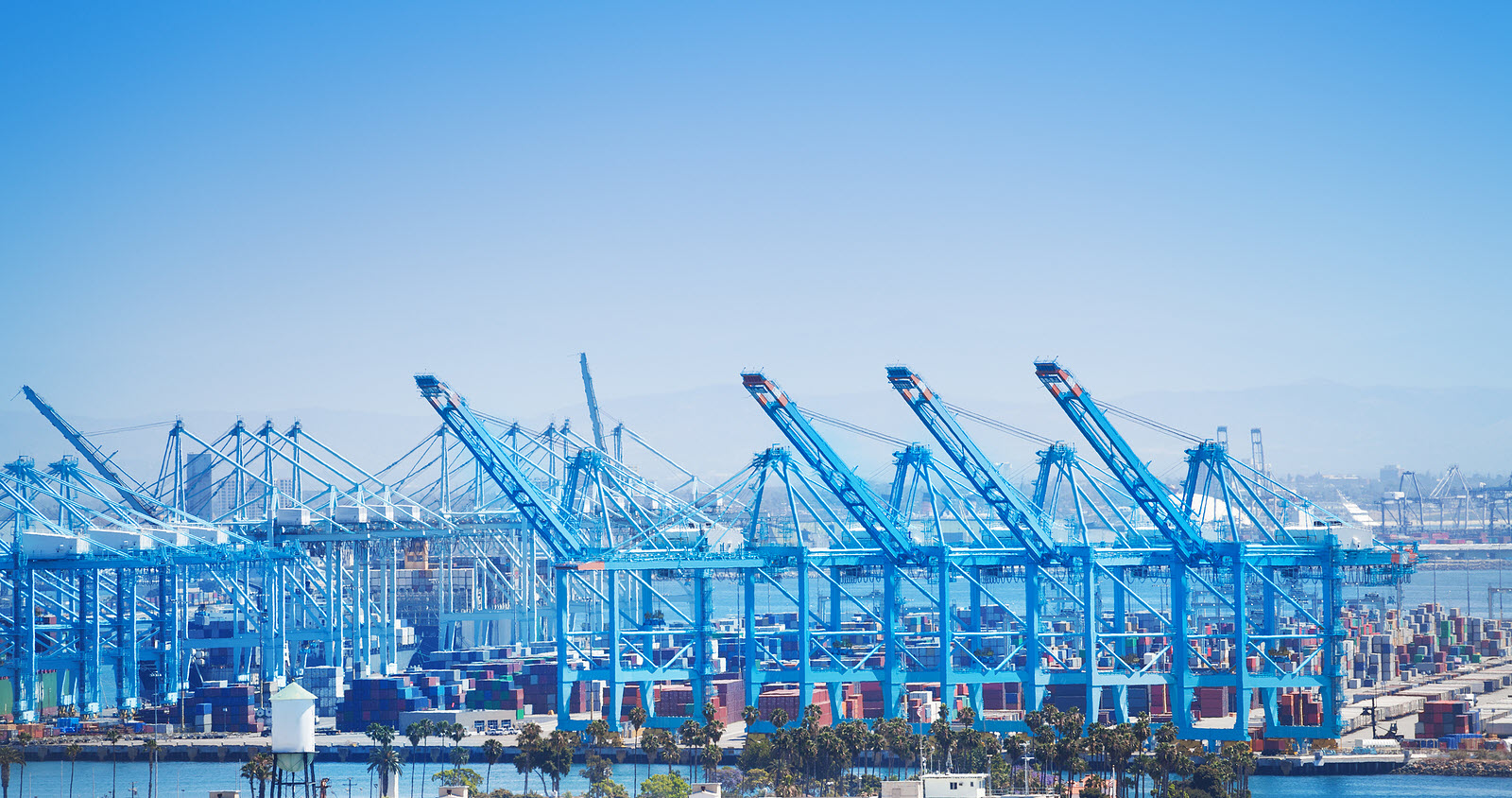
Happening Now
January 16, 2024
Happening Now: West Coast imports expected to surge
According to The Loadstar, US West Coast ports are anticipating a surge in imports due to a combination of supply chain and geopolitical disruptions. These disruptions include transit difficulties...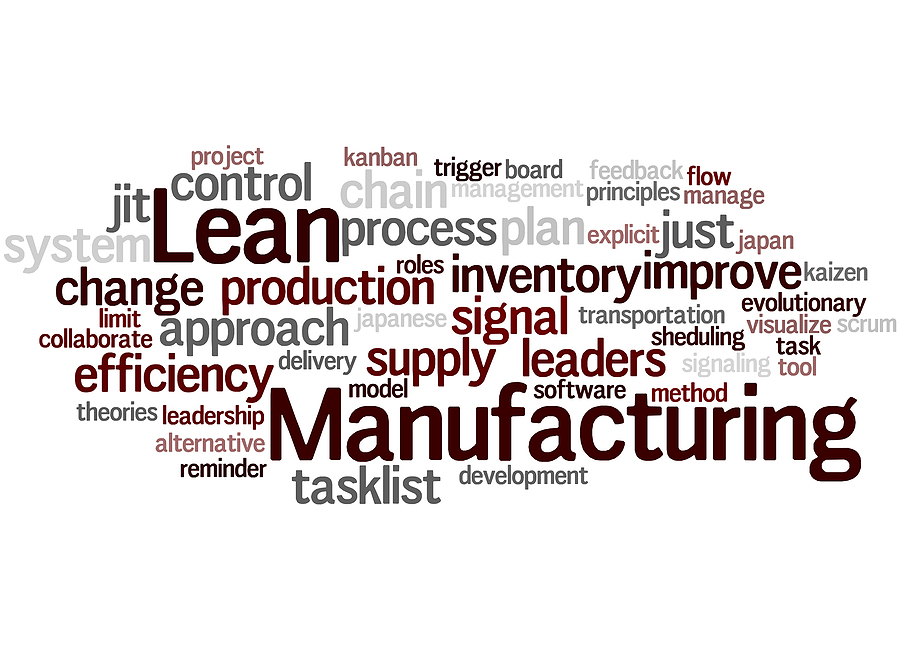
Happening Now
January 12, 2024
Happening Now: a Lean transformation in action
A recent article from Supply Chain Digest was written in conjunction with the Lean Enterprise Institute (LEI). The article focuses on the Lean transformation recently undertaken by aerospace...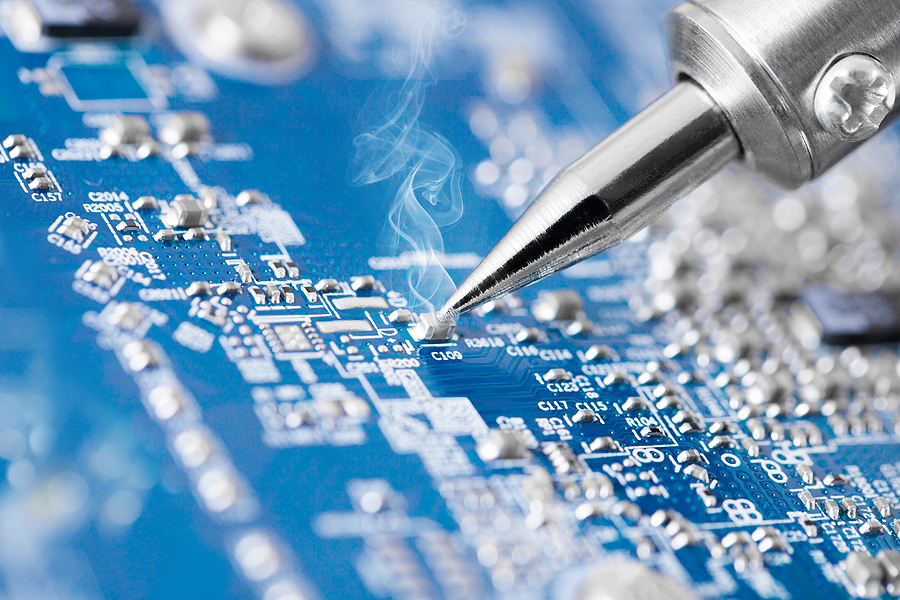
Happening Now
January 4, 2024
Happening Now: Optimism for Manufacturing in 2024
According to Supply Chain Dive, the US manufacturing industry ended 2023 with growing optimism for a 2024 rebound. Both the ISM and S&P Global PMI indices pointed to rising business optimism and...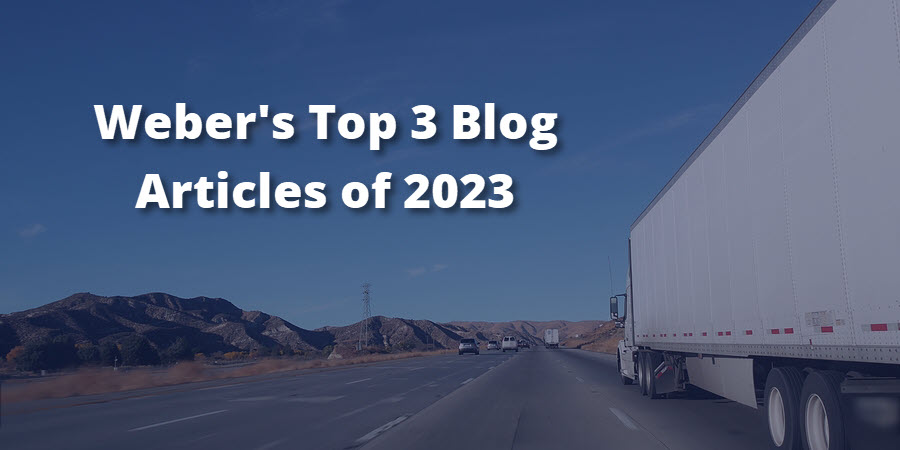
West Coast Distribution
December 28, 2023
Weber Logistics’ Top 3 Most-Read Blog Posts of 2023
As we bid farewell to another eventful year in the logistics industry, we take a moment to reflect on the content that resonated most with our readers. In 2023, our blog covered a wide range of...
Happening Now
December 20, 2023
Happening Now: Optimistic signs for 2024 Transportation Market
According to FreightWaves, the gap between trucking supply and demand is narrowing, which bodes well for 2024. Tender volumes are about 10% higher this December compared to last, continuing the trend...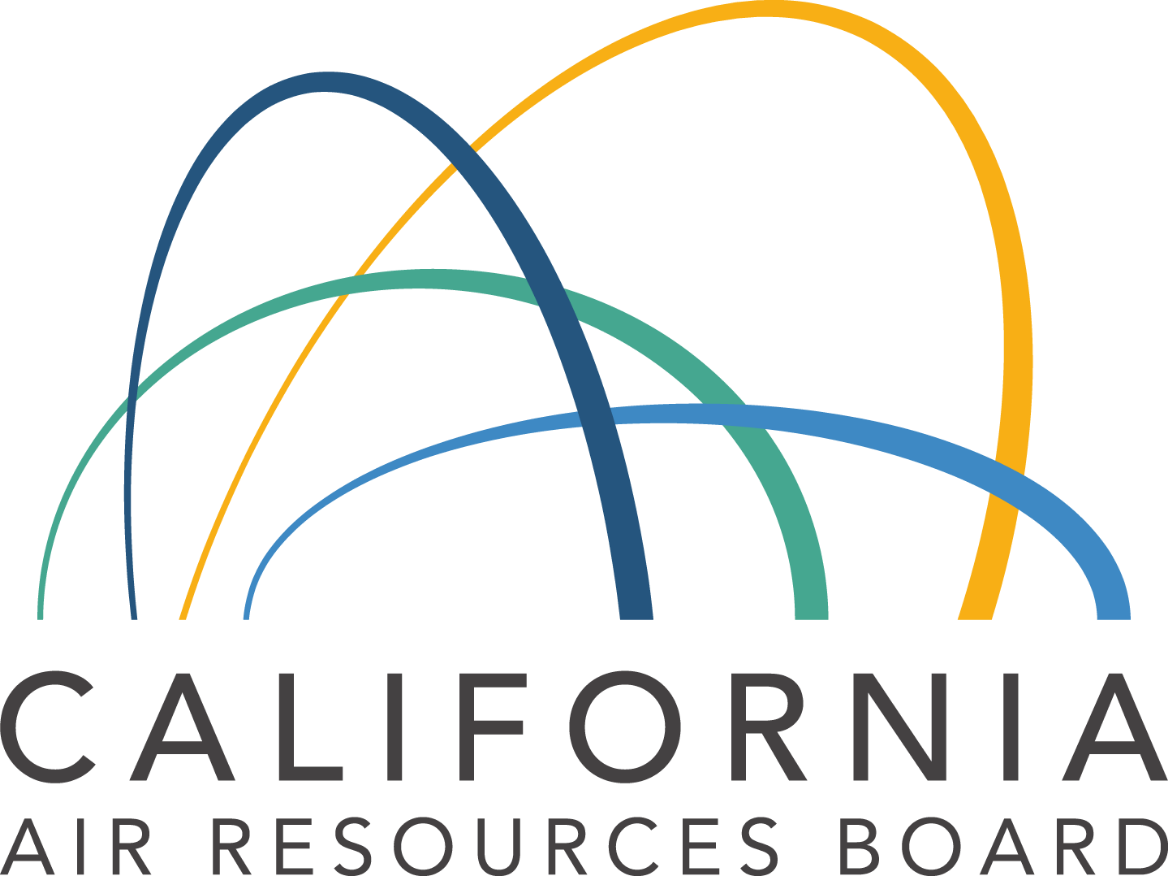
Drayage
December 14, 2023
Drayage Companies in California Must Meet New CARB Requirements as of January 1st
With the new California Air Resources Board (CARB) regulations taking effect on January 1st, 2024, it's crucial for businesses to ensure their drayage providers are compliant. These regulations aim...
Happening Now
December 5, 2023
Happening Now: Freight volumes down in Atlanta, up on West Coast
According to FreightWaves volume data, Atlanta’s share of the US freight market has fallen more than 11% over the past year. While, over the same period, the freight markets in California are...
west coast warehouses
November 30, 2023
Alcohol Warehousing in CA: What to Look for in a 3PL Provider
California, renowned for its wine country and craft beverage scene, presents unique challenges and opportunities for business that require alcohol warehousing. In this article, we examine the key...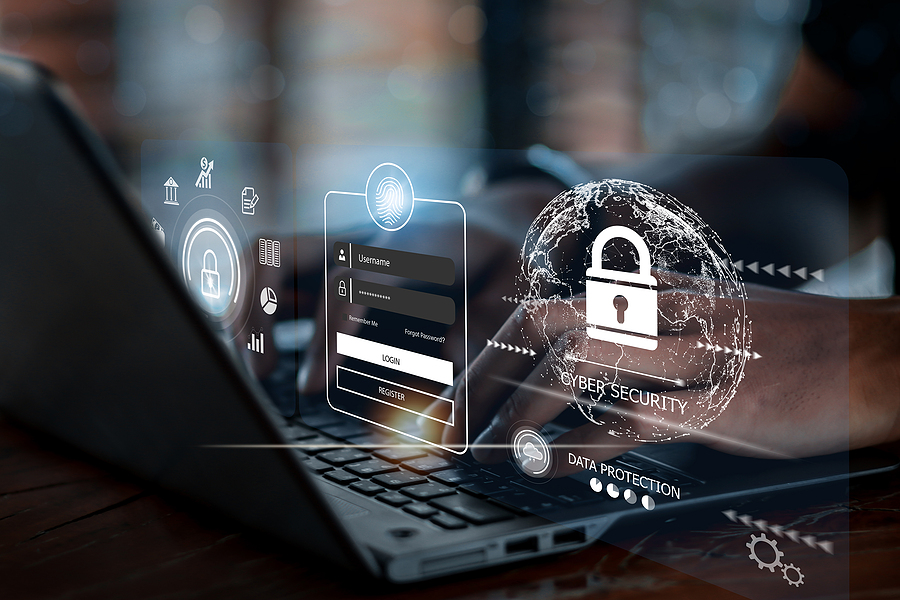
Happening Now
November 29, 2023
Happening Now: Guarding Against Cyber Risk is a Key Logistics Focus
According to Inbound Logistics, “about half (51%) of transportation companies worry about the potential for compromise, theft, and/or loss of customer/client records due to theft.” The article then...
Southern California Ports
November 21, 2023
Understanding the potential disruption with East Coast imports
As the negotiations between the West Coast ports and longshoremen dragged on in 2022 and 2023, some companies began redirecting import freight into the East Coast. Since then, however, the ink has...
Happening Now
November 20, 2023
Happening Now: Asian Imports Shifting Back to West Coast
According to The Loadstar, the market share of containerized imports from Asia to the Ports of Los Angeles and Long Beach has risen over the last three months – increasing from 42% to 46%. The Ports...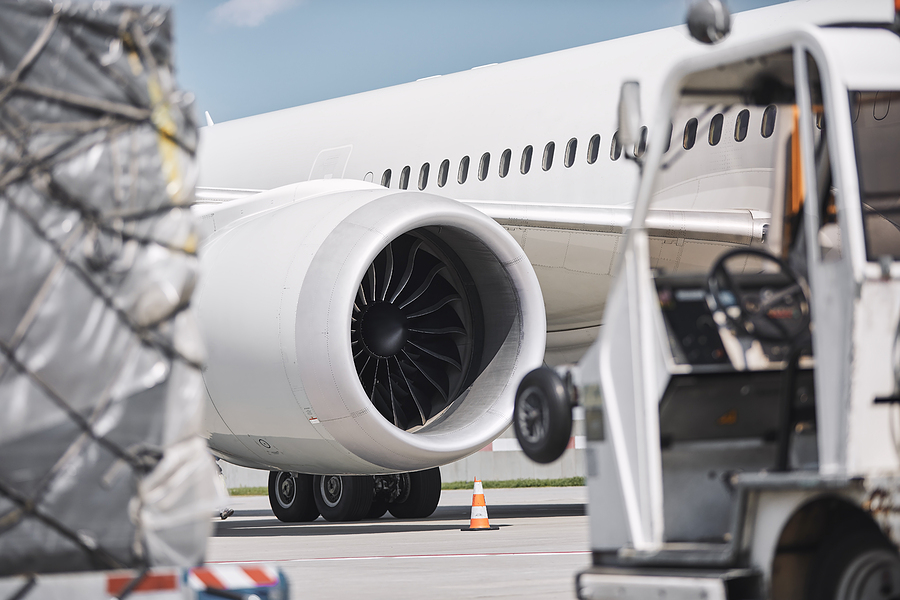
Happening Now
November 2, 2023
Happening Now: Air cargo peak season boost not likely
Industry experts were hoping to see a late-2023 surge in air cargo demand. According to Air Cargo News, however, that doesn’t appear to be happening. Data shows that demand for air cargo only rose 2%...
Happening Now
October 26, 2023
Happening Now: Price is again the main consumer driver
According to an article in Grocery Dive, the priorities of shoppers has changed due to recent price increases related to inflation. New research by Bazaarvoice shows that price is now the main driver...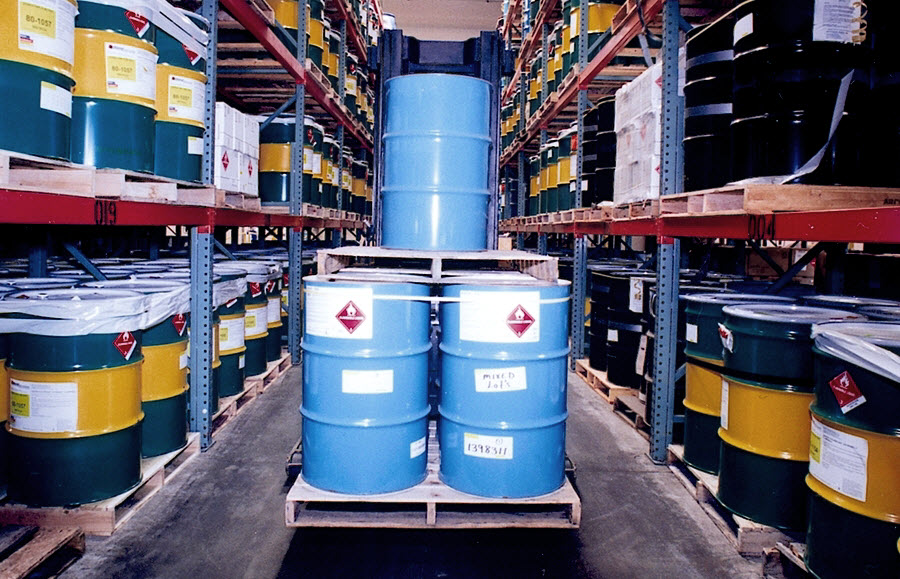
Chemical Logistics
October 26, 2023
Hazardous Material Storage: Frequently Asked Questions
If done incorrectly, hazardous material storage of commercial inventory can be extremely dangerous. A single slip up or oversight doesn’t just impact line items on a balance sheet, it puts lives at...
Happening Now
October 19, 2023
Happening Now: Peak Season Outlook
According to Supply Chain Brain, supply chain experts believe that 2023 peak season volumes will be similar to those seen before the pandemic. This involves an October uptick, a drop in November, and...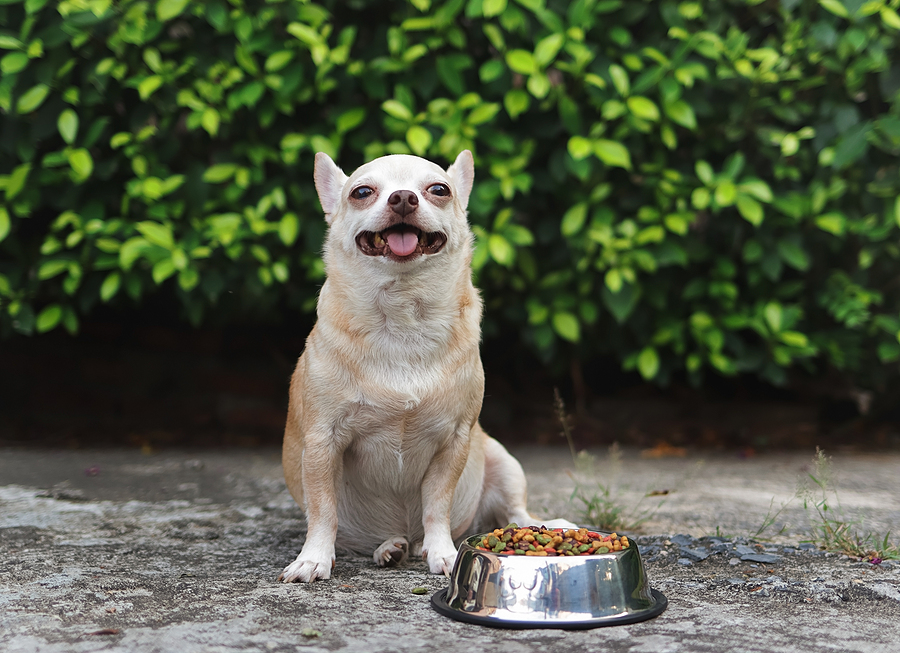
West Coast Distribution
October 19, 2023
What to Look for in a Pet Food Logistics Provider
For millions of Americans, the term ‘family’ applies to both humans and our four-legged friends. Many pet owners will spare no expense in protecting the good health and longevity of their furry...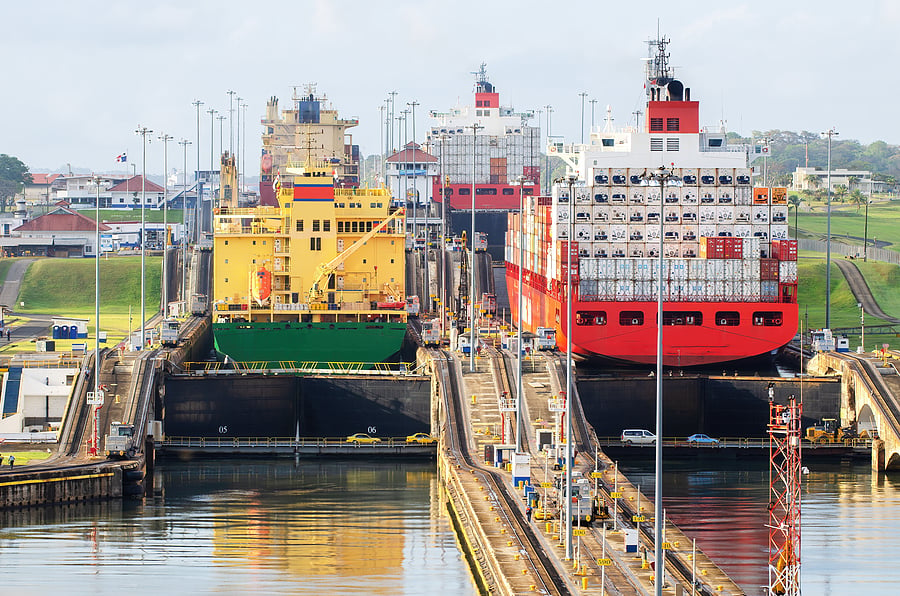
Happening Now
October 5, 2023
Happening Now: Panama Canal reduces the maximum number of ships
According to the Associated Press, the Panama Canal recently announced that it will reduce the number of ships allowed to travel the Canal to 31 per day. This is down from 32 per day in August. The...
Happening Now
September 28, 2023
Happening Now: Industrial Real Estate Market Shows Resilience
According to the Wall Street Journal, the amount of available warehouse space remains historically tight. The article details the current industrial real estate landscape, with a variety of graphs...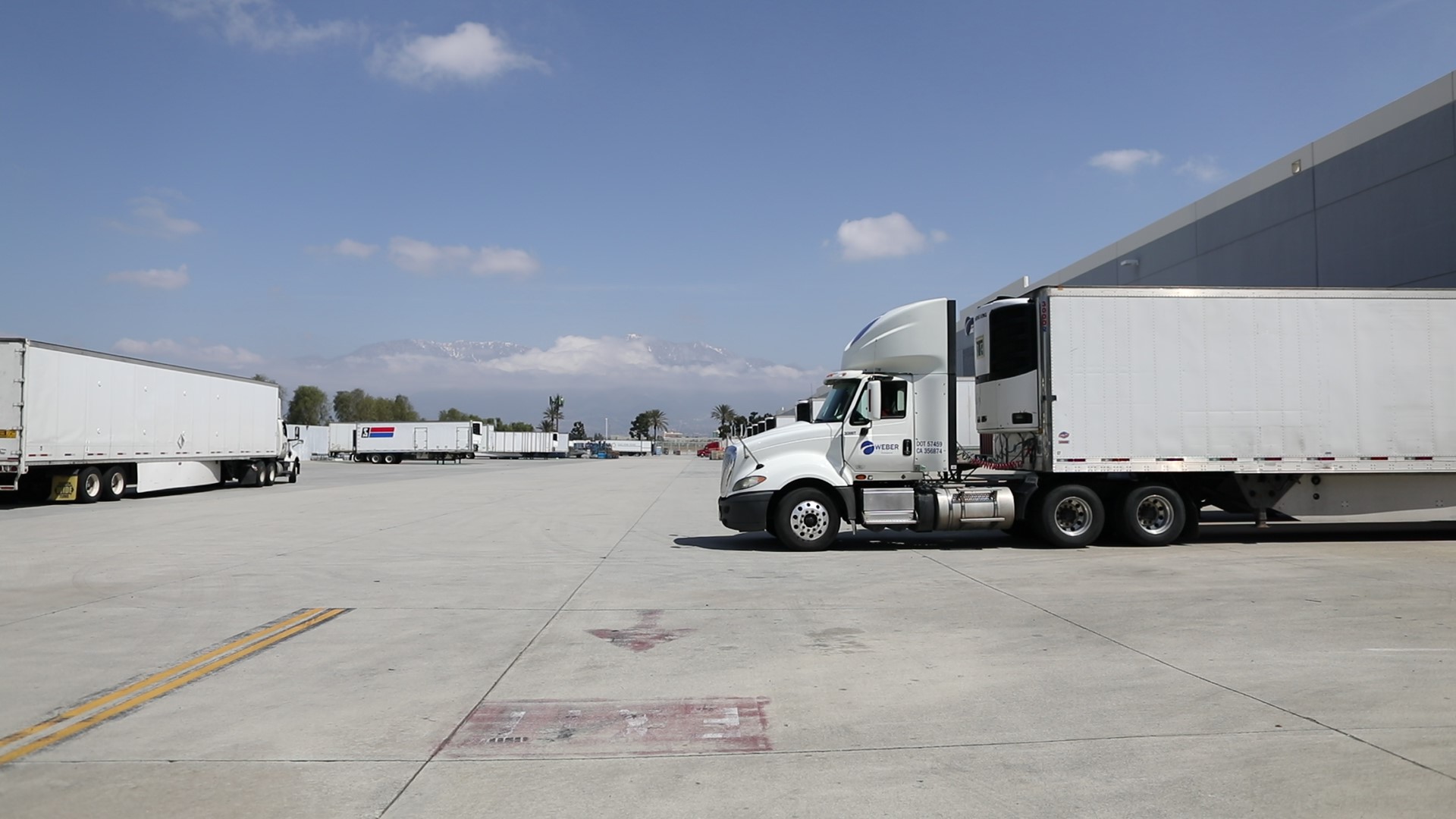
Transportation Strategies
September 26, 2023
Q&A: Are 3PL Dedicated Trucking Services a Good Fit for Your Organization?
With dedicated trucking services, your company can hire a 3PL provider to manage your transportation operations. The 3PL will dedicate equipment and staff solely to your business and will operate as...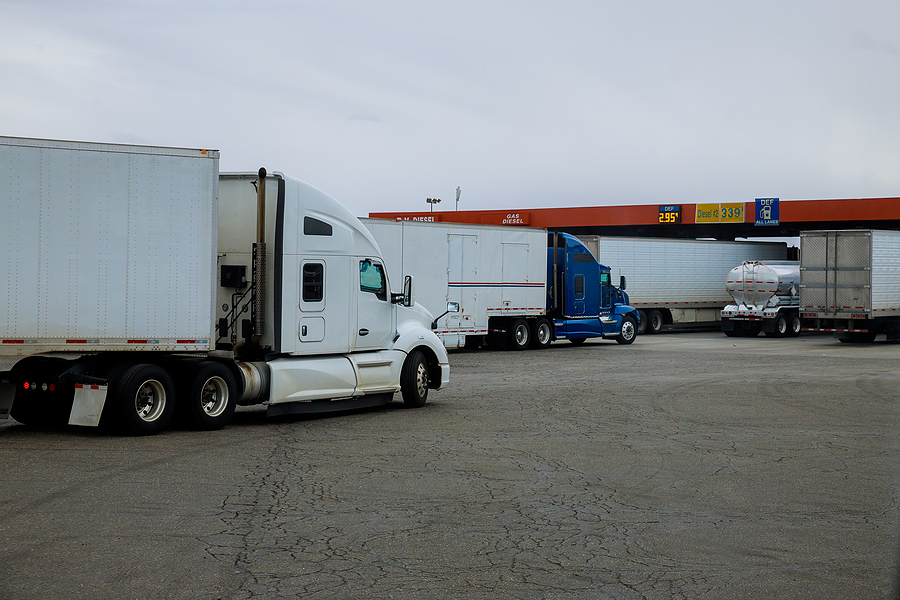
Happening Now
September 20, 2023
Happening Now: Rising fuel prices leading to higher trucking costs
According to the JOC, the price of diesel fuel has increased by 20% over the last three months. This increase in fuel prices is likely to impact trucking companies and their customers as we head into...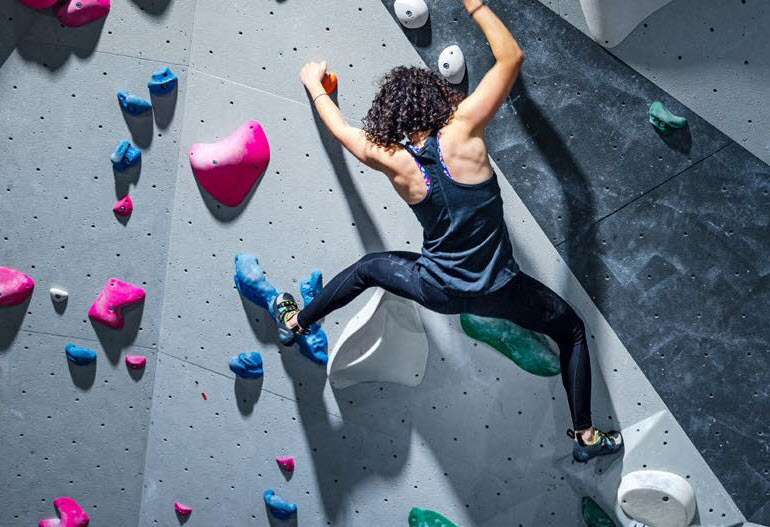
3PL
September 15, 2023
What Does an Agile 3PL Look Like?
The recent Weber Logistics eBook,Supply Chain Agility: The New Logistics Superpower, describes the importance of having an agile 3PL partner that can anticipate disruptions and help you meet them...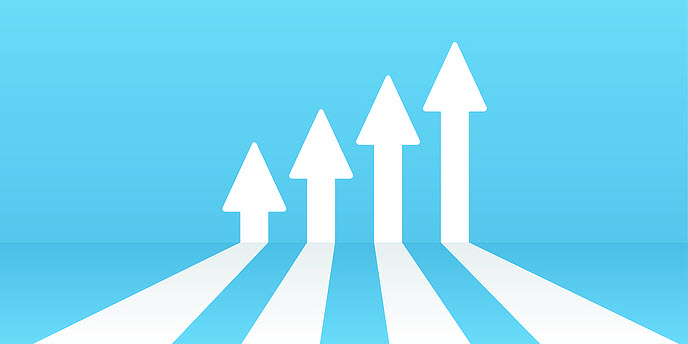
Happening Now
September 14, 2023
Happening Now: US container imports continue to rise
According to FreightWaves, import container volumes in August were up 0.4% from July and up 5.5% from June. August volumes were also 2.5% higher than pre-COVID volumes in August 2019, showing...
Happening Now
September 7, 2023
Happening Now: Contract Talks Begin at East Coast Ports
The current contract for dockworkers at East Coast and Gulf Coast ports is set to expire over a year from now, in late September 2024. According to The Wall Street Journal, unions representing...
Vendor Compliance
August 29, 2023
Rely on omnichannel distribution from a 3PL warehouse
To maximize sales revenue, brands often need to keep two sets of customers happy. Retail partners require compliance with their rigid vendor requirements. And eCommerce customers want their orders...
Southern California Ports
August 15, 2023
Shipping container weight: why bigger is better into LA
Whether container rates are up or down, chances are you’d like to pay less to import containers. Fortunately, there’s a straightforward way to reduce shipping costs when shipping into the Ports of...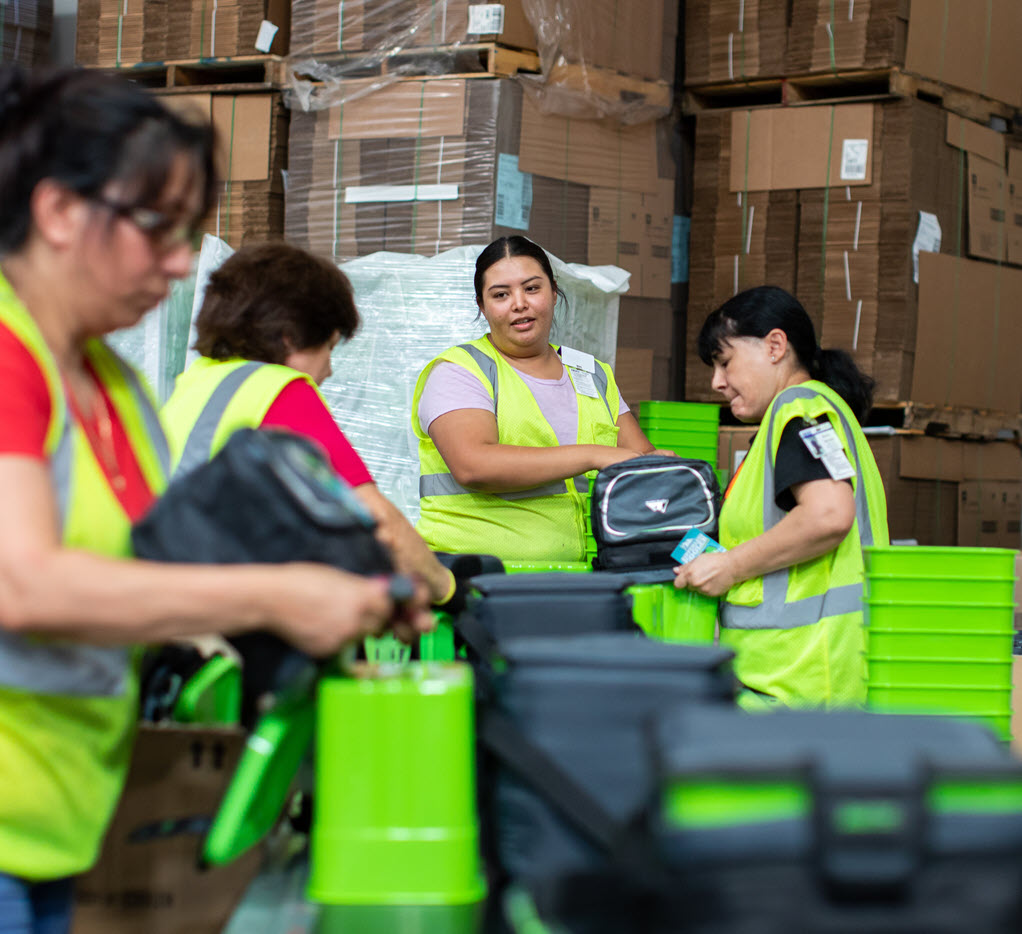
Warehouse operations
July 20, 2023
Can your 3PL perform kitting in the warehouse?
The products that you have sitting in your warehouse – or that of your 3PL warehousing partner – may not be in the configuration that they need to ship to the end customer. For example, you may need...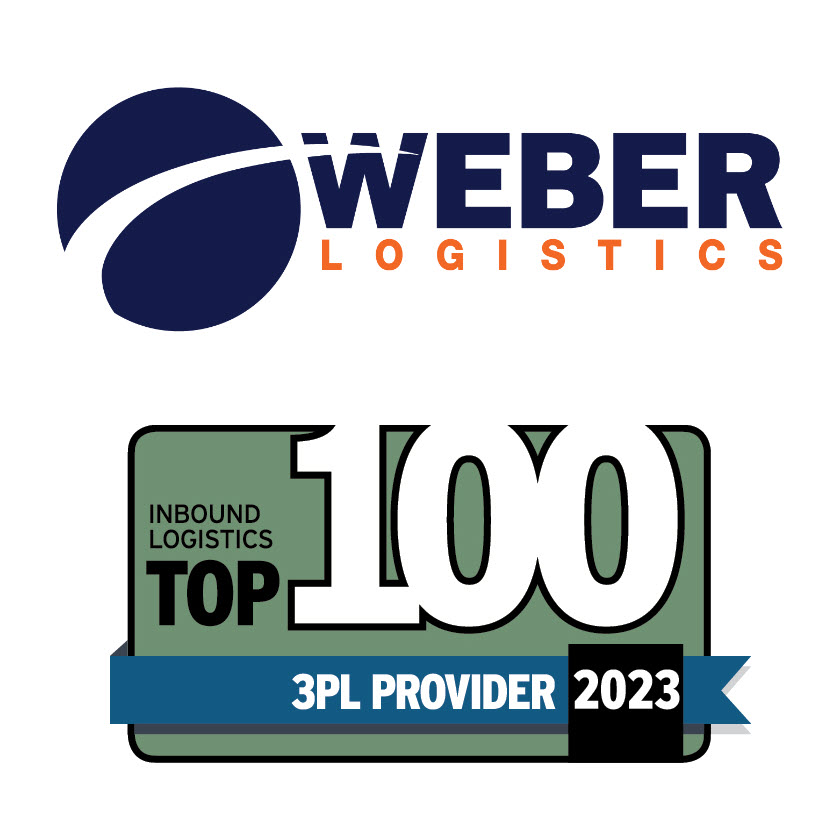
weber logistics news
July 13, 2023
Top-100 3PL, Weber Logistics, Supports Growth with Agile Supply Chain Solutions
Weber Logistics has been named to Inbound Logistics’ 2023 list of the top 100 3PL providers. Weber, a provider of integrated, agile supply chain solutions, was selected out of a pool of hundreds of...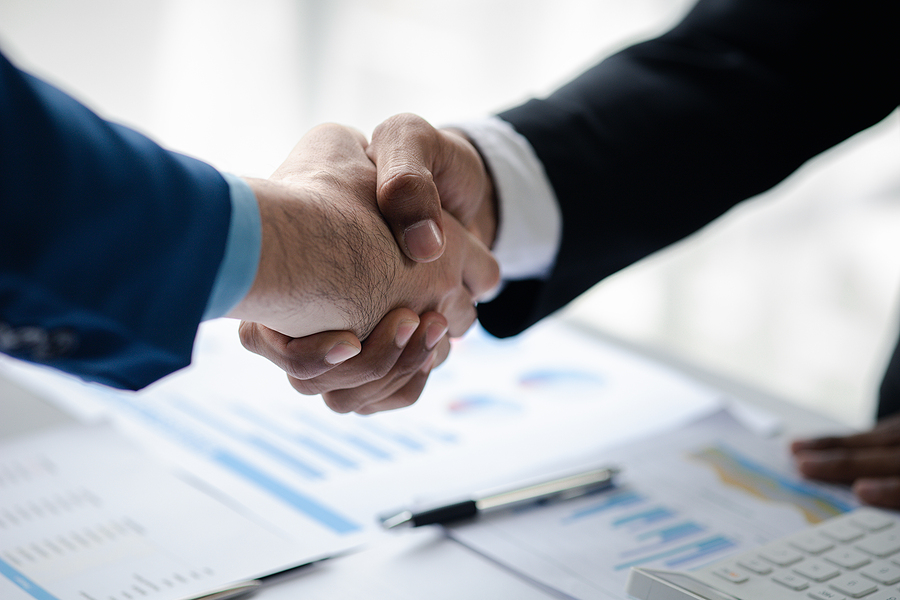
Southern California Ports
June 29, 2023
West Coast Port Labor Contract Brings Renewed Optimism
After 13 long months of talks and negotiations, there is finally a new West Coast port labor contract. Logisticians far and wide have been able to breathe a sigh of relief as one of their most...
Happening Now
June 15, 2023
Happening Now: Deal reached in West Coast port negotiations
After a long and arduous 13-month negotiation process, the JOC reports that a tentative deal has been reached between the International Longshore and Warehouse Union (ILWU) and the Pacific Maritime...
Happening Now
June 14, 2023
Happening Now: Recap of recent West Coast port news
As negotiations (hopefully) continue between the Pacific Maritime Association (PMA) and the International Longshore and Warehouse Union (ILWU), the situation at West Coast ports remains fluid. Here...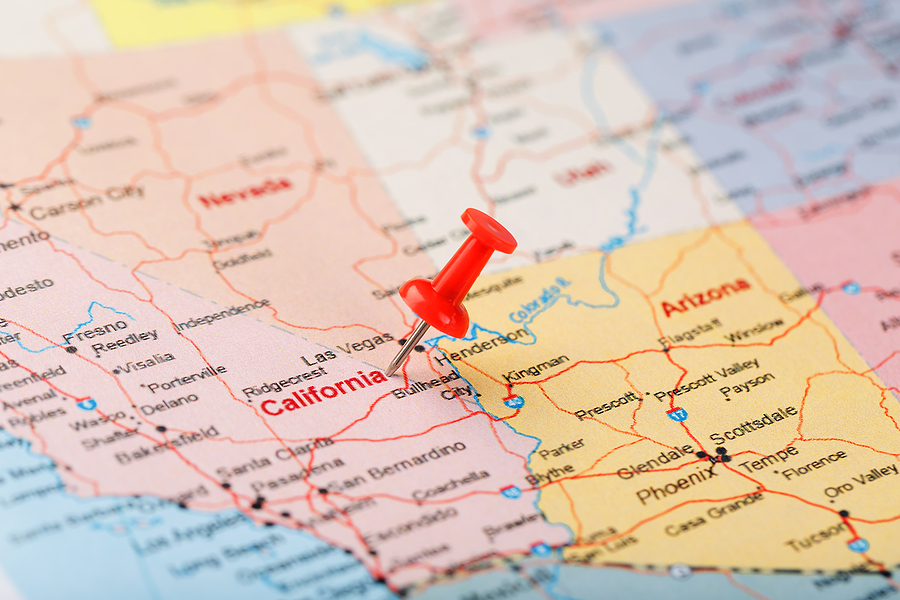
Southern California Ports
May 31, 2023
West Coast Supply Chain News Brings Cautious Optimism
Around this time last year, every article about the West Coast supply chain painted a dire picture. There was an armada of ships waiting to enter the Ports of L.A. and Long Beach; there was no...
Southern California Ports
May 18, 2023
An update on West Coast port negotiations
The eyes of concerned logisticians remain focused on the ongoing West Coast port contract negotiations between the longshoremen’s union and the region’s shipping ports. The longshoremen have been...
Happening Now
May 11, 2023
Happening Now: US Imports continue to rise
Volumes of US imports are rising again, approaching the “normal” levels seen before the pandemic. According to an article in Freight Waves, US imports are up 9% in April compared to March, and up 5%...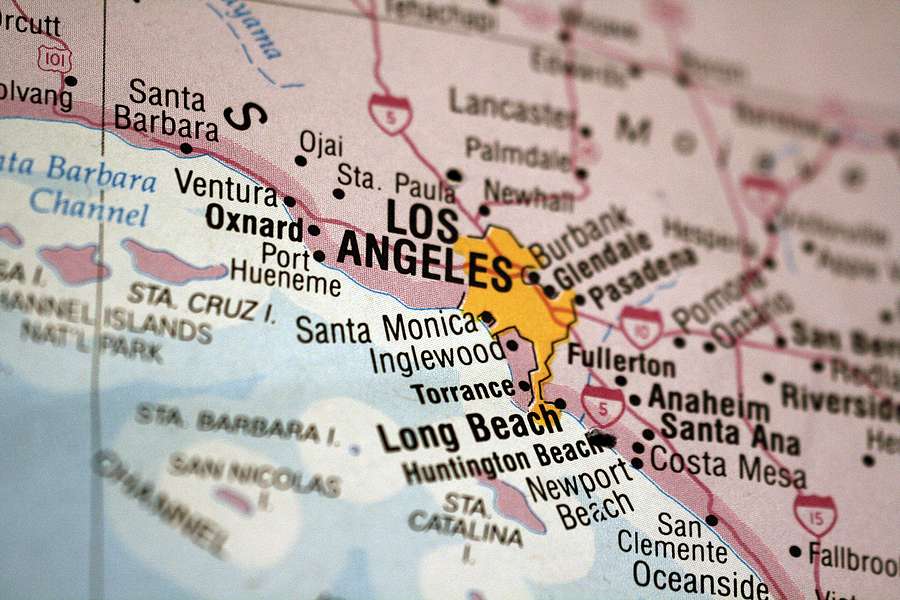
Southern California Ports
May 2, 2023
What can 3PL companies in Southern California do for your supply chain?
Southern California is home to many things: Hollywood, beautiful weather, and storied sports franchises. More importantly to you, however, it’s a launch pad for reaching your Western US customers and...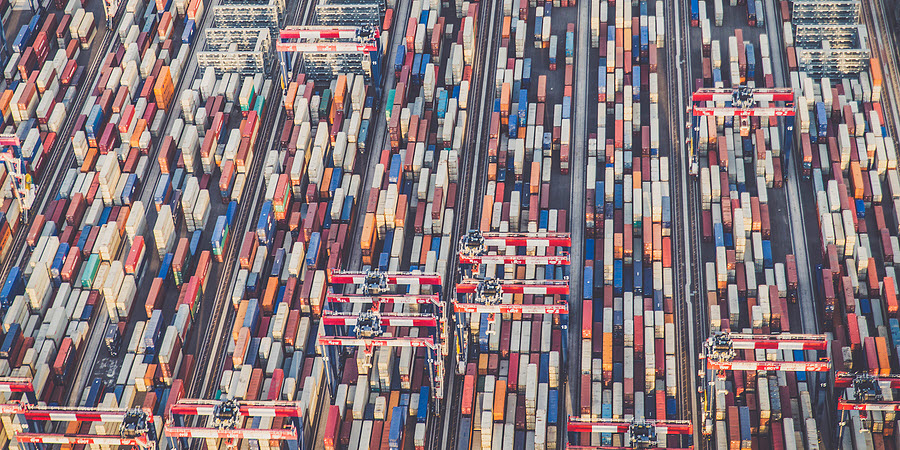
Drayage
April 20, 2023
Looking to reduce drayage fees? Here's how
Over the years, port drayage has become increasingly complicated. In the “good old days”, the trucker arrived at terminal gates, quickly found the right container mounted on a steamship line supplied...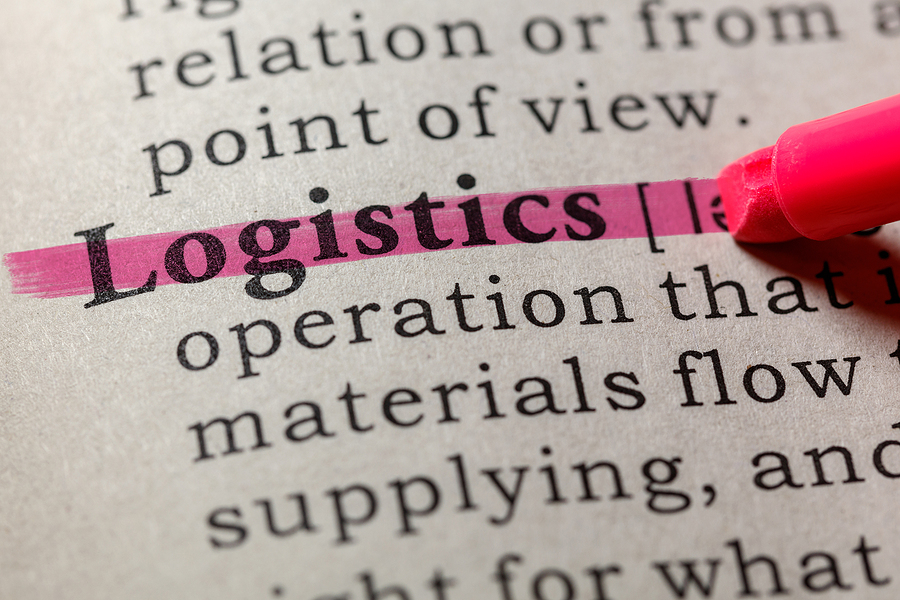
Third Party Logistics
March 9, 2023
Key Transportation Terms and Definitions in Logistics
Whether you’re a shipper booking freight or a new logistician starting out in the industry, you’ll find that there are many terms you need to understand in order to speak the same language as your...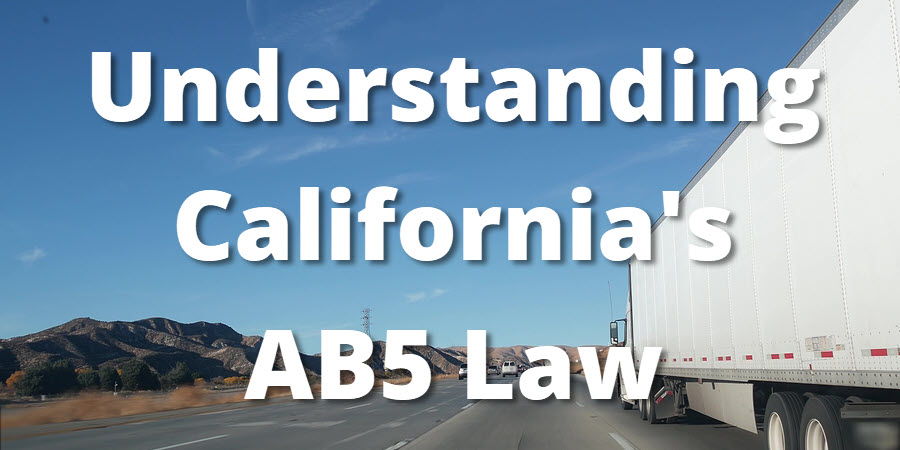
Southern California Ports
February 23, 2023
What California’s AB5 law means for the trucking industry
Does your company hire truck drivers in California? If so, are the drivers your employees or independent contractors? If you said, ‘independent contractors,’ you’ll want to double check that....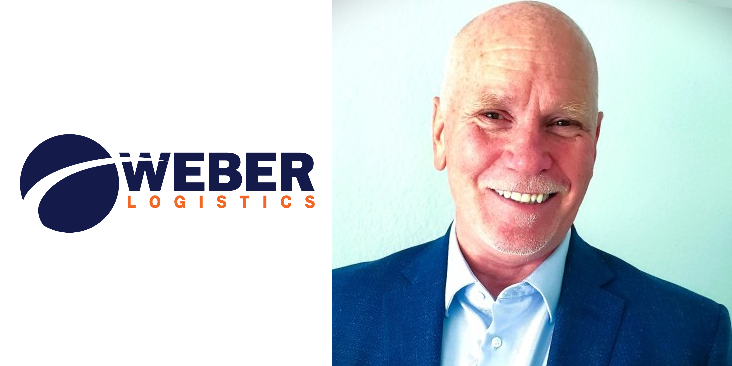
weber logistics news
January 18, 2023
Weber Logistics Appoints Gary Kendle to succeed Jerry Critchfield as VP of Transportation
Weber Logistics has promoted Gary Kendle from Sr. Director of Transportation to VP of Transportation. Gary succeeds Jerry Critchfield, who is retiring after decades of leadership in Weber Logistics’...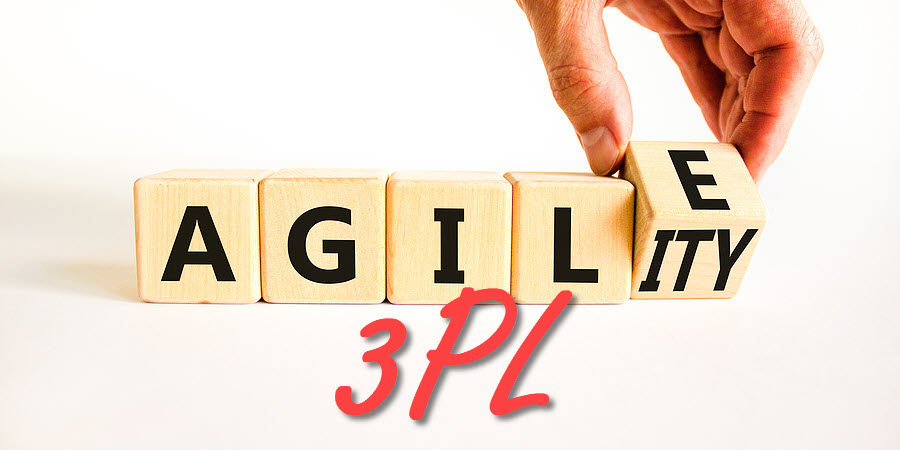
3PL Outsourcing
January 5, 2023
Agile supply chain solutions: 5 3PL characteristics to look for
Volatile supply chains demand agile supply chain solutions, whereby your logistics operations adapt to market changes as they happen. 3PLs can be key enablers of more agile, resilient distribution...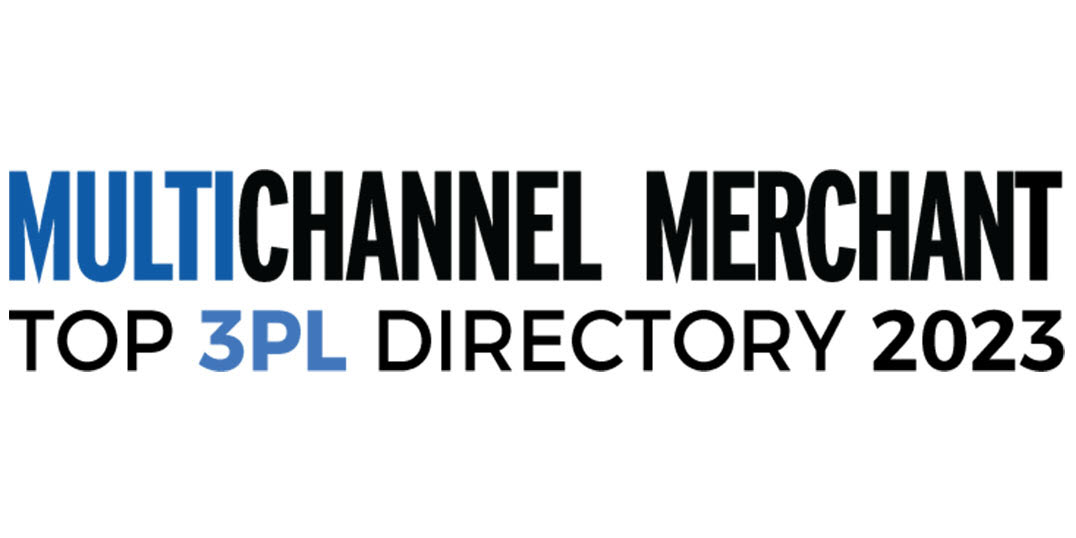
3PL Outsourcing
December 22, 2022
Weber Logistics Named a Multichannel Merchant Top 3PL
Weber Logistics has been named a MCM Top 3PL for 2023, joining other leading third-party logistics providers selected by Multichannel Merchant in its 8th annual directory.
Happening Now
December 2, 2022
Happening Now: President Biden signs legislation avoiding rail strike
President Biden has signed legislation today that imposes a labor agreement on rail workers. According to Supply Chain Dive, this legislation helps the country avoid a national strike that could have...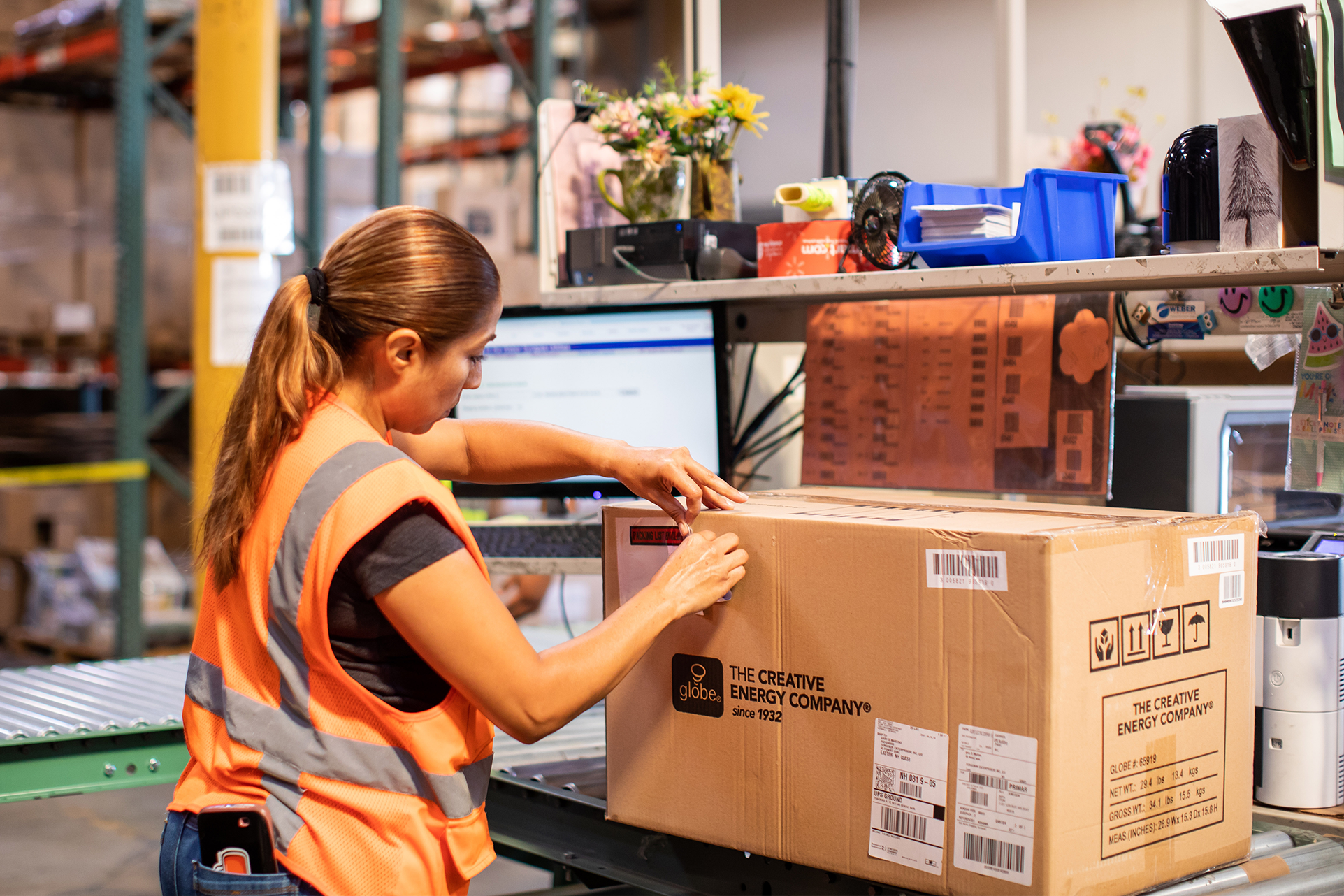
Vendor Compliance
November 29, 2022
What An Agile Logistics Company Can Do For Your Housewares Supply Chain
Increasing SKU count, fluctuating inventory, shifting omnichannel distribution, demanding retail compliance…these are just a few of the major supply chain challenges you’re facing as a housewares...
West Coast Distribution
October 13, 2022
5 strategies for working with a West Coast 3PL transportation company
There’s no shortage of 3PL transportation companies vying for your business. To get the most out of any 3PL relationship however, you need to identify your needs. In this article, we’ll start you off...
Happening Now
September 21, 2022
Happening Now: Storage and Labor Woes Continue to Hamper Warehousing
Weber Logistics’ EVP, Strategy & Marketing Fred Gilbert is featured in an article from Transport Topics which examines the current state of warehousing in relation to space and labor scarcity....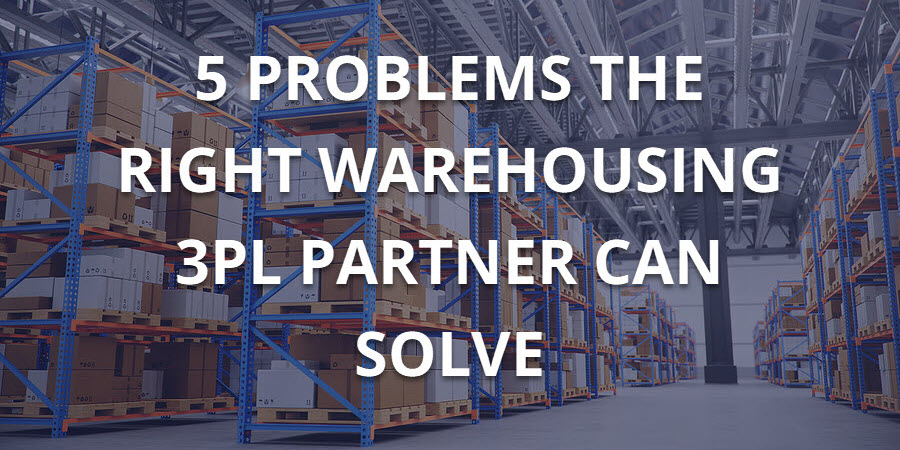
west coast warehouses
September 20, 2022
5 Problems the Right Warehousing 3PL Partner Can Solve
Whether you’re changing providers, going from DIY to third party, looking for B2C fulfillment, B2B fulfillment, or both, there is a warehousing 3PL out there for you. The trick is not simply to start...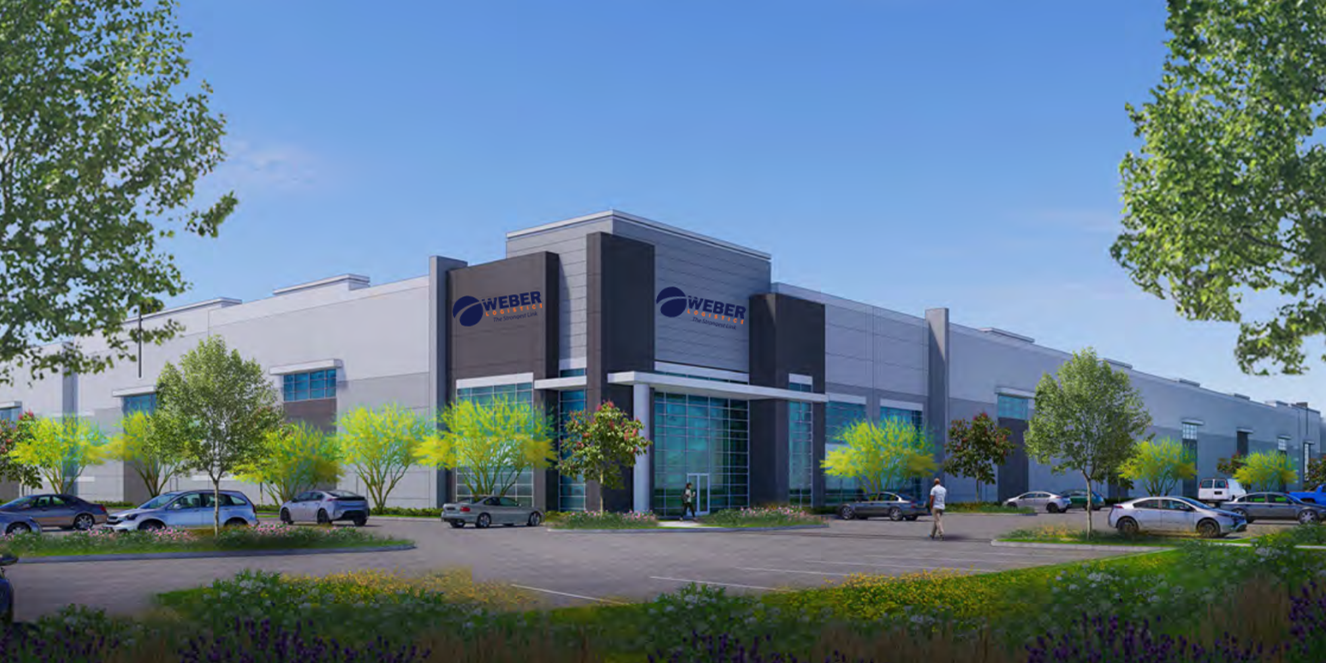
weber logistics news
September 8, 2022
Weber Logistics Opens 418,000 Sq. Ft. Inland Empire DC in Perris, CA
Weber Logistics has secured a 418,000-square-foot, omni-channel distribution center (DC) in Perris, CA. This new, multi-client facility is the company’s 8th DC in Southern California’s Inland Empire...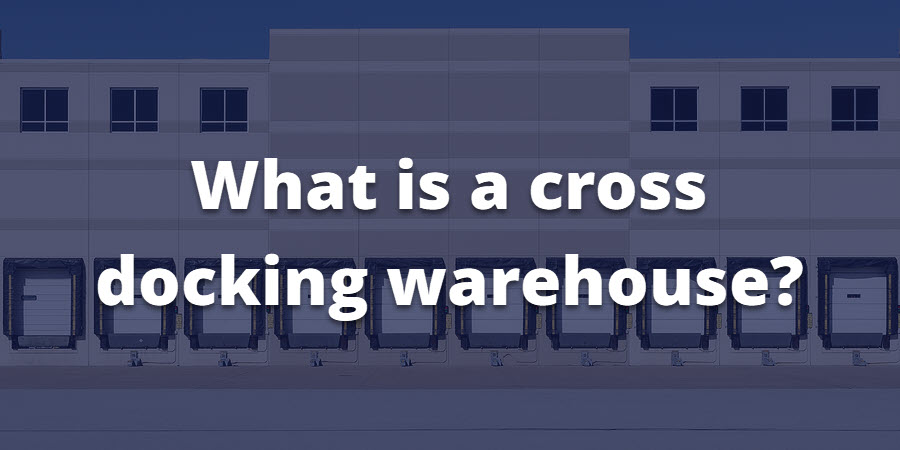
Keep it moving: What is a cross docking warehouse?
Getting product to market fast, and at the lowest cost. While these goals sometimes conflict, there are times when logisticians can achieve both simultaneously. Cross docking is one of those...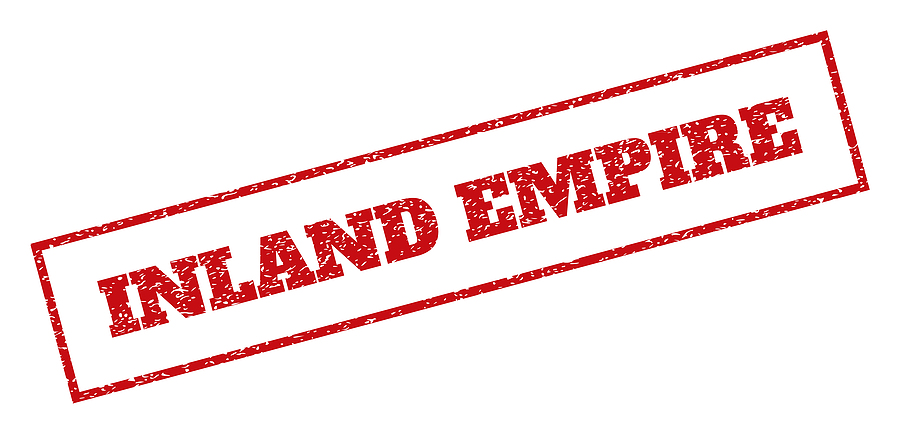
Happening Now
August 19, 2022
Happening Now: Inland Empire Warehousing Expansion Halts in Some Areas
Several communities within Southern California's Inland Empire have issued moratoriums on warehouse construction as they seek to better understand the impact of these facilities on the environment....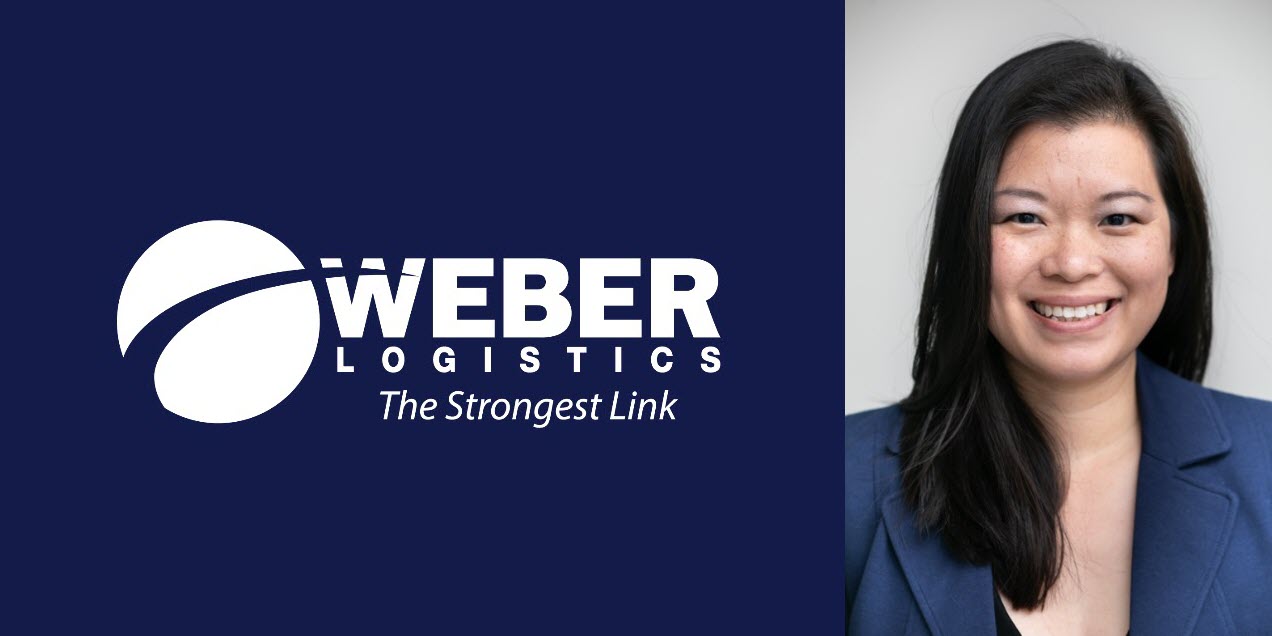
Vendor Compliance
August 18, 2022
Logistics integration and compliance: a Q&A with Weber’s newest VP
Mimi Ma, recently appointed as VP Integration and Compliance, has steered Weber Logistics and its customers through the murky waters of logistics compliance, facility and customer onboarding, and...
Port Logistics
August 5, 2022
Happening Now: Container ship logjams have returned
Container ship logjams at US ports are (unfortunately) back in a big way. This time, however, the congestion is spread out across the US – especially the East and Gulf Coasts – instead of being...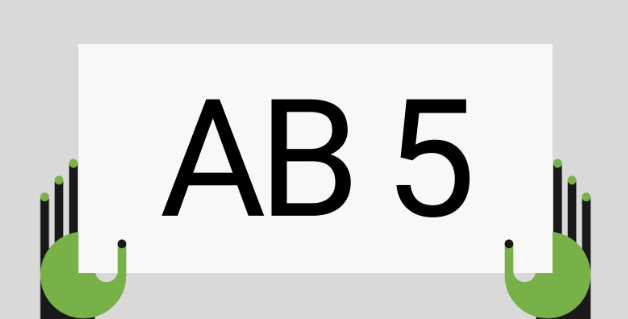
Southern California Ports
August 2, 2022
Happening Now: Landstar Tells its CA Owner-Operators to Relocate out of State in Light of AB5
In a stark example of the practical fallout from California's new AB5 labor law, Landstar is telling its owner-operators in California that they would need to relocate out of State to continue as...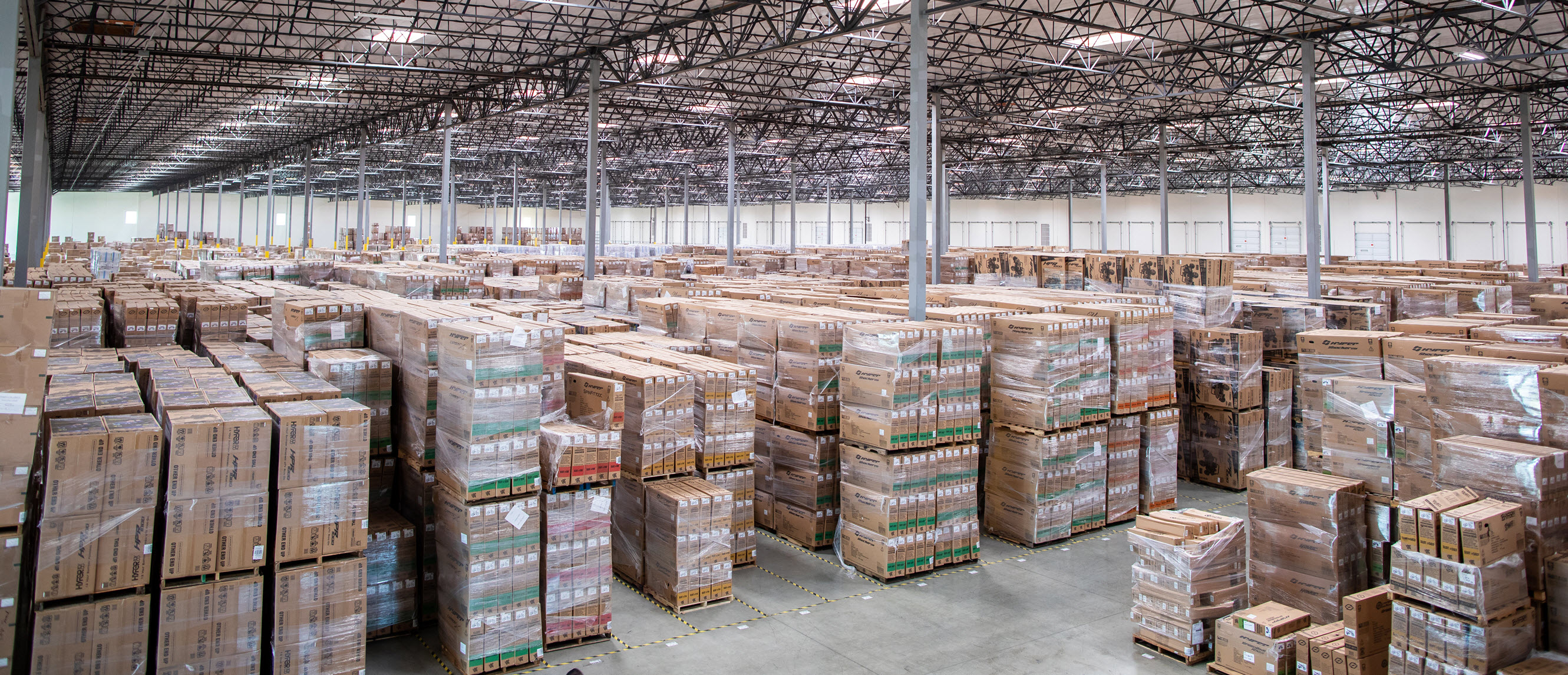
West Coast Distribution
July 27, 2022
Happening Now: LA Out of Warehouse Space
Commercial Observer just reported that the LA area is effectively out of warehouse space. Any space returning to the market has a waiting list of tenants before it's even listed as available. Asking...
weber logistics news
July 21, 2022
Weber Logistics Promotes Key Leaders to Support Continued Company Growth
Weber Logistics has promoted three key company leaders to vice president roles, strengthening the company's ability to help customers drive supply chain excellence in an increasingly complex...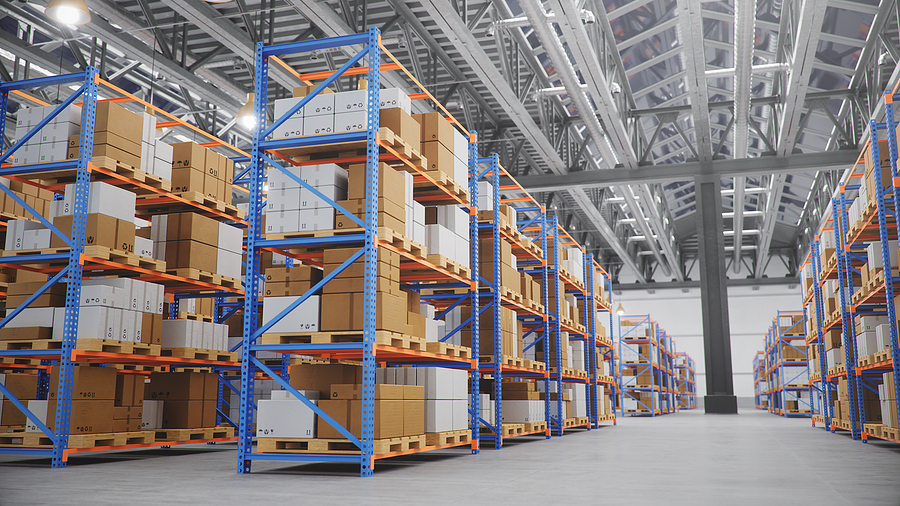
West Coast Distribution
July 14, 2022
The importance of 3PL inventory management in 2022
The supply chain environment has seen incredible change over the past few years, from panic buying to supply shortages to historic inflation surges. These changes have all had a profound impact on...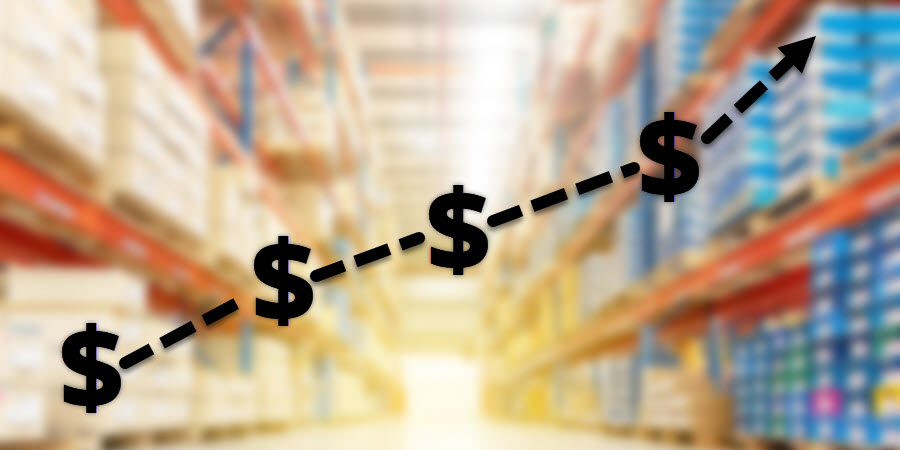
Shared Warehousing
May 26, 2022
Coping with higher warehouse costs
Warehousing costs are sky high at the moment and aren’t likely to decline anytime soon. Companies will need to address this added cost burden, but how? In this article, we’ll examine the current...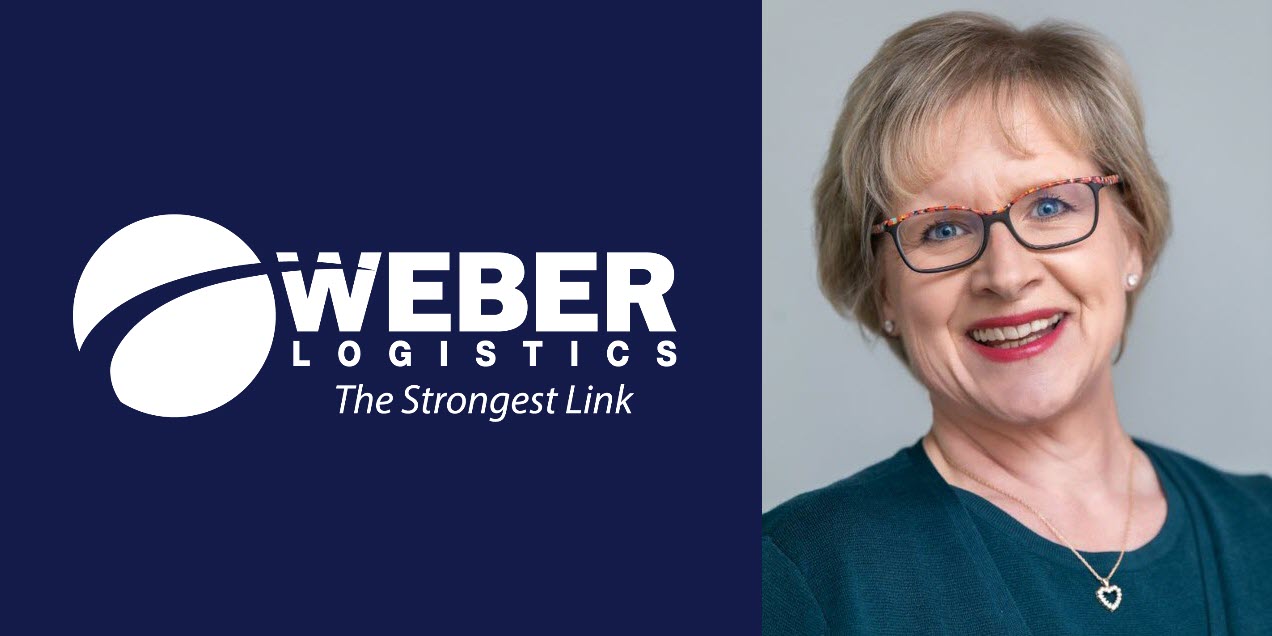
West Coast Distribution
May 12, 2022
Supply Chain Growth in a Challenging Market: A Conversation with Weber’s CFO, Maggie Movius
Weber Logistics’ CFO Maggie Movius has been busy. She’s navigated a worldwide pandemic, a partnership between Weber and Stellex Capital Management, and a doubling of Weber’s warehousing footprint in...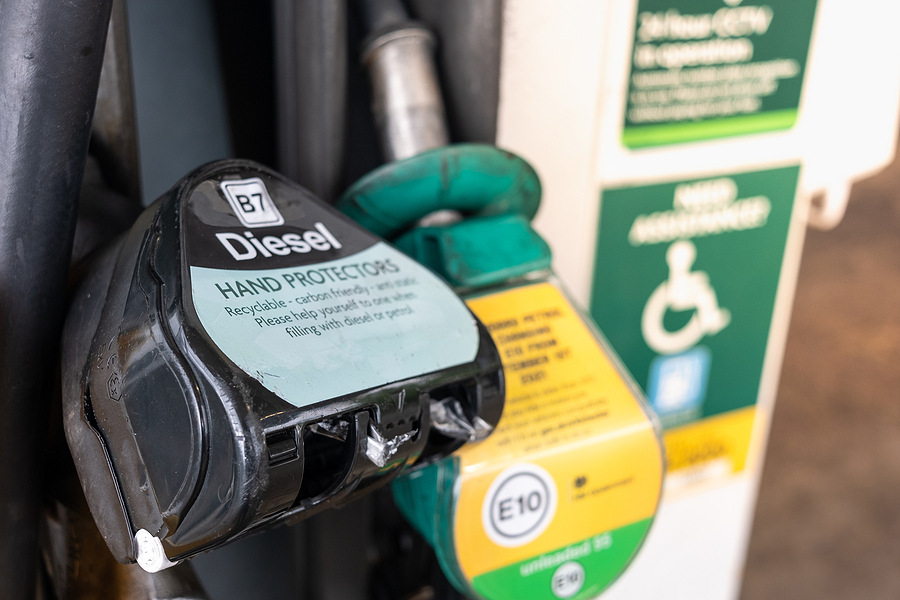
Happening Now
May 3, 2022
Happening Now: Why You Should Care About Rising Diesel Fuel Prices
A recent FreightWaves article makes the case that every American should be concerned about the rising cost of diesel fuel. While every passenger car driver is well aware of the price increases of...
Happening Now
April 20, 2022
Happening Now: SoCal Industrial Vacancies Fall to New Low
According to Connect CRE, industrial vacancies in Southern California reached a new low in Q1. At the same time, industrial rents are 25% higher than a year ago.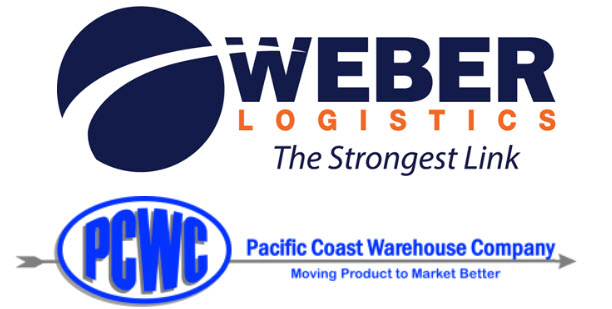
West Coast Distribution
April 4, 2022
Weber Logistics Acquires Pacific Coast Warehouse Company to Continue Strong Growth Pace
Weber Logistics has acquired California warehousing provider, Pacific Coast Warehouse Company (PCWC). The terms of the deal were not disclosed. PCWC will be rebranded as Weber Logistics. All current...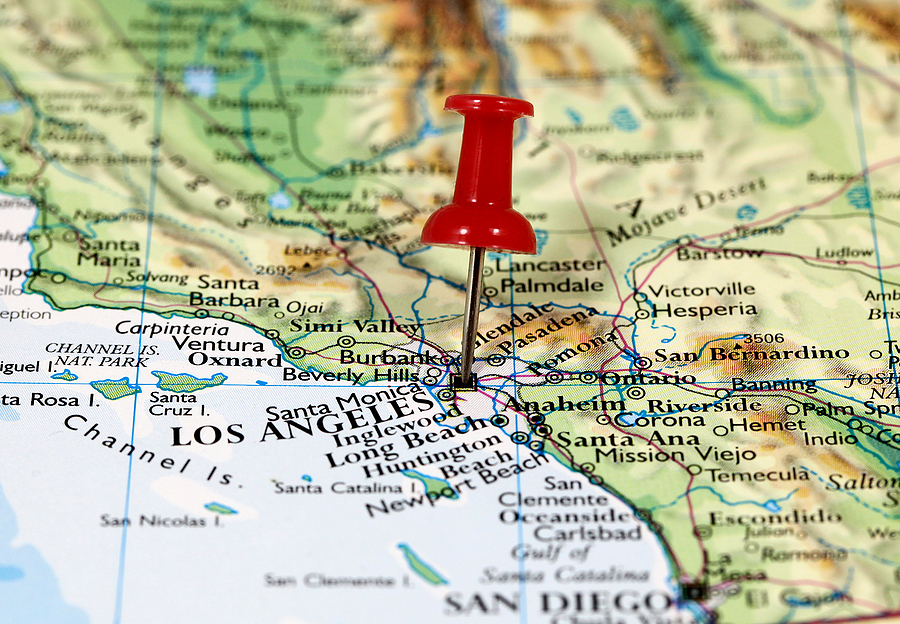
Southern California Ports
March 31, 2022
Should Shippers Avoid West Coast US Ports Due to Port Contract Talks?
“Just when you thought it was safe to go back in the water…” This famous tagline for Jaws 2 may well apply to importers into West Coast US ports these days. These shippers are still contending with...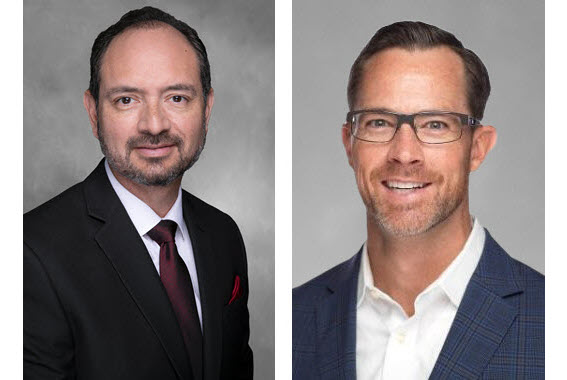
weber logistics news
March 22, 2022
Weber Logistics Appoints New Leaders To Drive Continued Expansion
Weber Logistics has announced two new senior leadership appointments today as it continues to build a best-in-class supply chain organization to exceed customer expectations in an increasingly...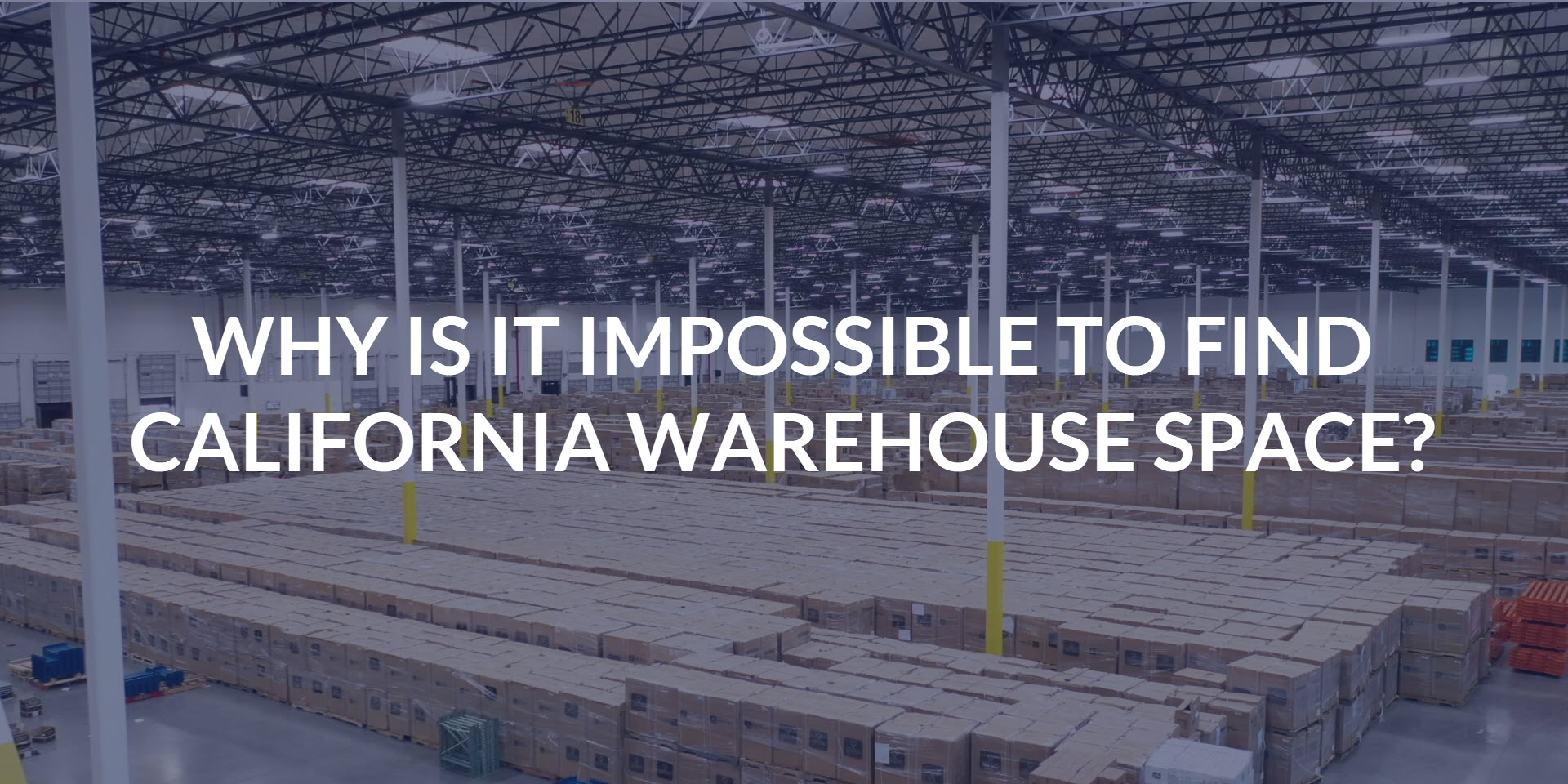
Public Warehousing
March 17, 2022
Q&A: Why is it impossible to find California warehouse space?
The quest for California warehouse space is more challenging than ever. Whether you’re partnering with a 3PL or looking to secure space on your own, you’re going to need deep pockets, perseverance, a...
Happening Now
February 25, 2022
Happening Now: $450 million in new port grants announced
According to an article in FreightWaves, the U.S. Maritime Administration has announced nearly $450 million in FY22 competitive grant funding “for projects to help ports speed cargo flows and...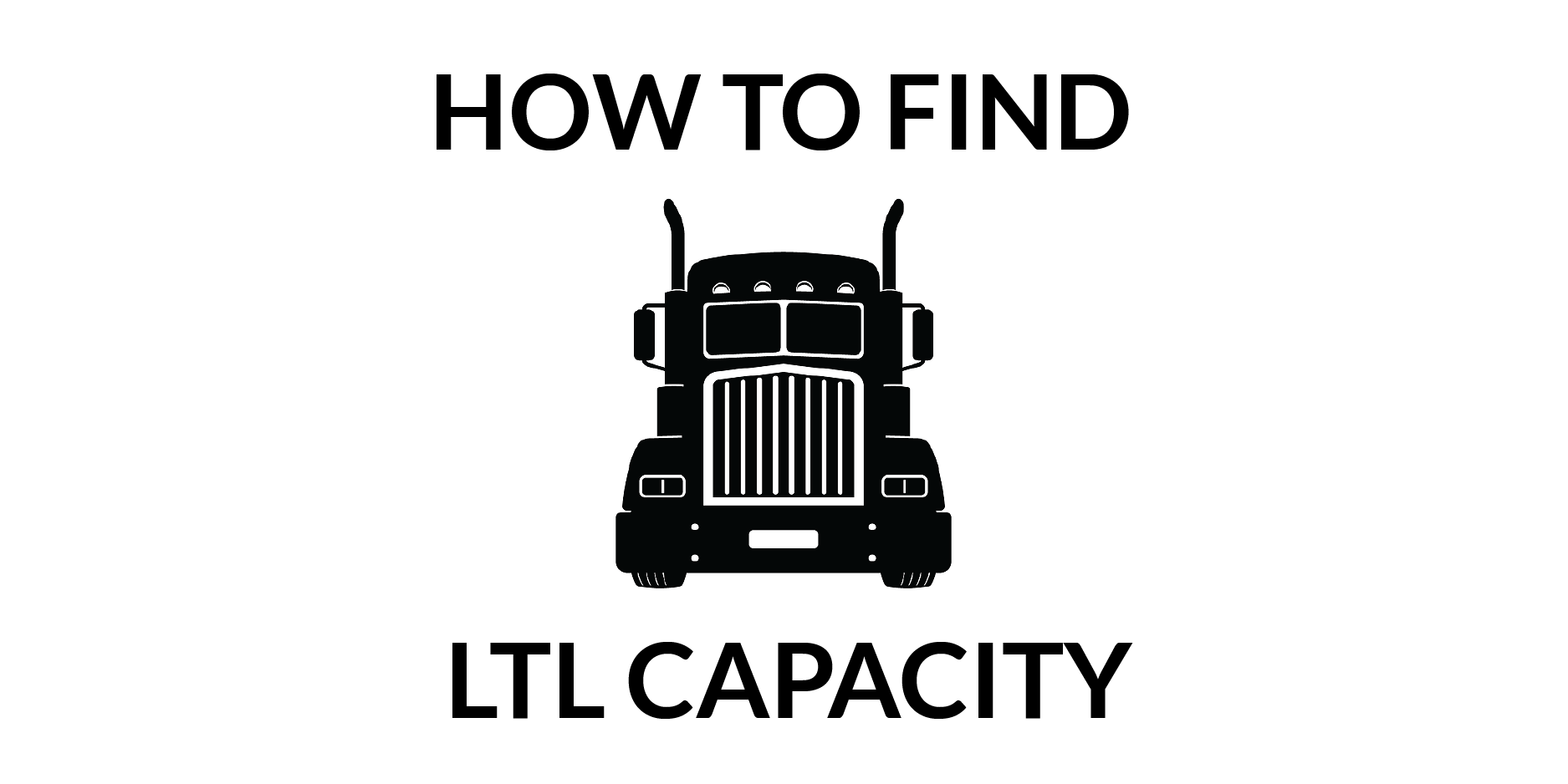
Transportation Strategies
February 24, 2022
How to find capacity with LTL companies in 2022
No matter what type of trucking services you’re looking for, you already know that capacity is hard to come by. Capacity from LTL companies is no exception. In this article, we’ll look at the current...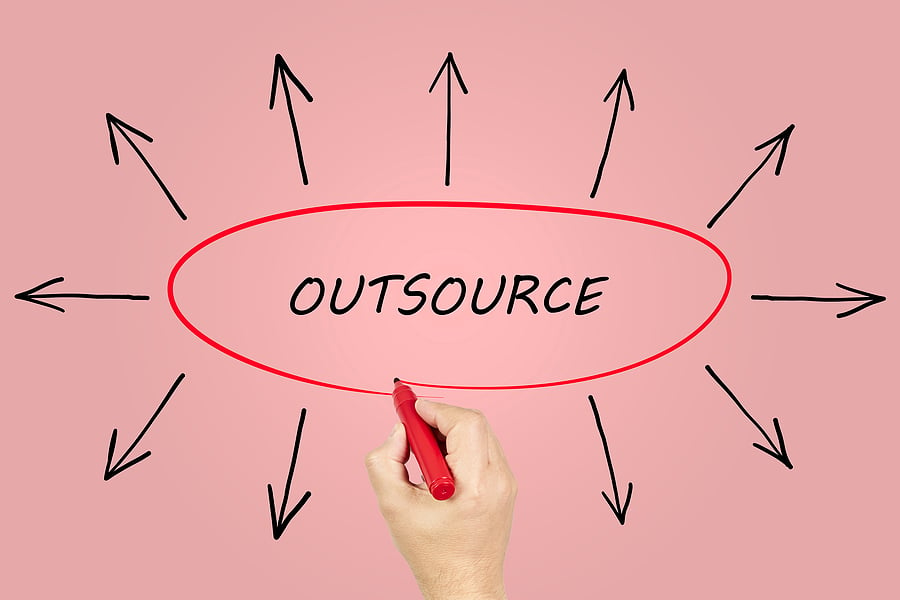
Third Party Logistics
February 10, 2022
5 Benefits of Outsourcing Supply Chain Services in 2022
Supply chain disruptions are continuing to cause headaches, but they don’t all need to be your headaches. By partnering with a third-party logistics (3PL) company, you can remove key supply chain...
Happening Now
February 3, 2022
Happening Now: Inland Empire Warehouse Rent Costs Continue to Surge
A new article in the Sourcing Journal reveals that industrial rents in the Inland Empire climbed 59.6% in the fourth quarter of 2021, while the vacancy rate declined to 0.6%.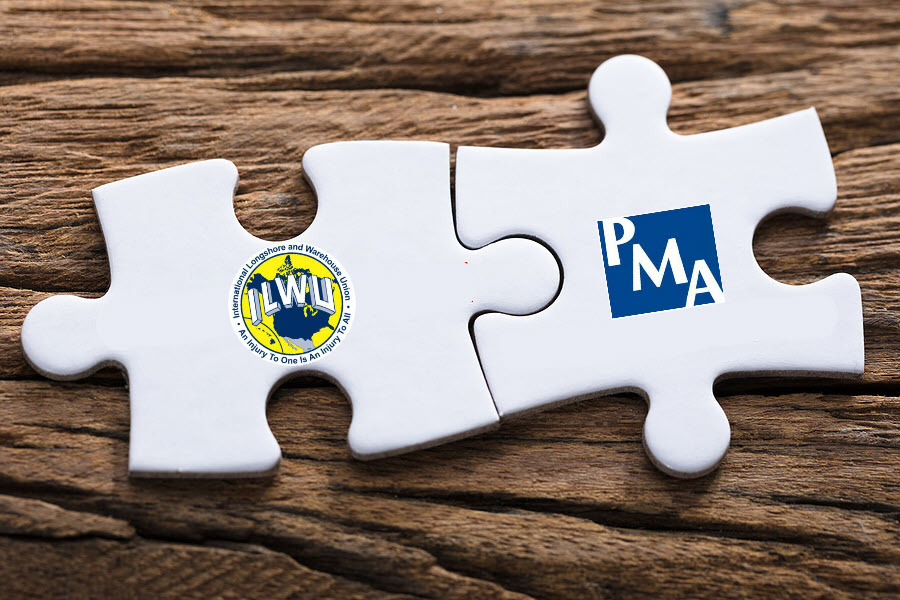
Southern California Ports
January 27, 2022
3 key questions about union contract negotiations at West Coast shipping ports
Being a logistician these days – especially one who deals with imports into the US – can feel like playing a game of Whac-A-Mole. When one issue is addressed, another one pops up. The latest issue on...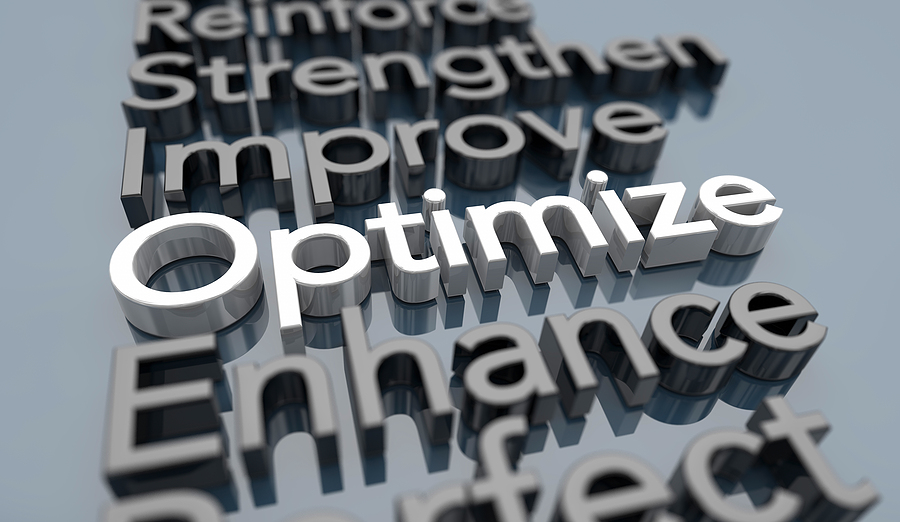
West Coast Distribution
January 13, 2022
4 ways that 3PLs can help with supply chain optimization in 2022
Now that logistics disruptions have become the new normal, at least temporarily, U.S. companies have been reevaluating their supply chains, seeking optimization in both the short and long term. In...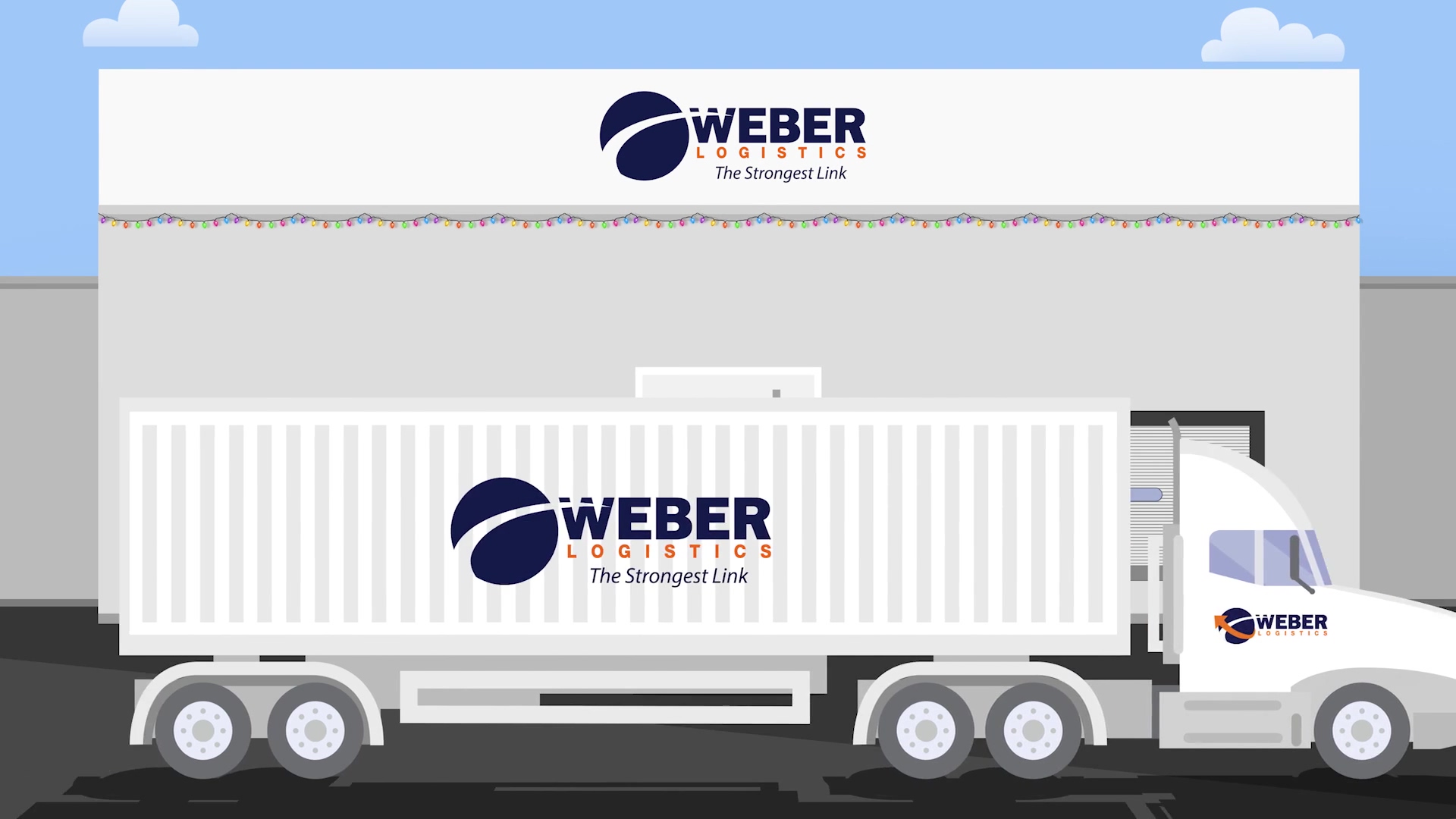
Third Party Logistics
December 22, 2021
Weber Logistics’ Most Popular Blog Posts of 2021
Another challenging year in the books and we’re ready for what 2022 has to offer. But before we move into the new year, we’ll take one last look back. Here are the 3 articles from 2021 that resonated...
Happening Now
December 8, 2021
Happening Now: Warehouse Lease Renewal Costs Skyrocket
According to FreightWaves, companies that are renewing – or about to renew – multiyear warehouse leases are in for severe sticker shock.
West Coast Distribution
December 2, 2021
Weber Logistics Opens New Inland Empire Distribution Center in Moreno Valley, CA
Weber Logistics has secured a 684,675-square-foot, omni-channel distribution center (DC) in Moreno Valley, CA. This brand-new multi-client facility, Weber’s largest, is the company’s seventh DC in...
Inland Empire Warehouse
November 30, 2021
Finding California Inland Empire Distribution Center Now Next to Impossible (without a 3PL)
If your company is looking for a distribution center anywhere in the US right now, you’re going to need a lot more money than you did before, and maybe some luck. And, if you’re looking specifically...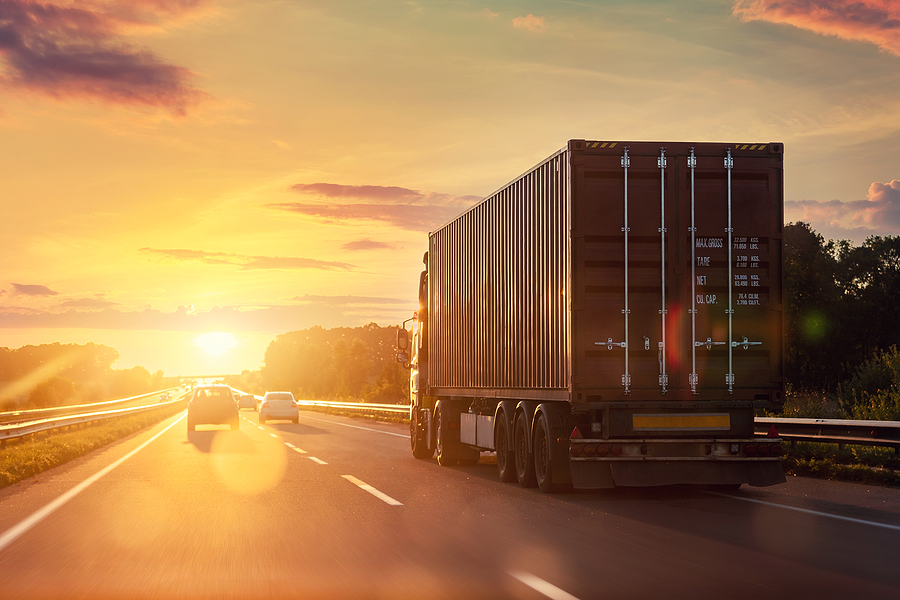
Happening Now
November 29, 2021
Happening Now: California Drayage Driver Frustration Mounts
According to FreightWaves, recent comments from drayage drivers at California’s major ports reveal that they are “drowning” in supply chain challenges such as long wait times, appointment system...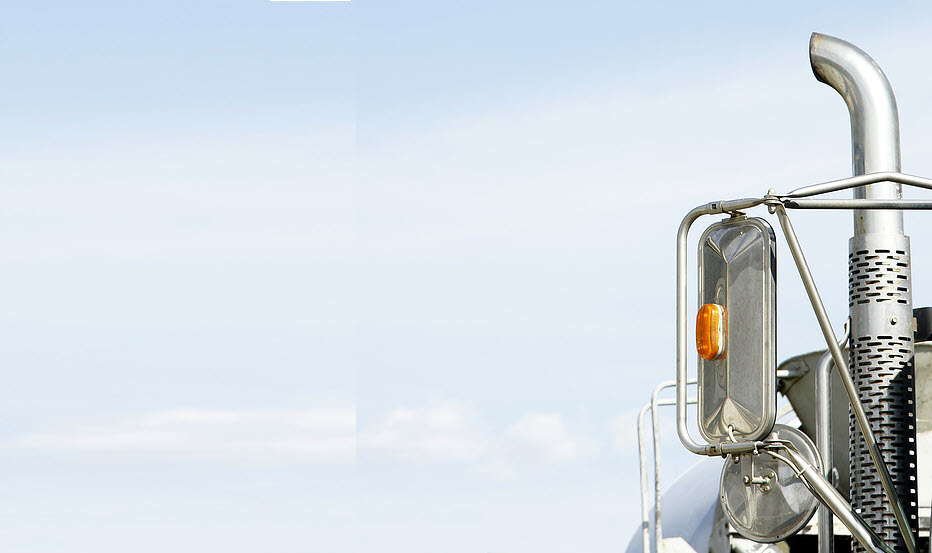
Happening Now
November 11, 2021
Happening Now: Ports of L.A. and Long Beach to collect Clean Truck fees
As if drayage providers didn’t have enough to content with, the Ports of Los Angeles and Long Beach have each announced that they will begin charging Clean Truck Fund Rate fees beginning April 1,...
Southern California Ports
October 28, 2021
How can we overcome the current supply chain disruptions?
As we approach the holiday season, the supply chain disruptions that have plagued most of the world for the better part of two years have gone from industry news to front-page news. And everybody has...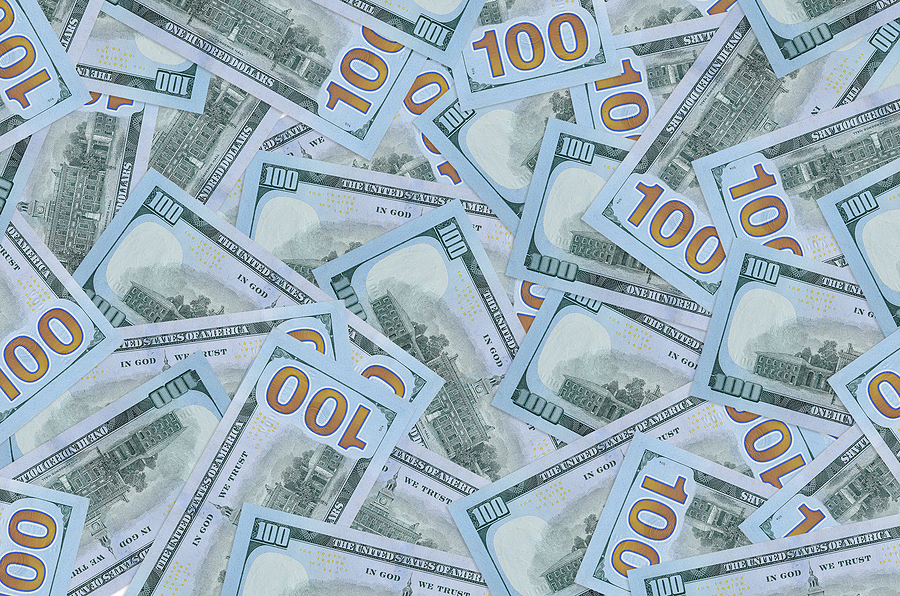
Happening Now
October 26, 2021
Happening Now: Shippers can face container dwell fines at Ports of L.A. and Long Beach
In an effort to help relieve congestion at the Ports of L.A. and Long Beach, shipping companies will be fined if their containers aren’t moved off-port quickly enough.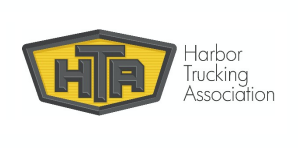
Happening Now
October 15, 2021
Happening Now: Trucking Association Responds to 24/7 Port of L.A. Operations
The Harbor Trucking Association (HTA) has issued a statement in response to the Biden Administration’s announcement that the Port of Los Angeles will operate 24/7 in hopes of clearing congestion at...
Food Supply Chain
October 14, 2021
Advantages of working with an integrated 3PL for food services
A 3PL provider that performs integrated services is kind of like a puppeteer that controls three or more puppets at the same time. When those “puppets” include drayage, warehousing and final delivery...
Happening Now
October 12, 2021
Happening Now: Major retailers resort to chartering ships to avoid delays
According to an article in the Wall Street Journal, some of the largest retailers in the U.S. are trying to sidestep import supply chain delays and congestion by chartering their own ships overseas.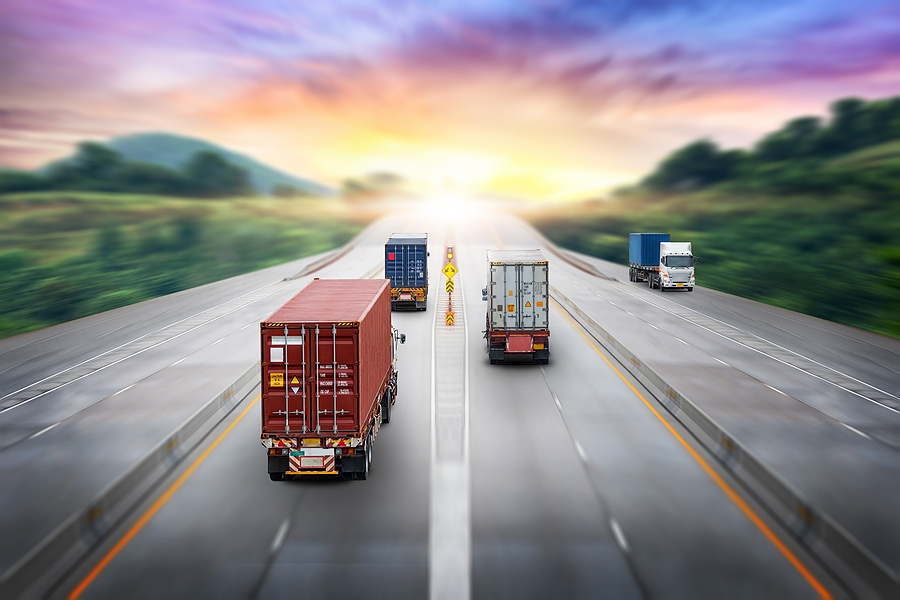
Happening Now
October 6, 2021
Happening Now: Drayage Rates Jump 32% in September
According to an article in DC Velocity, drayage spot rates in September were 6% higher than August, and 32% higher than September 2020. These rates are only expected to increase, as further hikes of...
Southern California Ports
September 30, 2021
California Port Congestion Woes Continue as Peak Season Hits
When shipping freight into California, or anywhere in the U.S. for that matter, you may feel that you’re leaping over one hurdle after another to deliver your goods to market. The current California...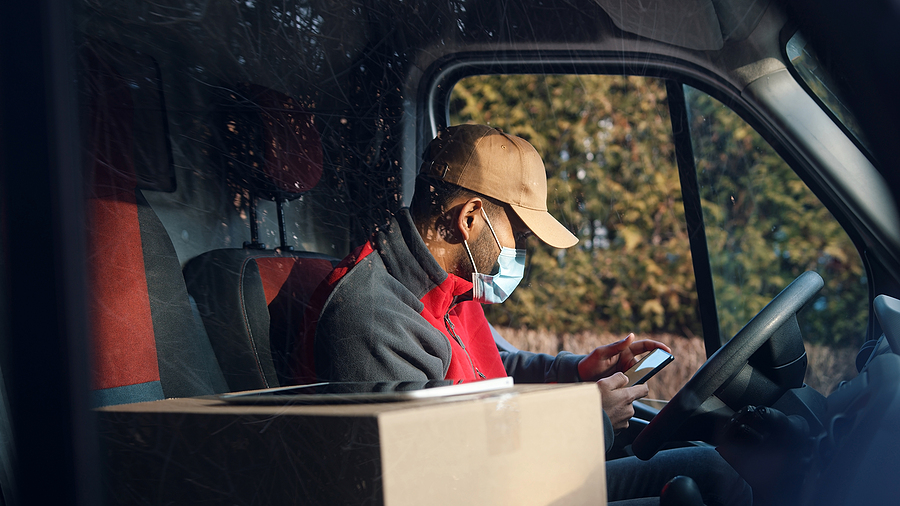
Happening Now
September 15, 2021
Happening Now: Will Vaccine Mandate Keep Drivers Away?
According to an article in the Wall Street Journal, trucking companies are concerned that the new federal vaccination and testing mandate which seeks to curb the spread of COVID-19 may keep drivers...
Happening Now
September 13, 2021
Happening Now: Record number of ships in port at L.A./Long Beach
As we head into peak season, supply chain congestion at/near the ports of Southern California is only getting worse – especially when it comes to container ship congestion.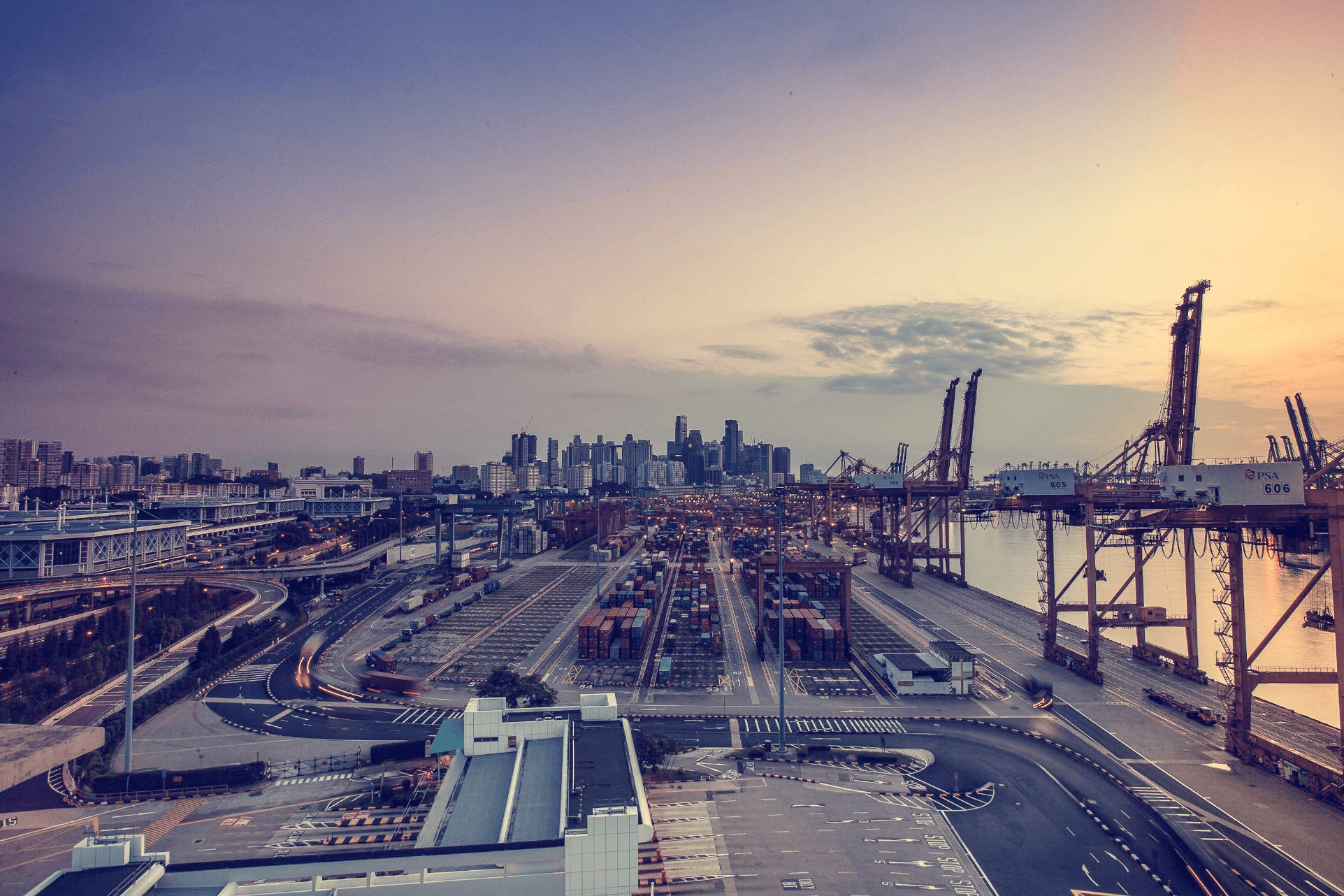
Happening Now
September 2, 2021
Happening Now: Drayage Surcharges from C.H. Robinson
According to an article in Yahoo! Finance, logistics provider C.H. Robinson has announced that it will begin levying drayage surcharges to its customers. These surcharges are a response to continued...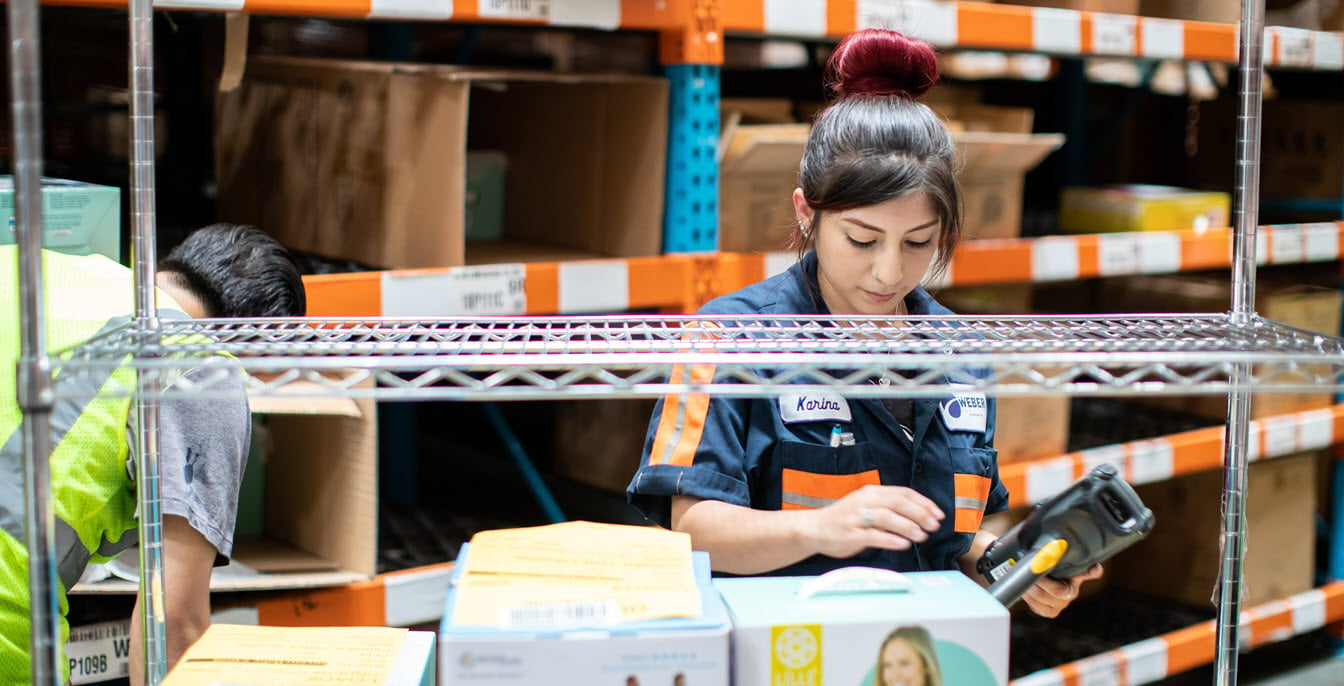
Vendor Compliance
August 31, 2021
New Weber eBook: outsourcing omni-channel order fulfillment to a 3PL
Weber's new eBook, A Guide to Outsourcing Omni-Channel Fulfillment to a 3PL, identifies 7 key characteristics you should look for in a 3PL provider that can handle both your B2B and B2C fulfillment...
Happening Now
August 18, 2021
Happening Now: Warehouse jobs continue to go unfilled
A new article in Freight Waves shows that the number of unemployed workers that formerly worked within the warehousing industry is much higher than national unemployment levels.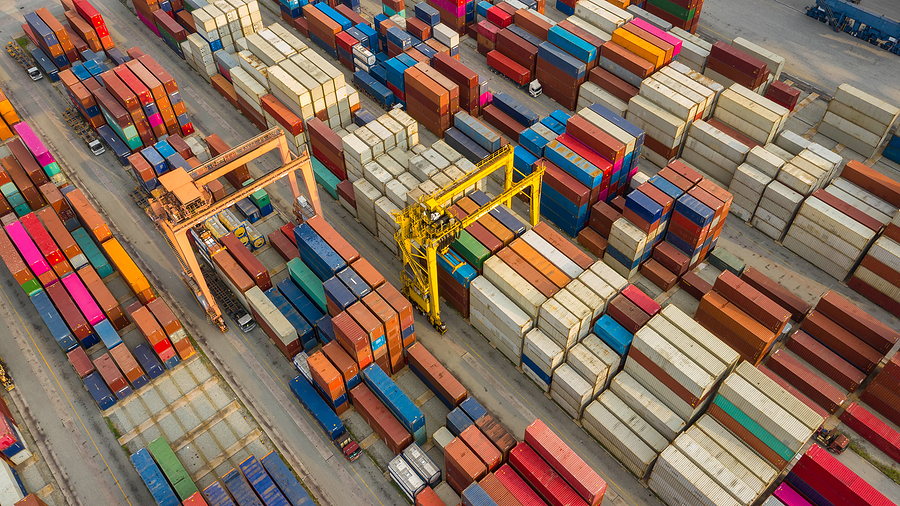
Southern California Ports
August 12, 2021
Reasons for drayage truck driver shortage and how the right 3PL can help
The current driver shortage affects every mode of trucking, port drayage included. What you may not realize, however, is that this shortage of drayage drivers is not new – it didn’t begin with...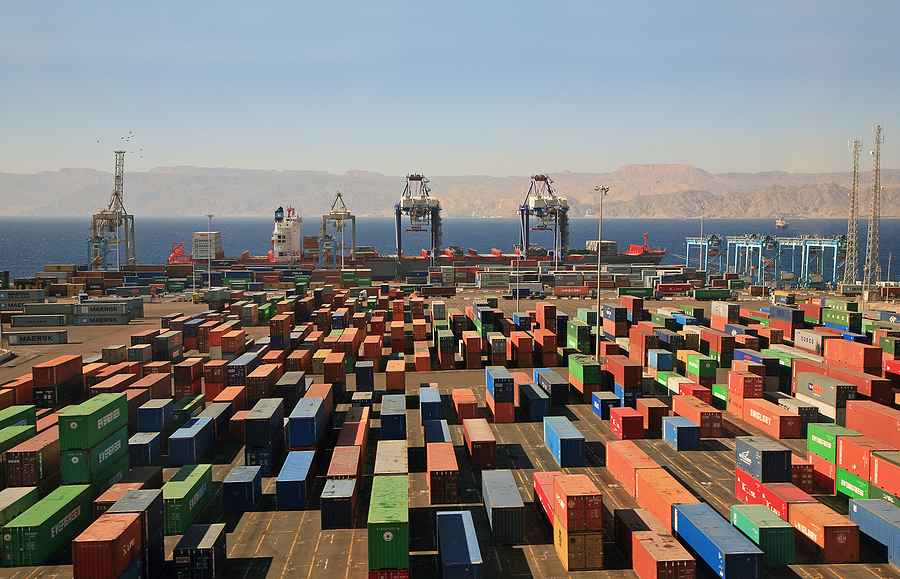
Happening Now
August 5, 2021
Happening Now: Import surge may last into 2022
As 2021 has had its share of supply chain challenges – particularly related to container imports – we all are looking for the light at the end of the tunnel and a semblance of normalcy.
Happening Now
August 3, 2021
Happening Now: Impact of Driver Shortage on Drayage Ops
While everyone is familiar with the current driver shortage, many overlook the fact that drayage operations are affected by this shortage just as much as long-haul, LTL or other modes of trucking.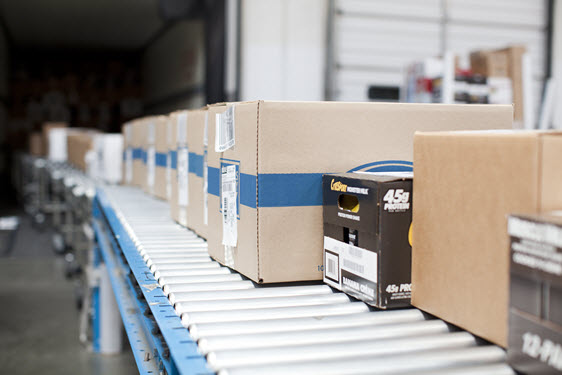
Public Warehousing
July 29, 2021
Impact of COVID on eCommerce fulfillment operations
In the pre-pandemic world of 2019, eCommerce accounted for 15.8% of all sales in the U.S. That figure ballooned with the COVID-19 pandemic to 21.3% – an increase of 44% – in 2020. This extreme growth...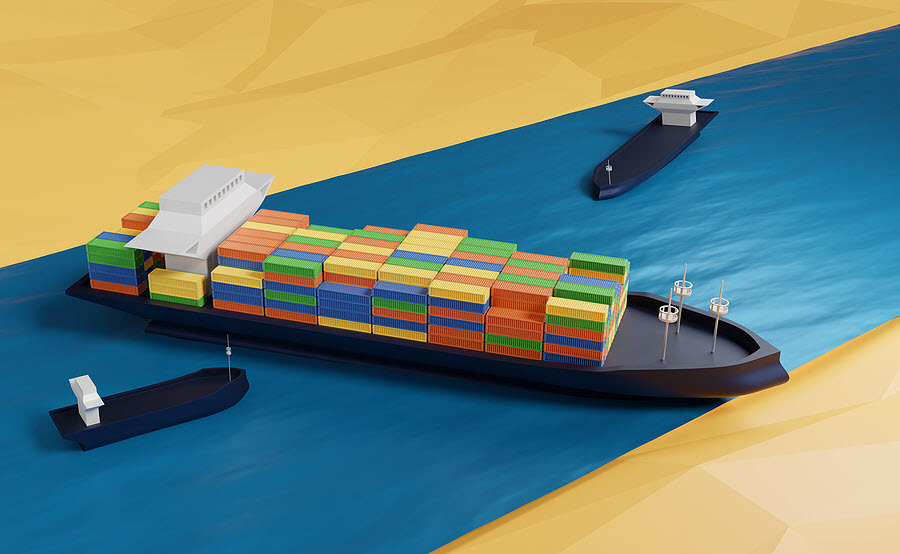
Happening Now
July 15, 2021
Happening Now: A recap of the first six months of 2021 in shipping
If you’re looking to catch up on all things container shipping in 2021, a recent article in Freight Waves has got you covered. The article looks, month-by-month, at all of the “stranger than fiction”...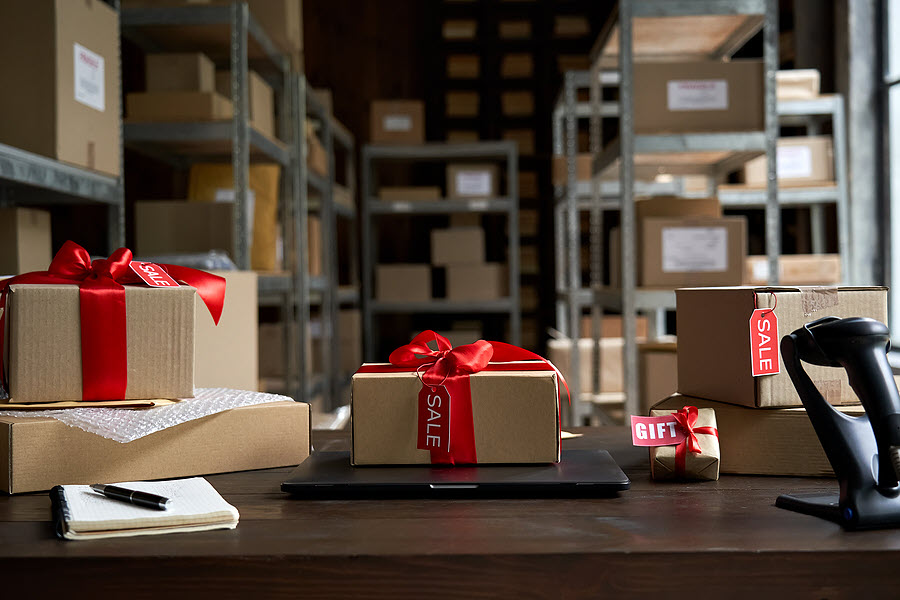
Happening Now
July 9, 2021
Happening Now: New Peak Surcharges from UPS
According to an article in Multichannel Merchant, UPS is issuing new surcharges which will hit shippers hard during this year’s peak season. These new surcharges will be applied between October 31...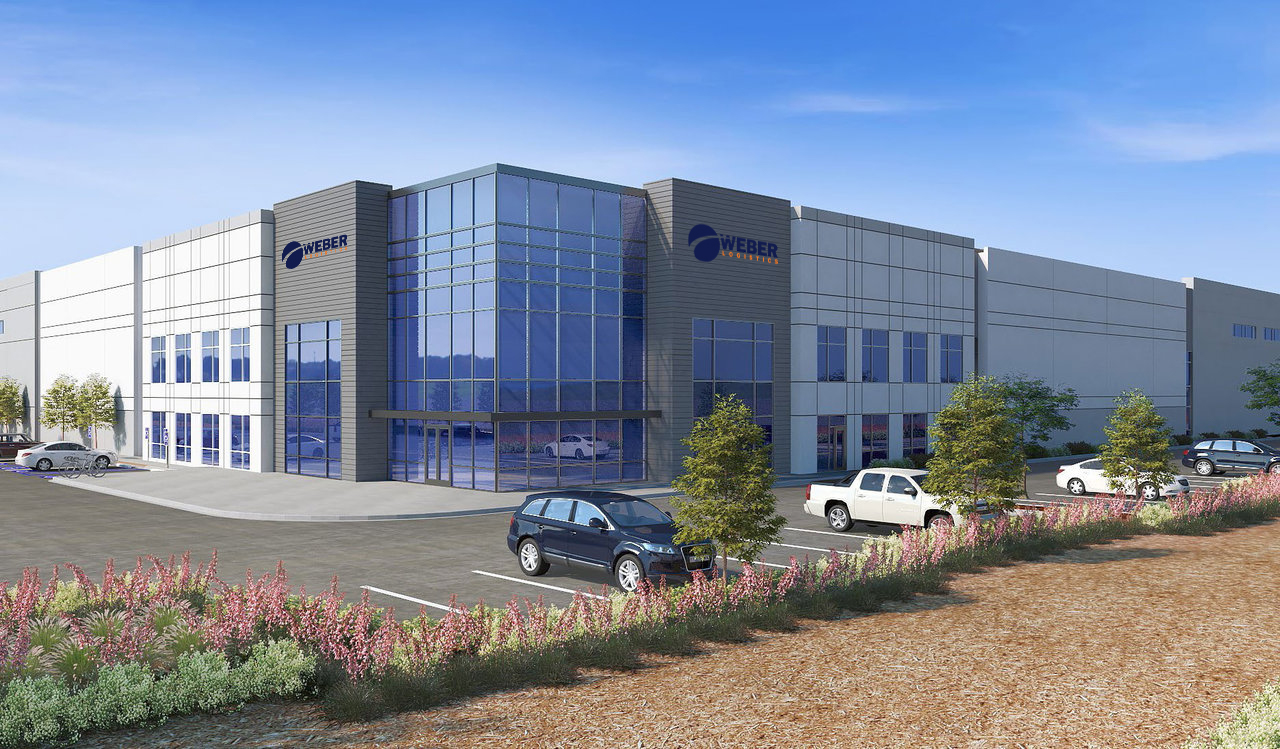
West Coast Distribution
July 8, 2021
Weber Logistics Adds New Distribution Center in San Bernardino, CA
Weber Logistics has secured a 406,710-square-foot omni-channel distribution center (DC) in San Bernardino, CA. This newly constructed multi-client facility – Weber’s largest – is the company’s sixth...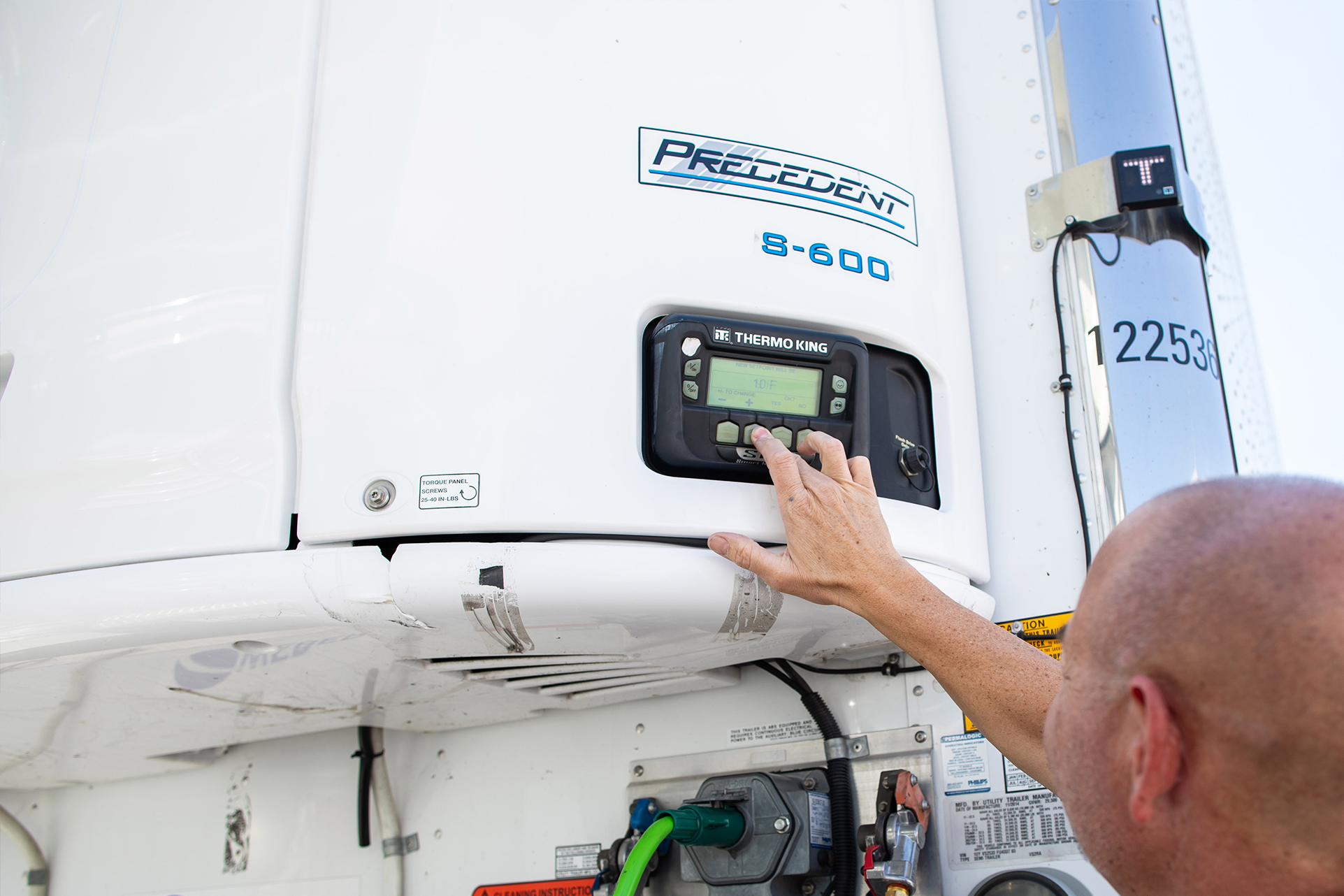
Food Supply Chain
June 24, 2021
What food logistics services does a 3PL provide?
Food companies looking to optimize their supply chains can do well to entrust operations to a third-party logistics provider (3PL) that specializes in food logistics services. They can distribute...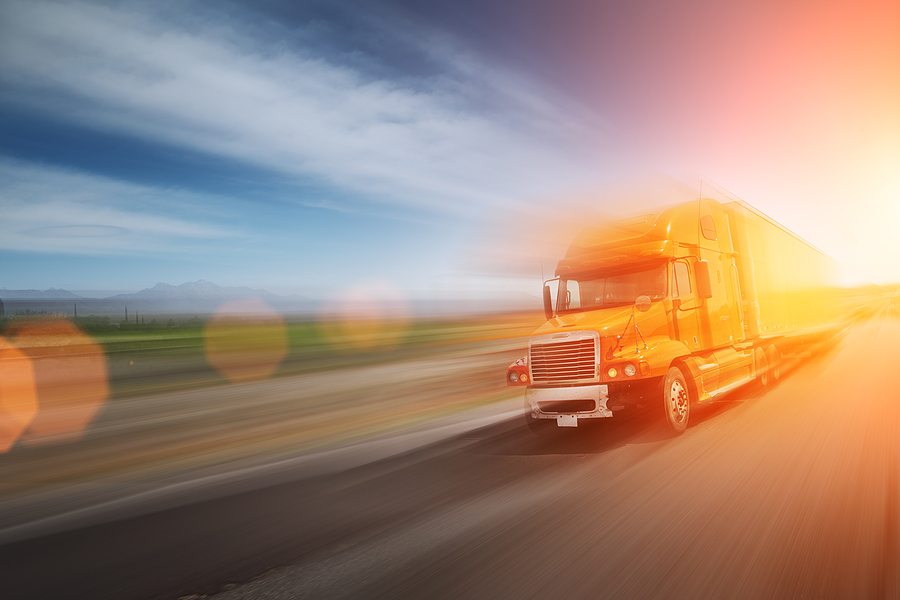
Happening Now
June 15, 2021
Happening Now: FedEx Freight suspends service to 1,400 LTL customers
According to an article in Freight Waves, FedEx Freight is suspending outbound shipments for approximately 1,400 customers in heavily-congested regions across the U.S. This reduction in service is...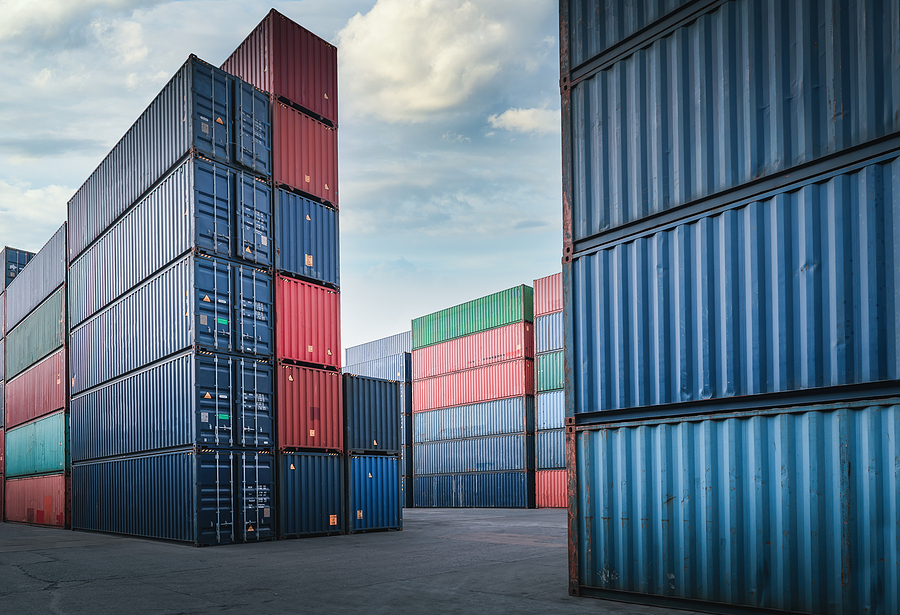
Happening Now
June 11, 2021
Happening Now: Crisis at Major Chinese Port
A recent article in Freight Waves examines the unfolding crisis at the Port of Yantian, a major Chinese seaport. Due to a substantial increase in COVID-19 cases in the region, manpower at the Port is...
Third Party Logistics
June 9, 2021
Negotiating 3PL Warehousing Contracts
While the supply chain benefits of working with a third-party logistics (3PL) provider are commonly understood, some companies still feel uncertainty when negotiating the warehousing contract at the...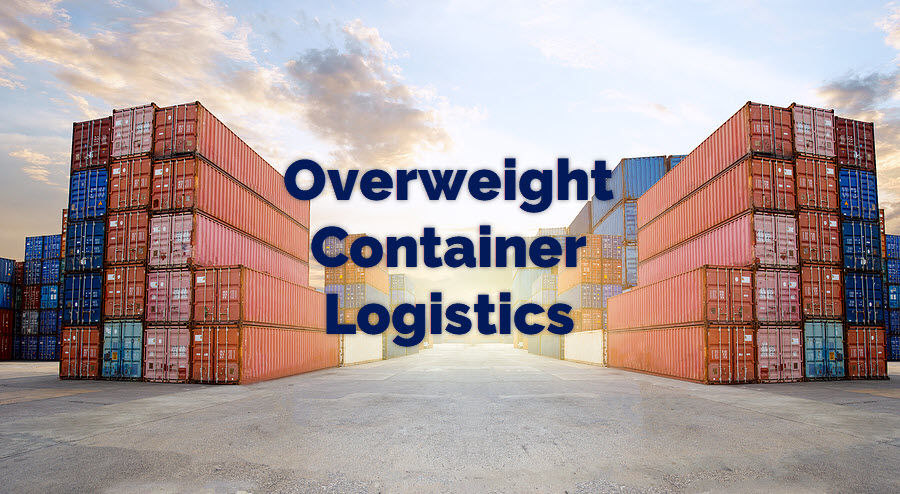
Drayage
May 27, 2021
A primer on overweight container logistics on the West Coast
If you weren’t already convinced of the value of overweight container logistics, 2020 and now 2021 should have made it clear. It’s one of shippers’ most reliable tactics in mitigating the headaches...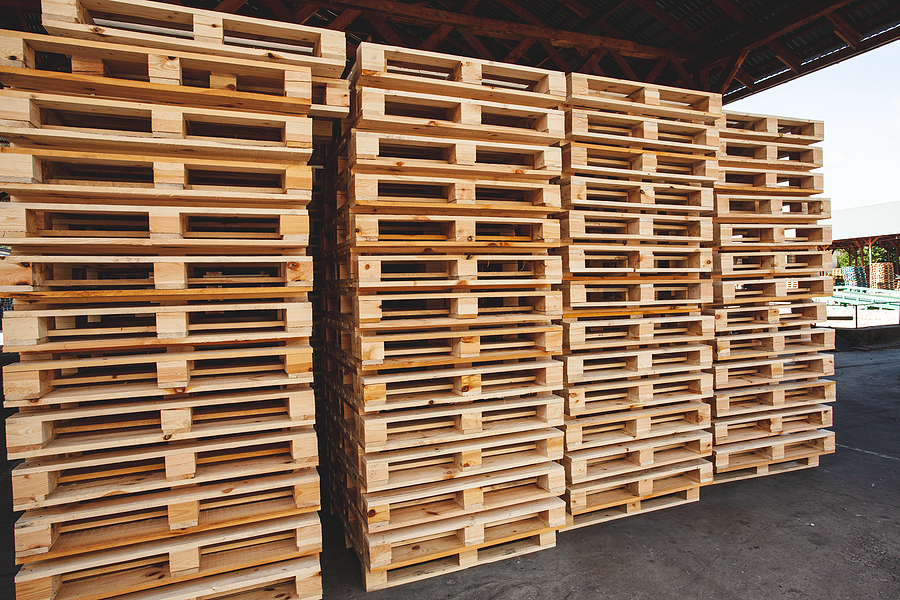
Happening Now
May 26, 2021
Happening Now: pallet prices up 400% amid shortage
As if supply chain professionals don’t have enough on their plate these days, we can now add the procurement of pallets to their list of concerns. A backbone of retail and grocery supply chains,...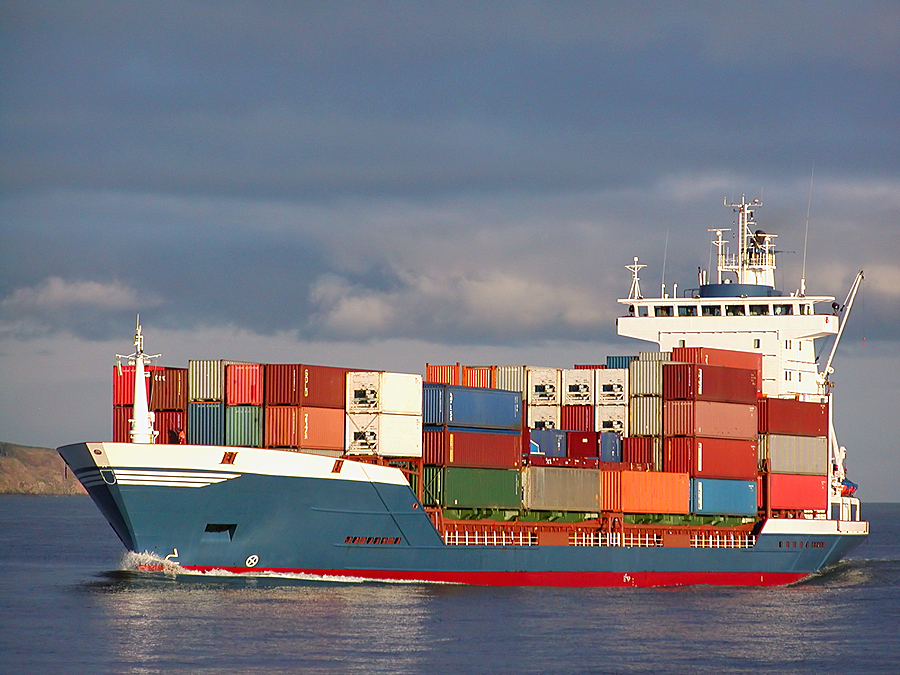
Happening Now
May 25, 2021
Happening Now: Ocean Carrier Shipping Times Surge
Shipping delays that became common in the second half of 2020 continue to wreak havoc on supply chains in 2021. In March of this year, only 40% of container ships arrived on time at ports across the...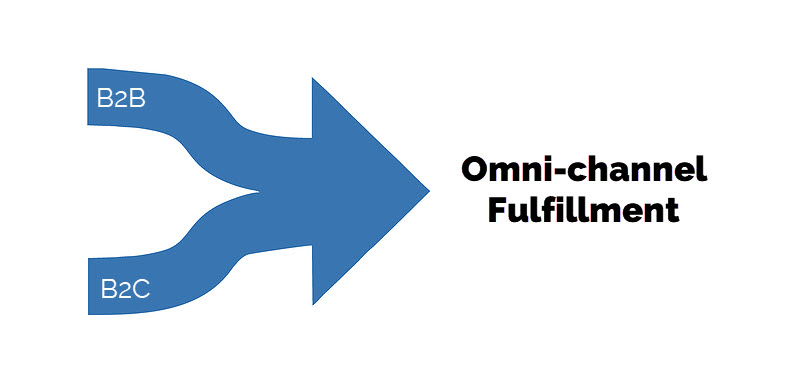
Multi Channel Fulfillment
May 20, 2021
Embracing omni-channel fulfillment
If your company is looking to expand sales channels to embrace omni-channel fulfillment, there are things you should understand before you get started. These include specific system and process...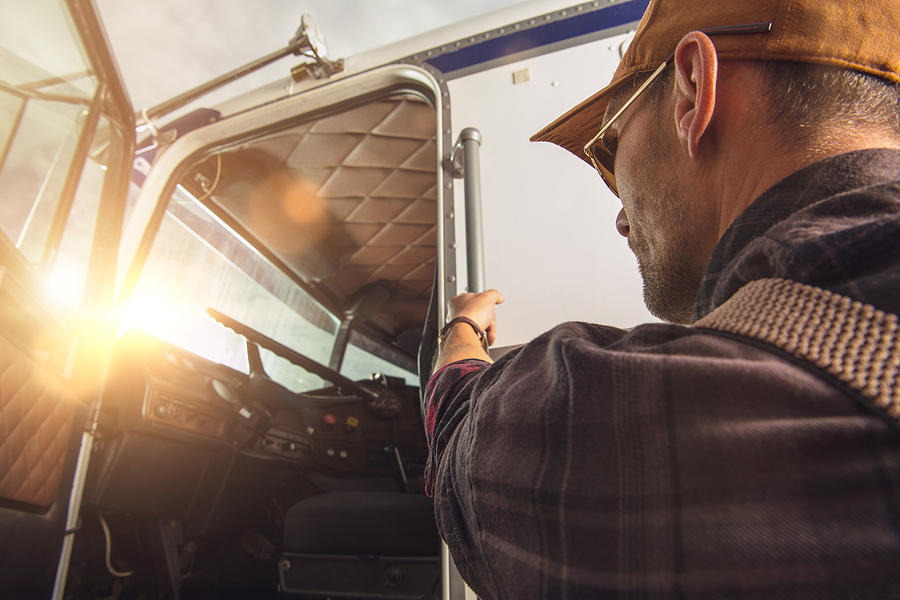
Happening Now
May 13, 2021
Happening Now: Jobs report shows driver shortage not easing
While the logistics industry hopes for good news on the driver shortage front, recent labor statistics are not delivering. April numbers are down from March, and March’s numbers were lower than...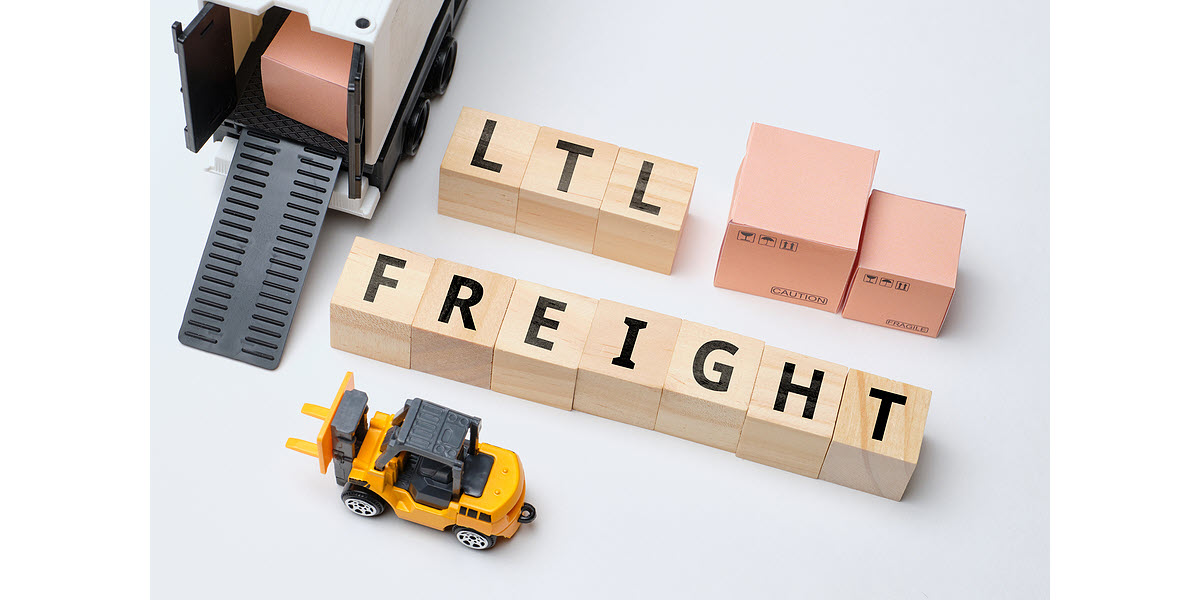
Happening Now
May 11, 2021
Happening Now: LTL prices continue to rise
If you have priced LTL transportation for your products in recent months, chances are that you’ve seen prices rise. A lot.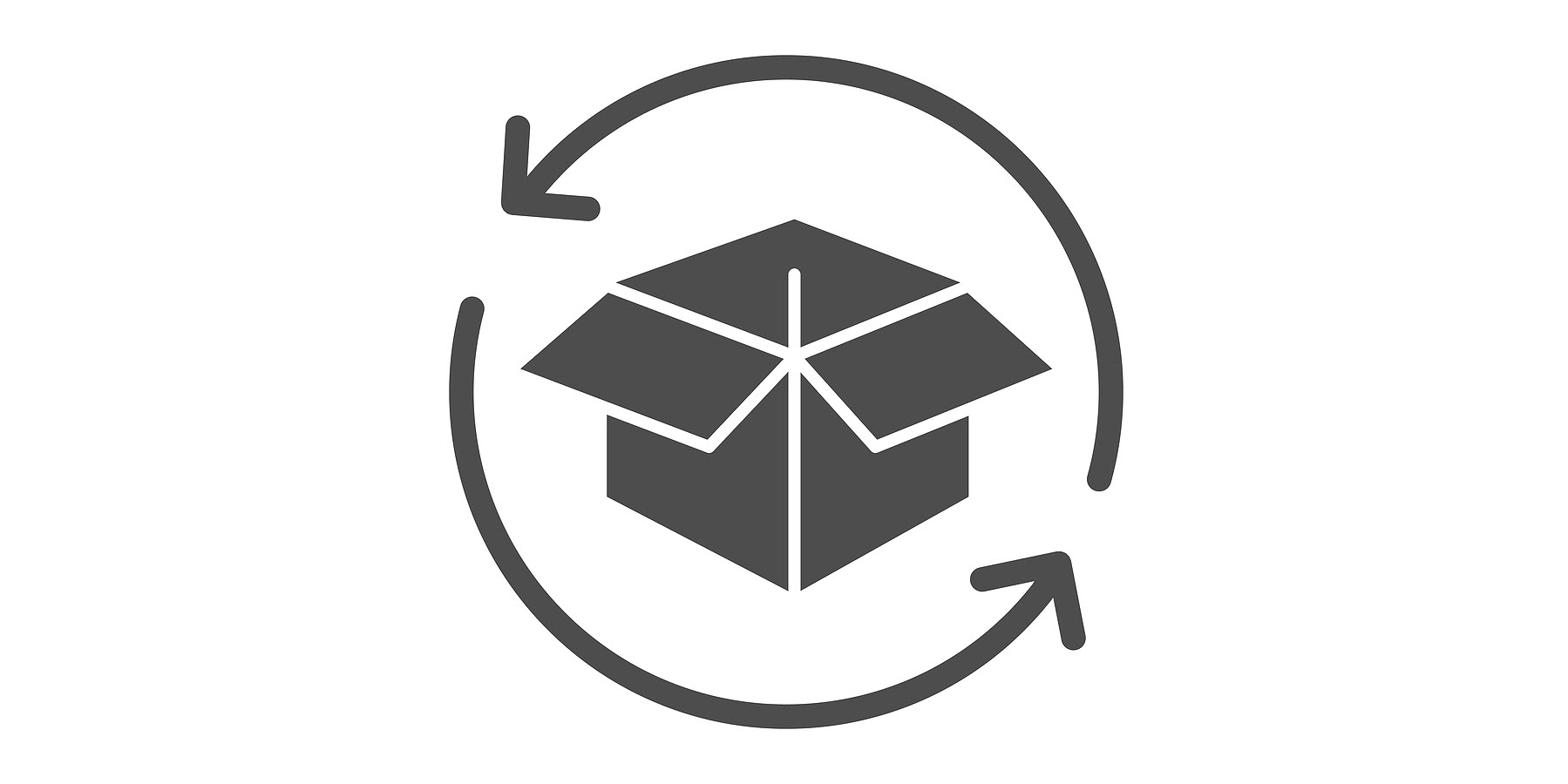
Happening Now
May 4, 2021
Happening Now: How retailers can support sustainable returns
While they may not realize it, consumer returns come at a substantial cost to consumers. For every $1 billion in sales, the average retailer is incurring $106 million in merchandise returns. That is...
3PL Outsourcing
April 29, 2021
Understanding 3PL Warehouse Insurance and Liability
If you’re considering working with a third-party logistics (3PL) provider for warehousing, it’s easy to get excited about the many services the 3PL can provide for your products. Before you sign on...
Happening Now
April 26, 2021
Happening Now: Record U.S. Imports from Asia Continue in March
An article from the JOC shows that U.S. imports from Asia continued to climb in March. In fact, March was the second-busiest month on record, with imports jumping 22% from February and a whopping...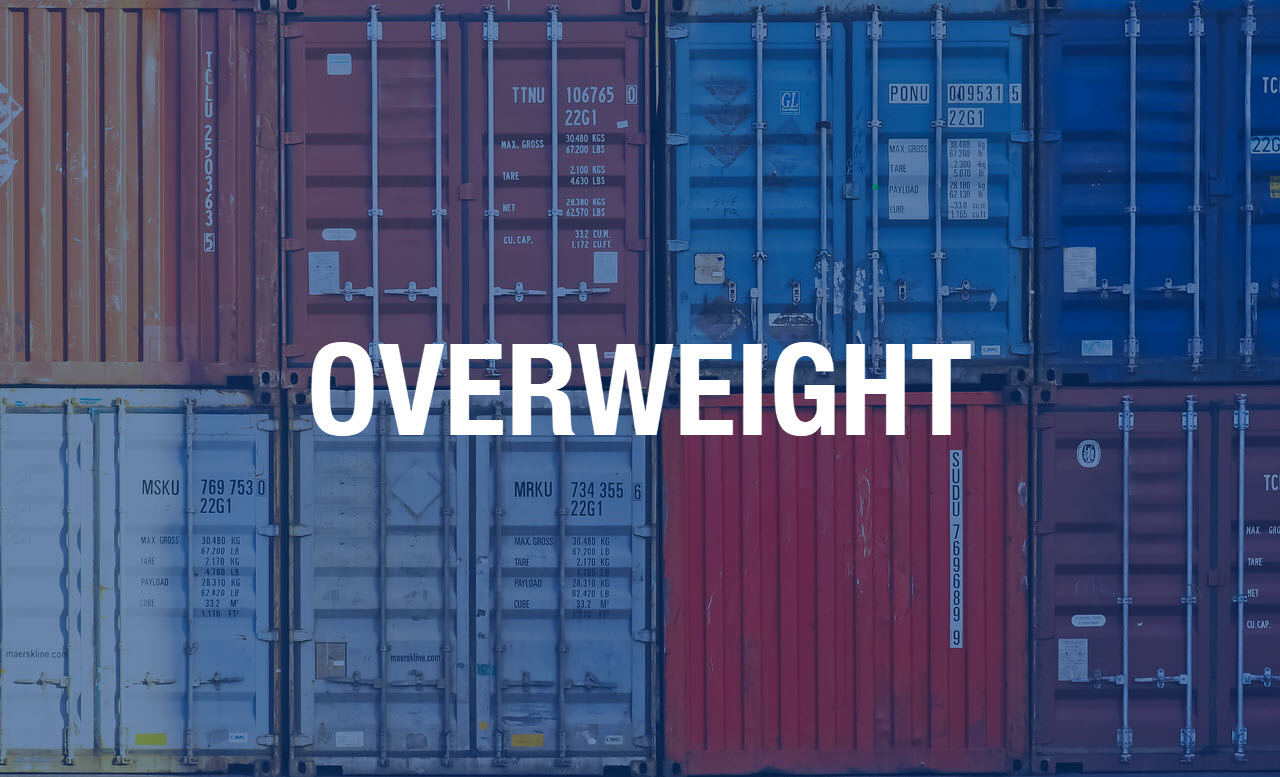
Southern California Ports
April 15, 2021
Ship overweight to combat high container shipping rates
Record-breaking shipping volumes into the Ports of Los Angeles and Long Beach continue into Q2 and show no sign of letting up. This has contributed to container shortages and extremely high container...
Happening Now
April 7, 2021
Happening Now: Inventory levels tumble
In our new segment, “Happening Now,” we share timely industry articles to keep our readers up to speed on important logistics news.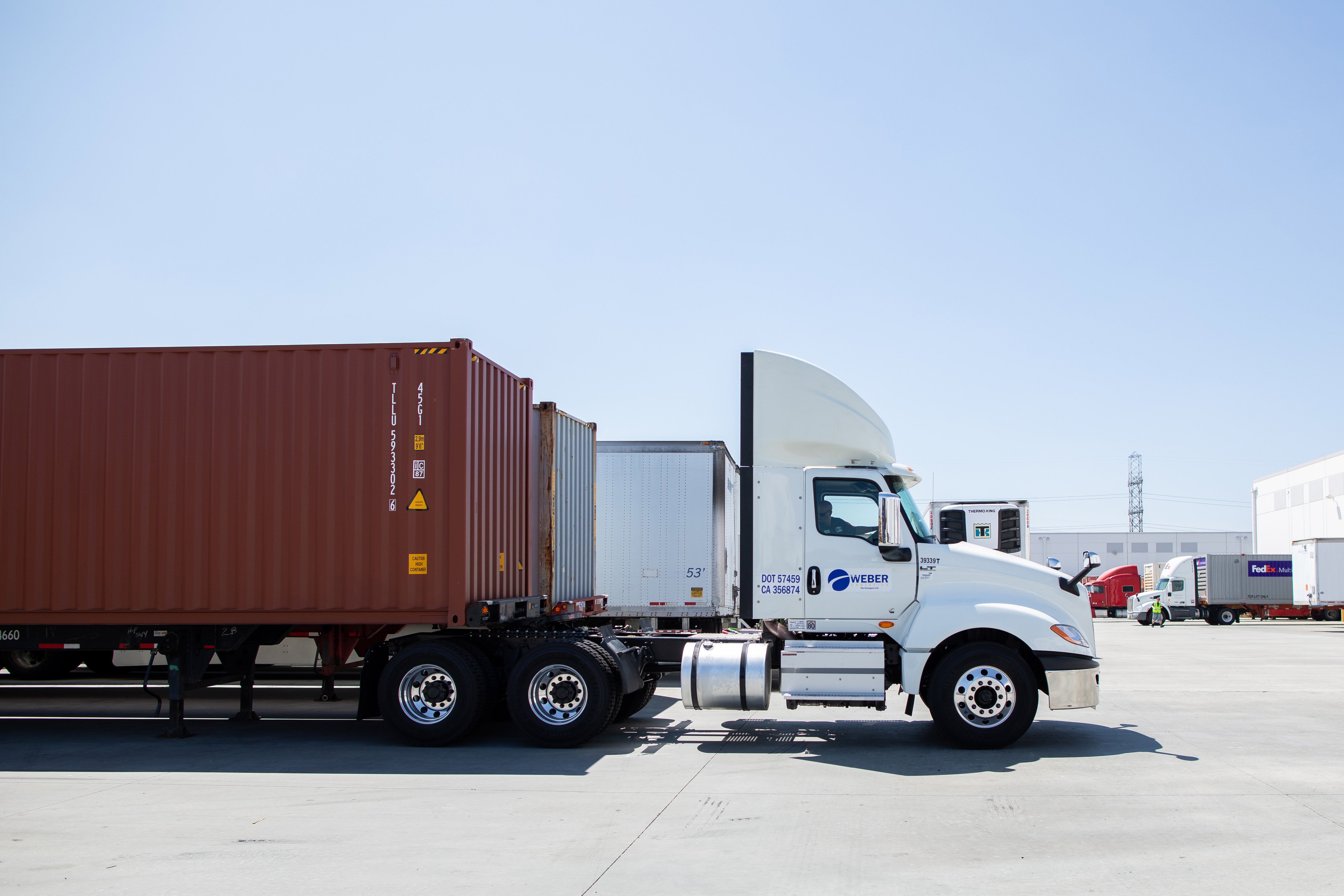
Southern California Ports
March 25, 2021
West Coast Chassis Pool Challenges at Ports of LA and Long Beach
As we examined in our recent blog post on port congestion, ports across the U.S. – most notably the Ports of Los Angeles and Long Beach – are experiencing severe backups due to increased import...Subscribe to Instant Updates
Component variant main layer object list link mask create follower main vertical image blur comment bold variant opacity plugin italic.

 Capital Management
Capital Management